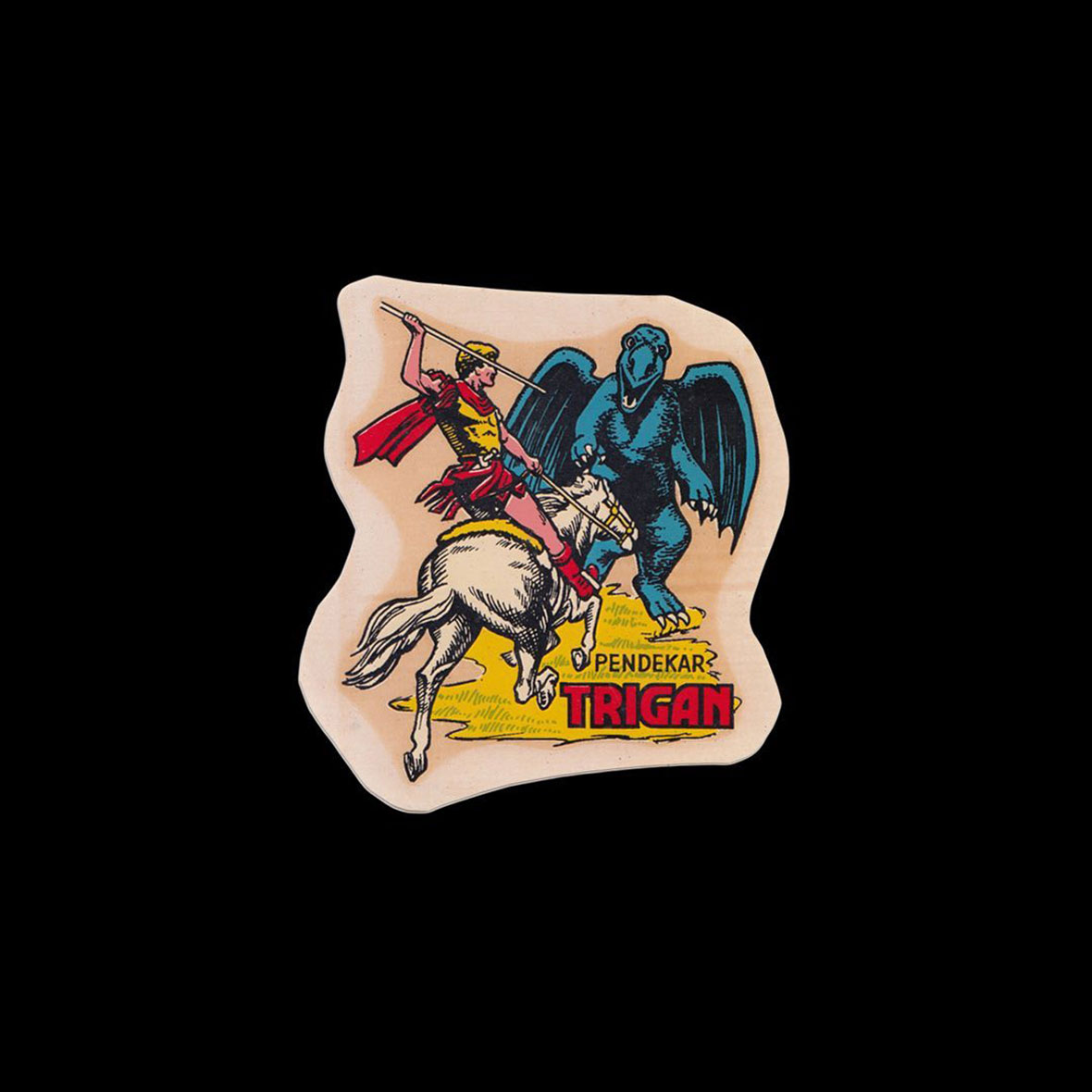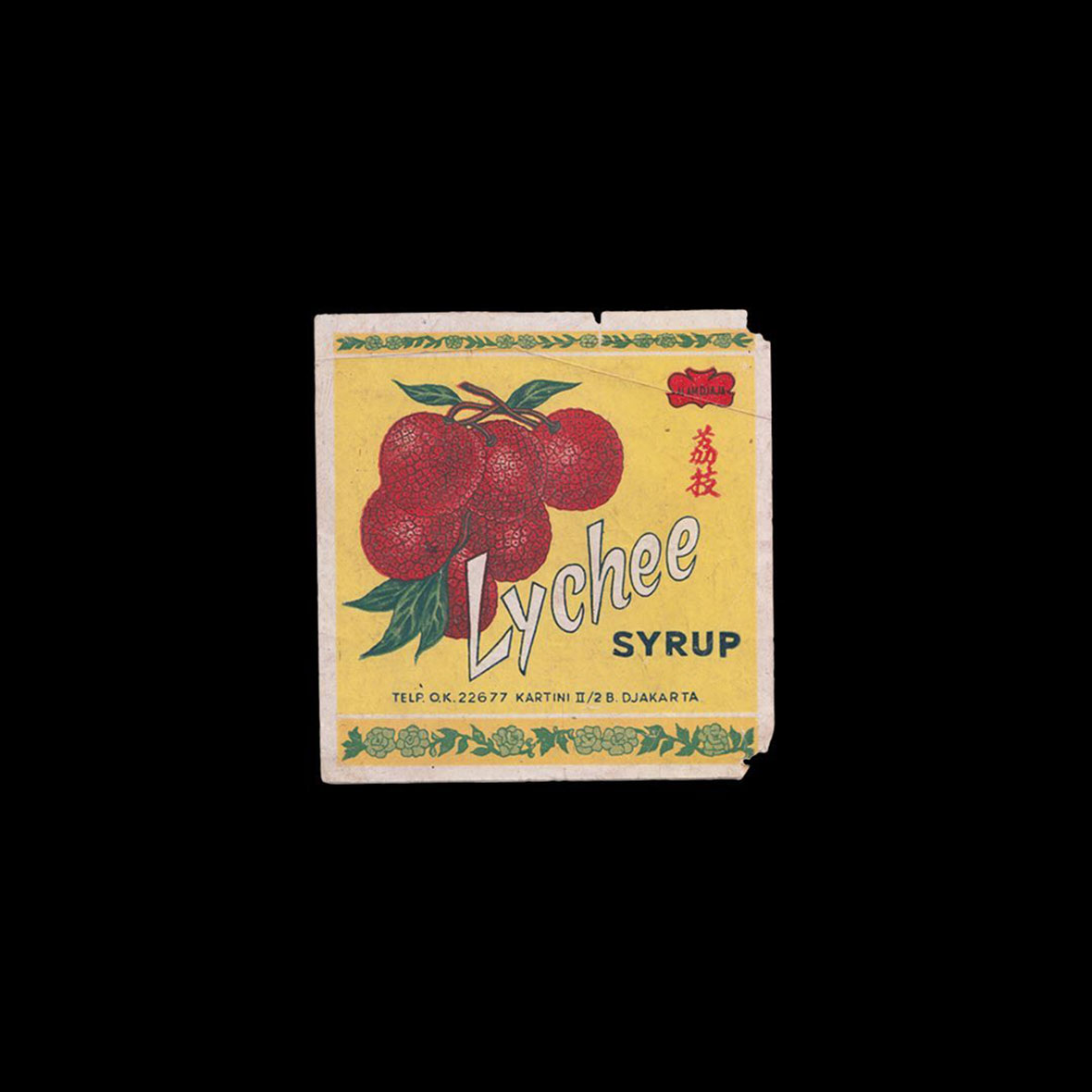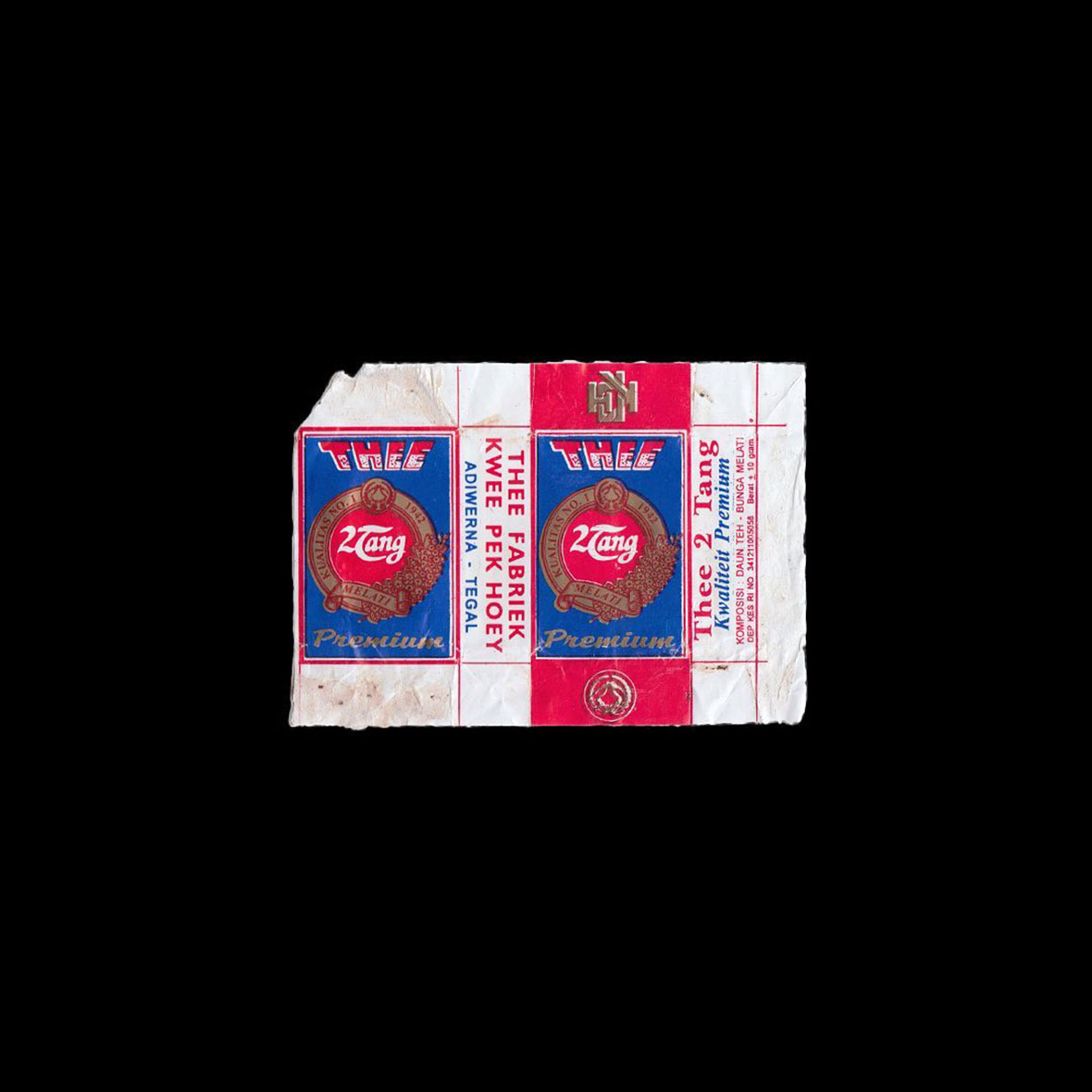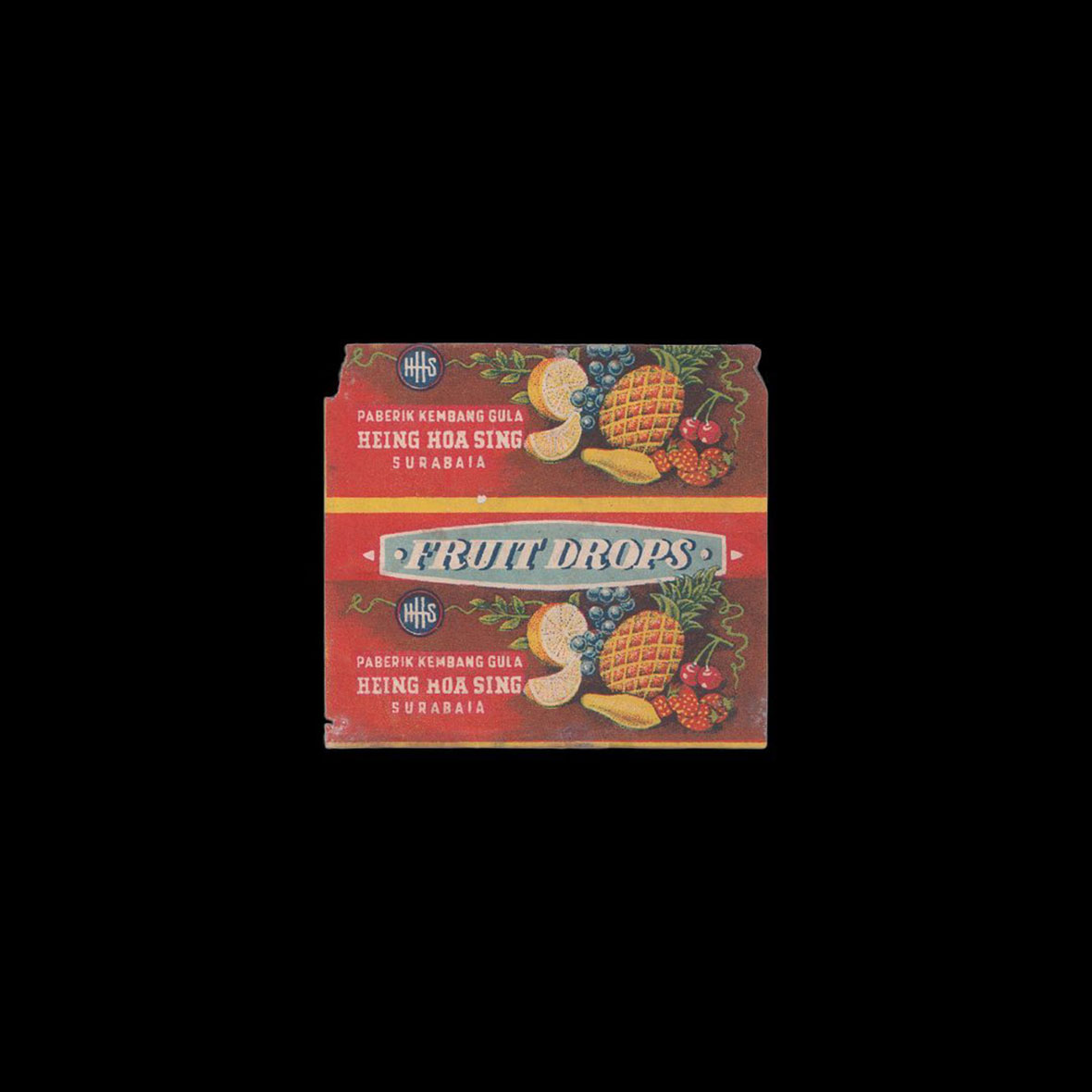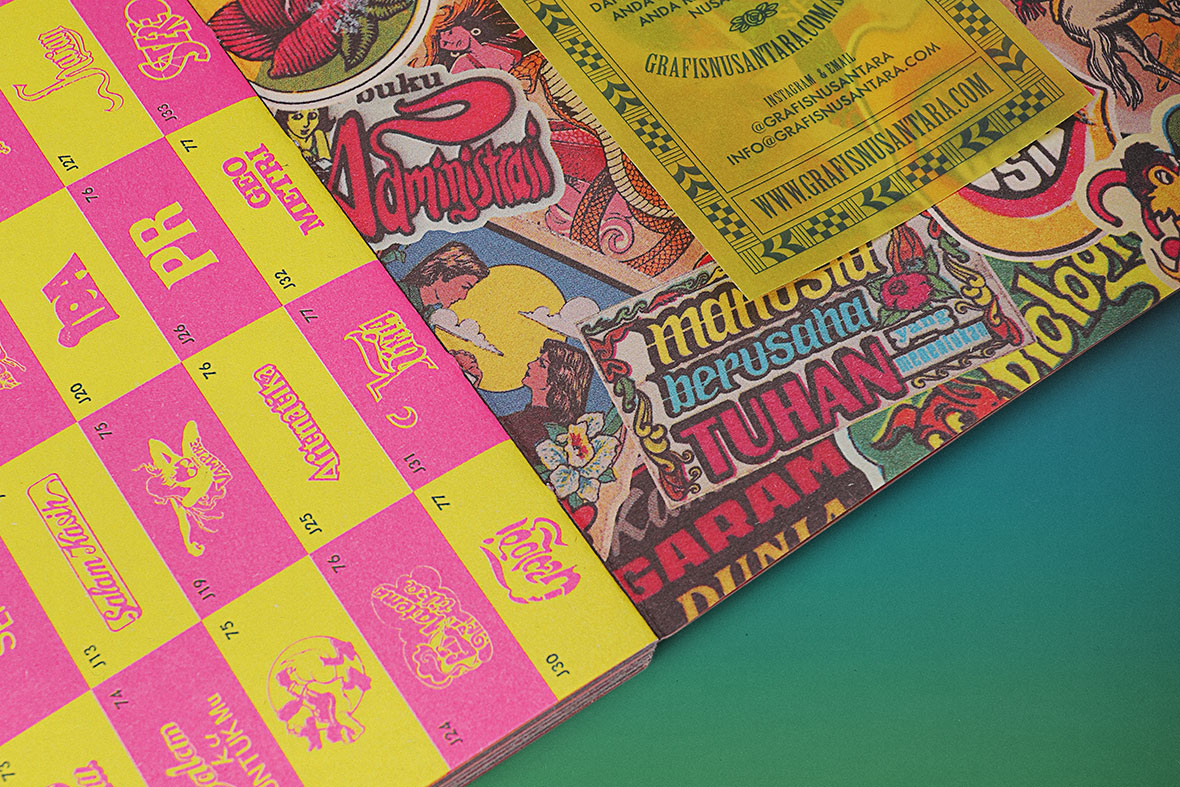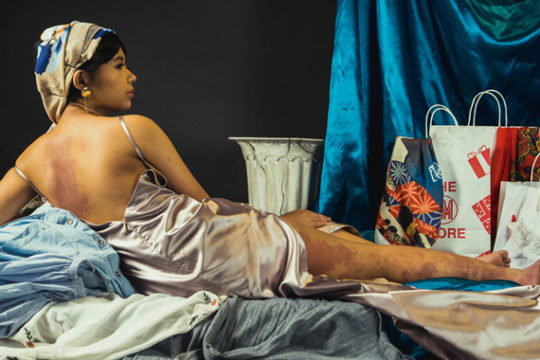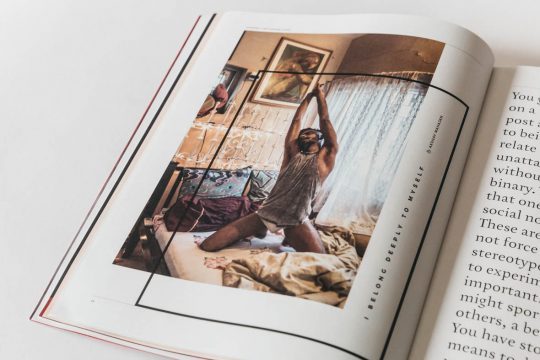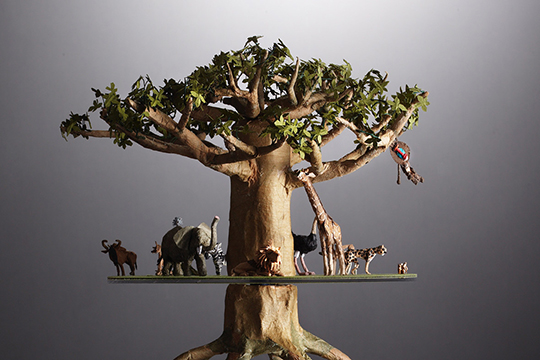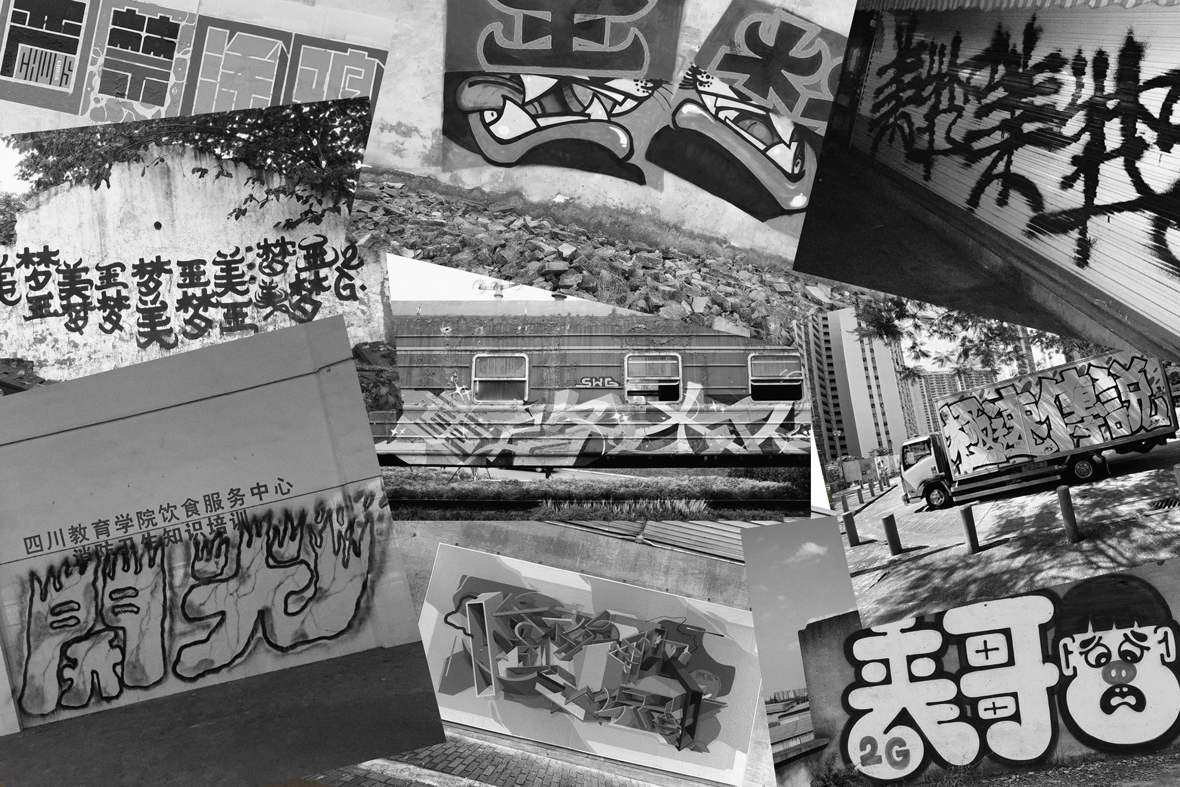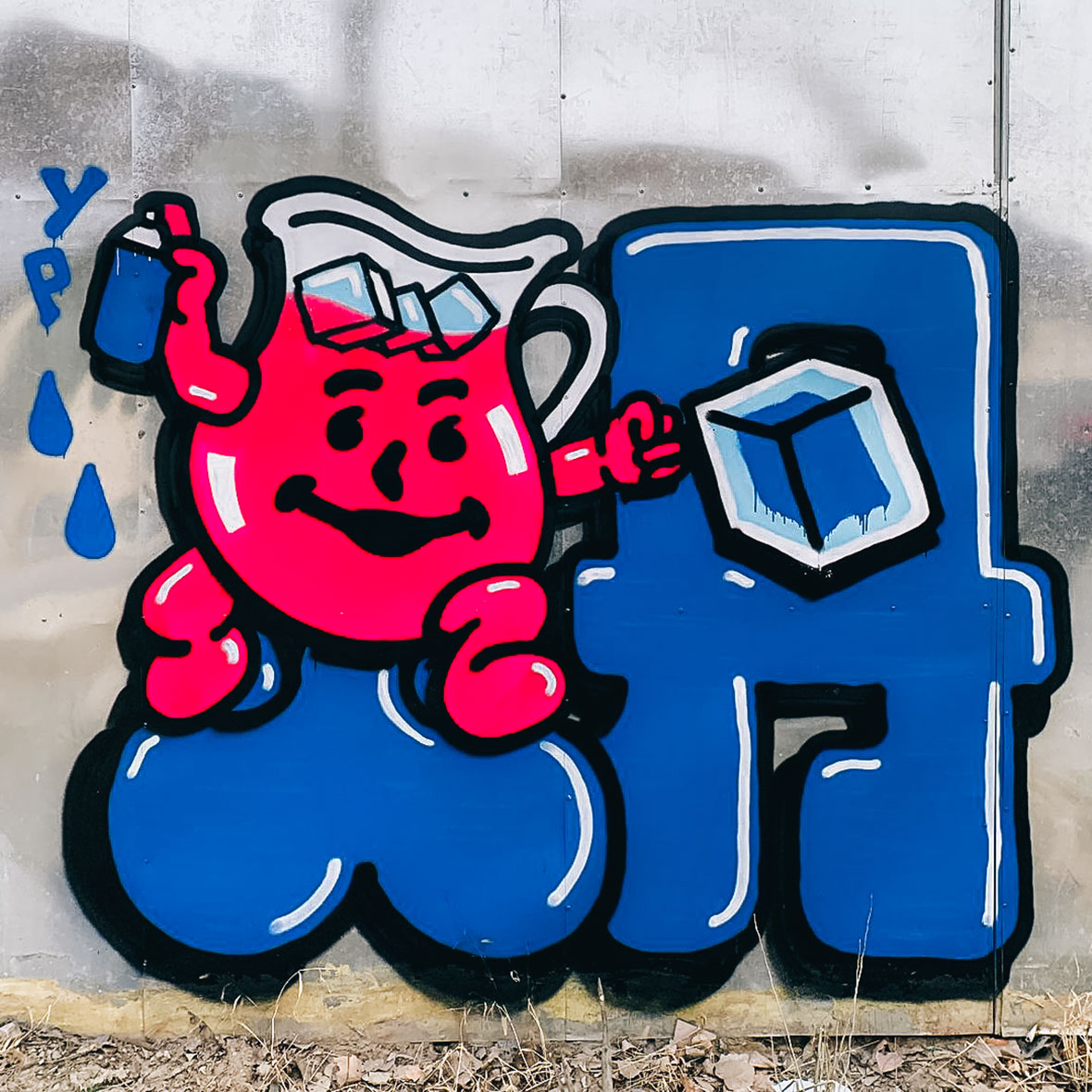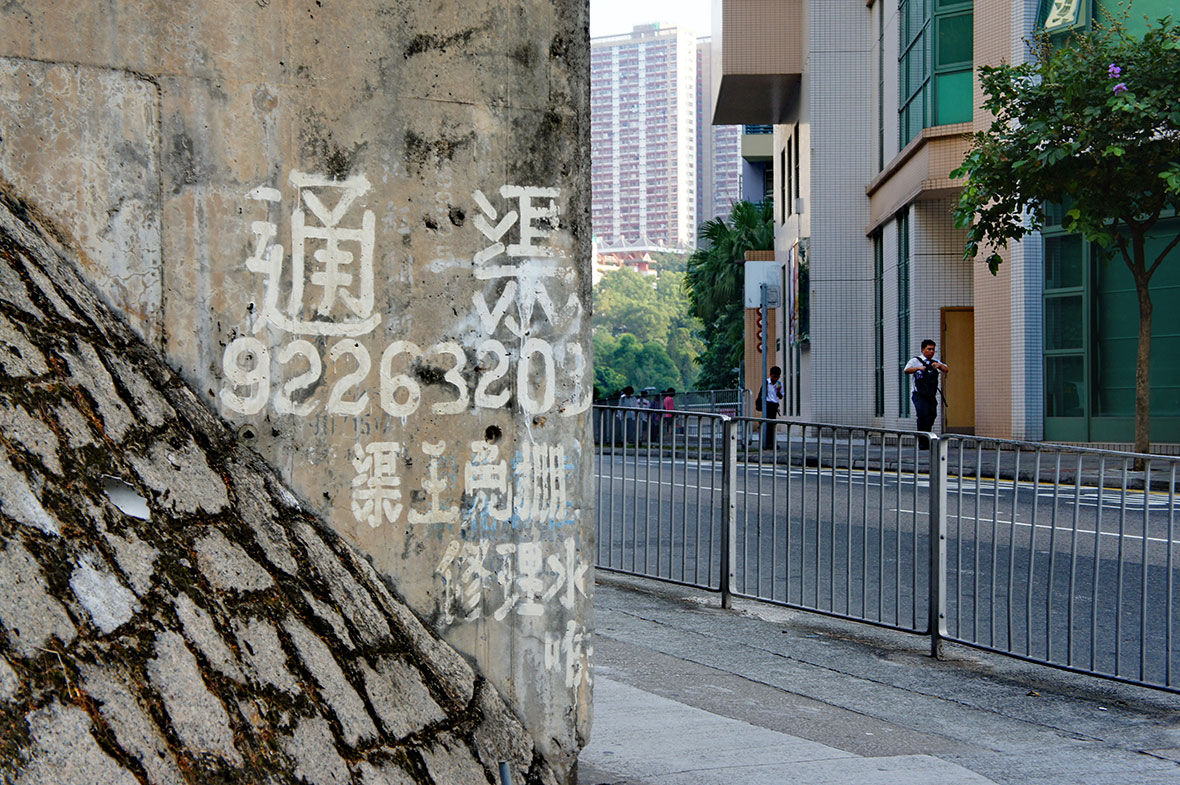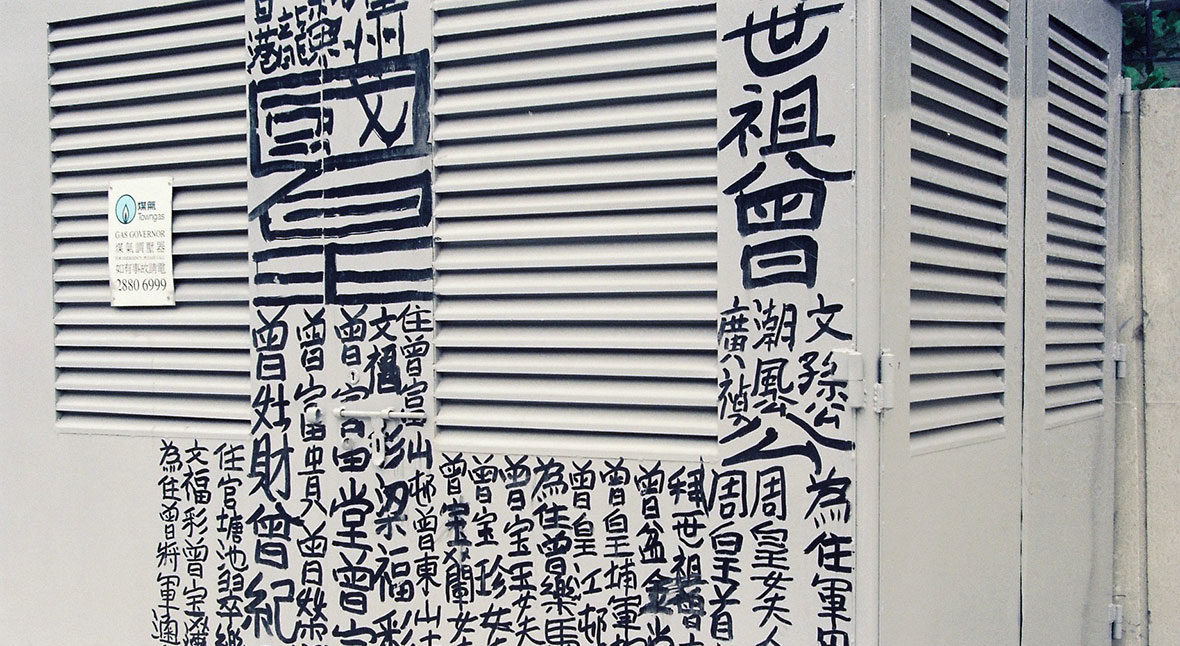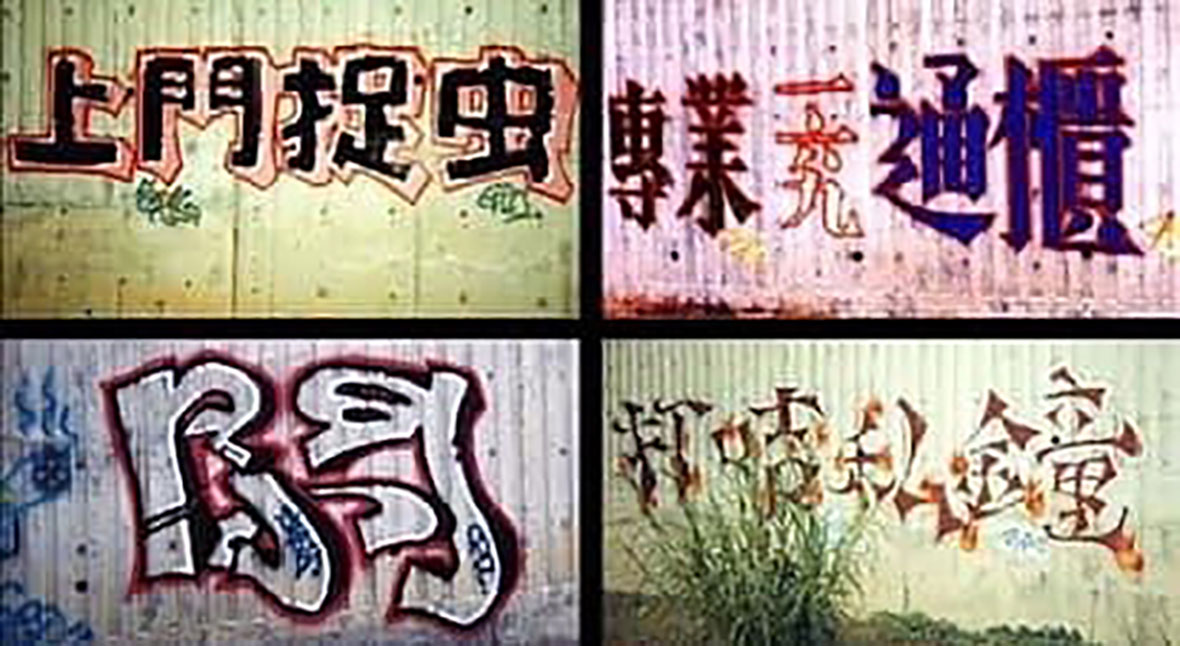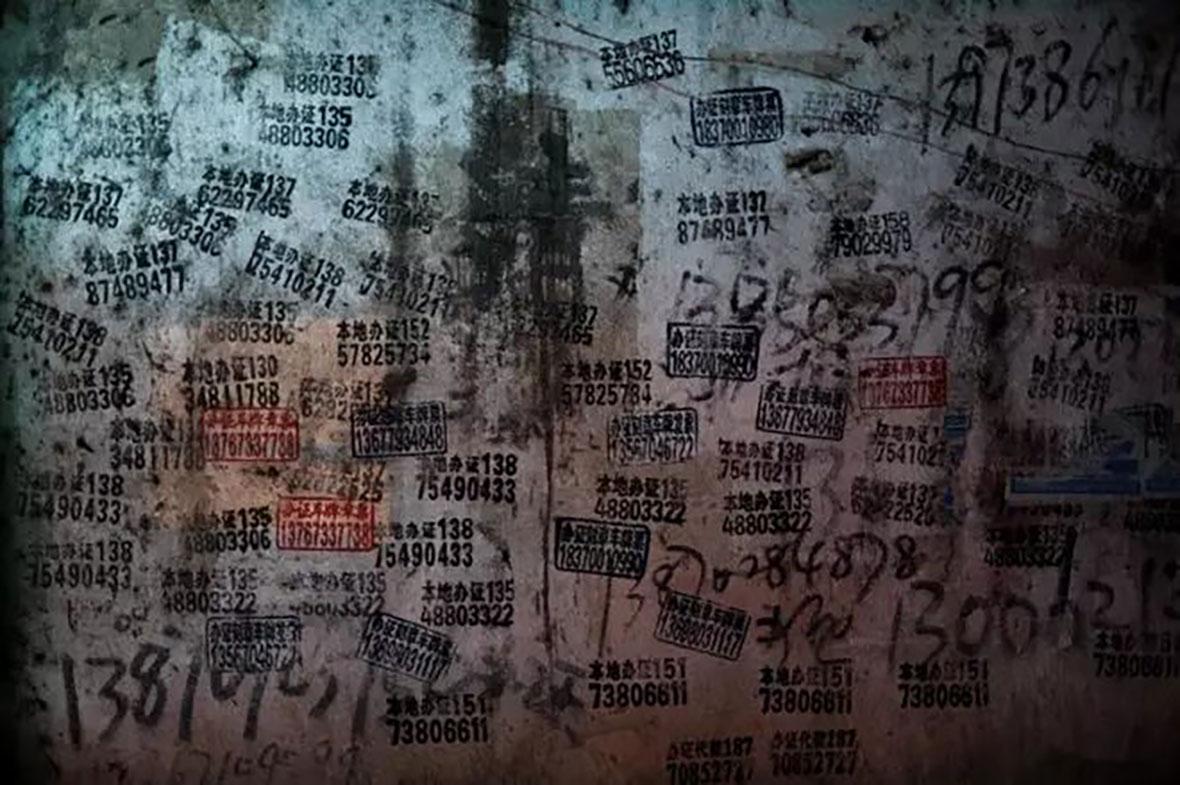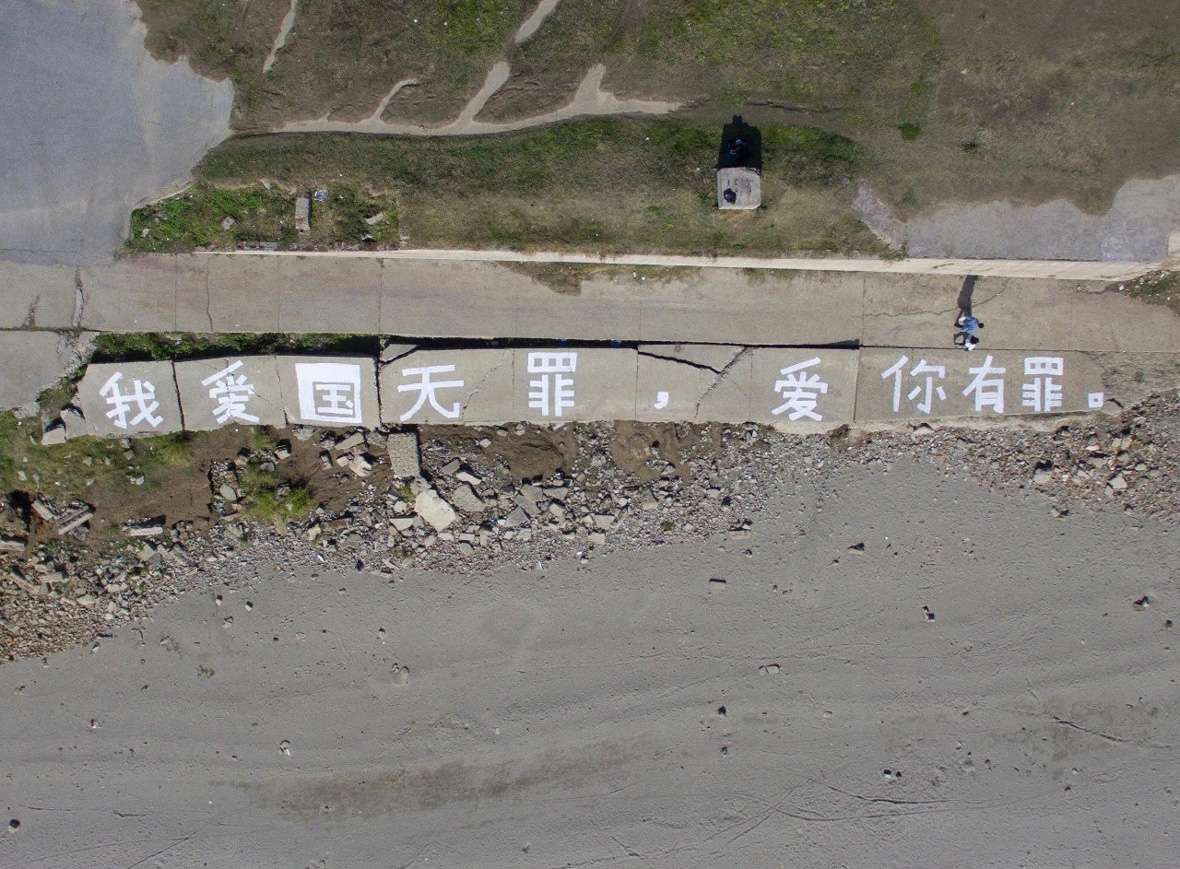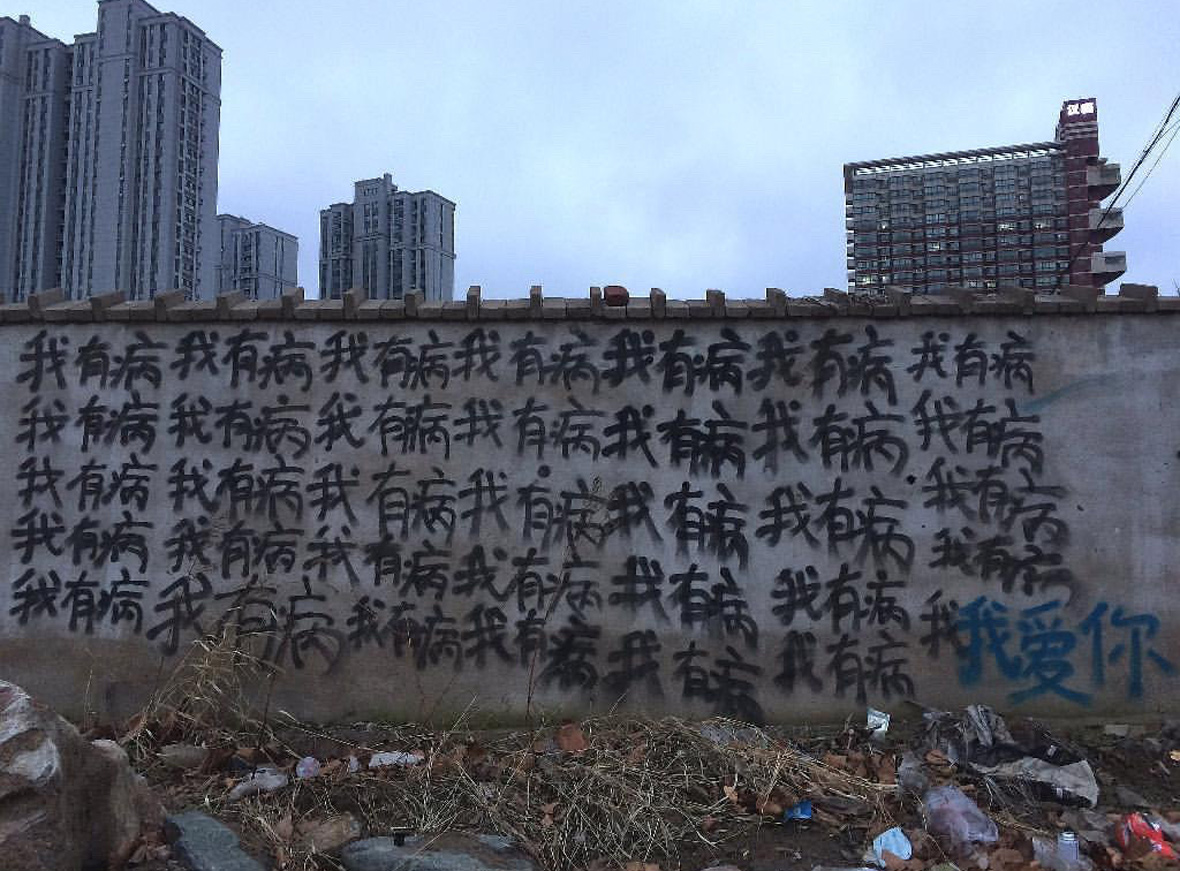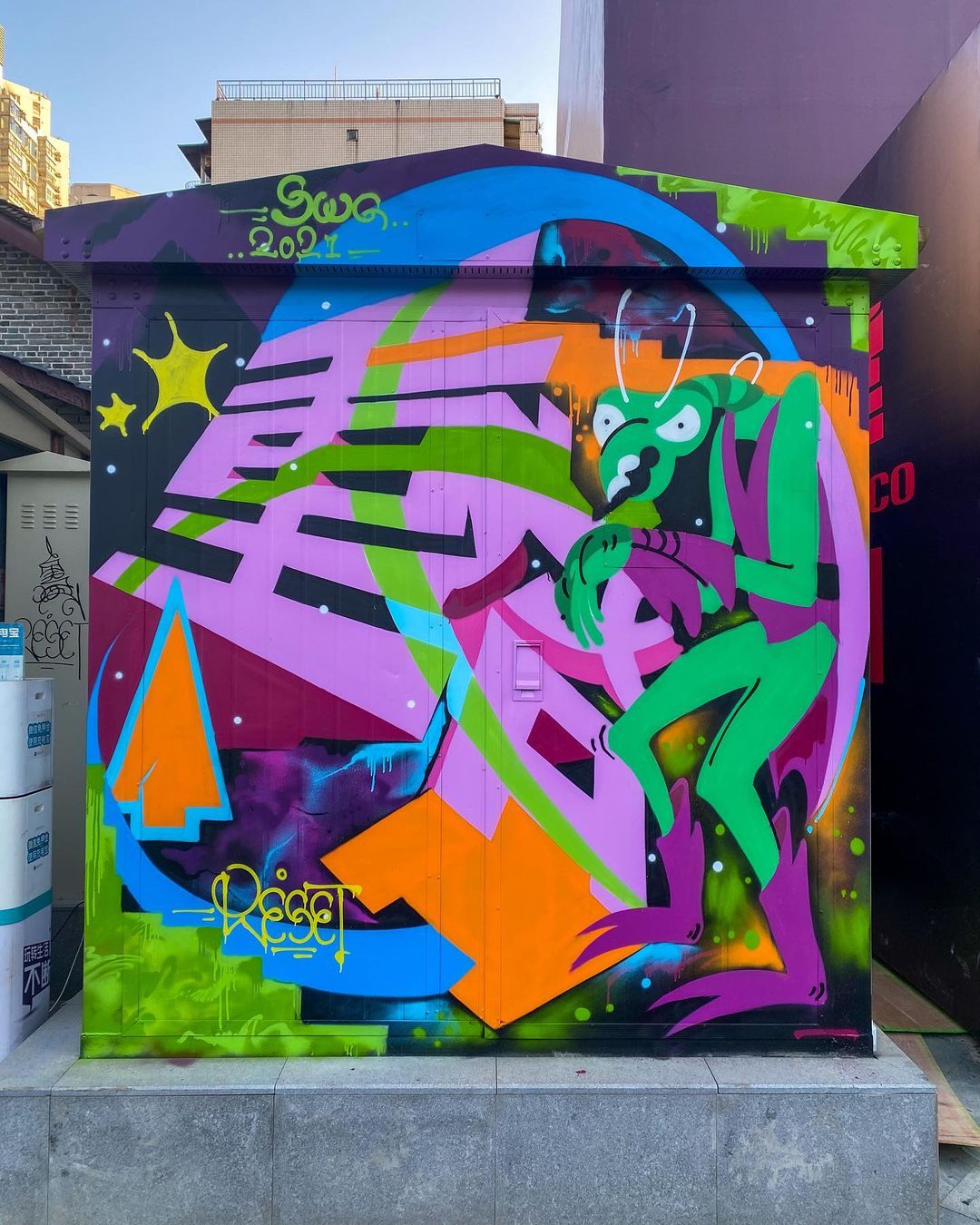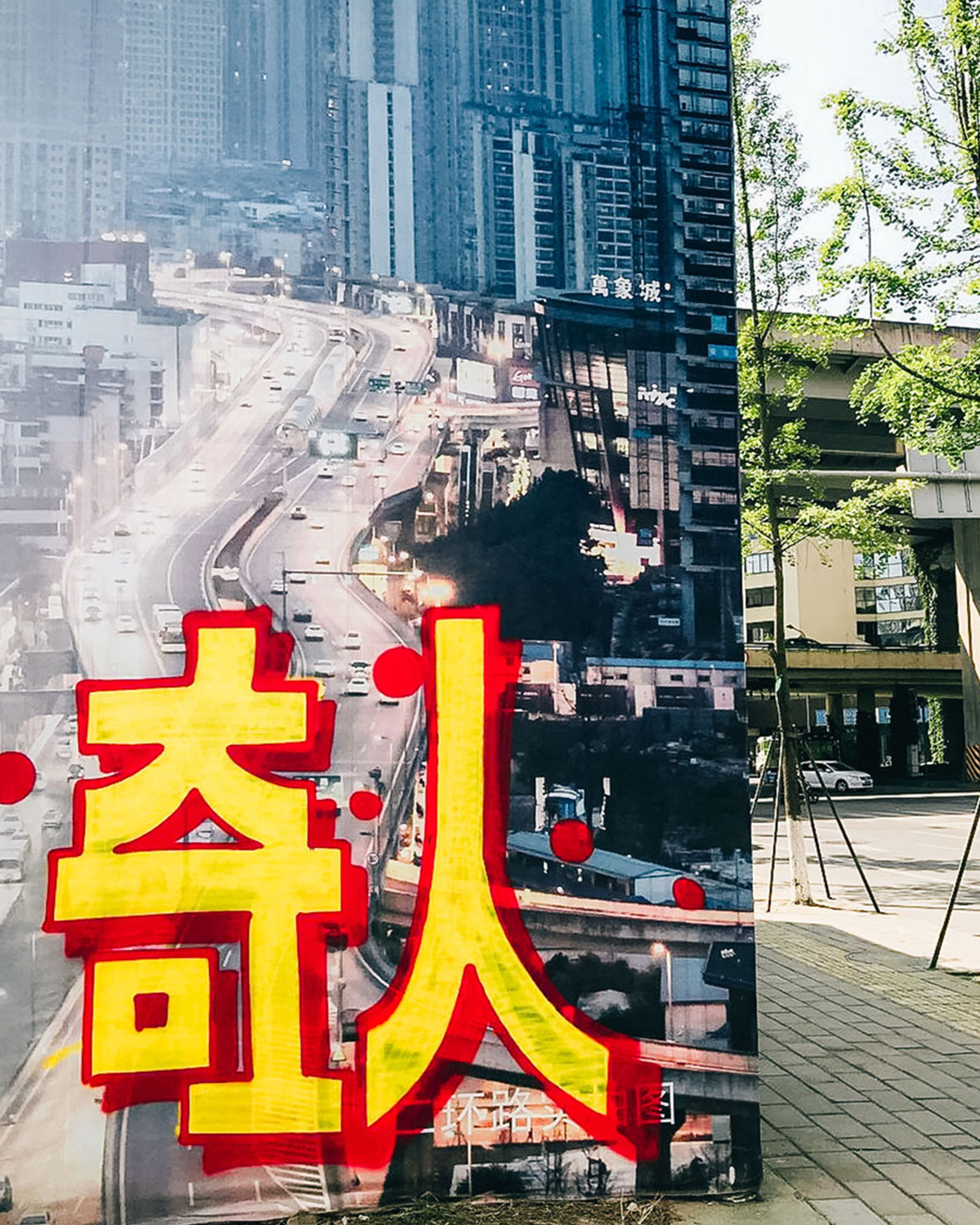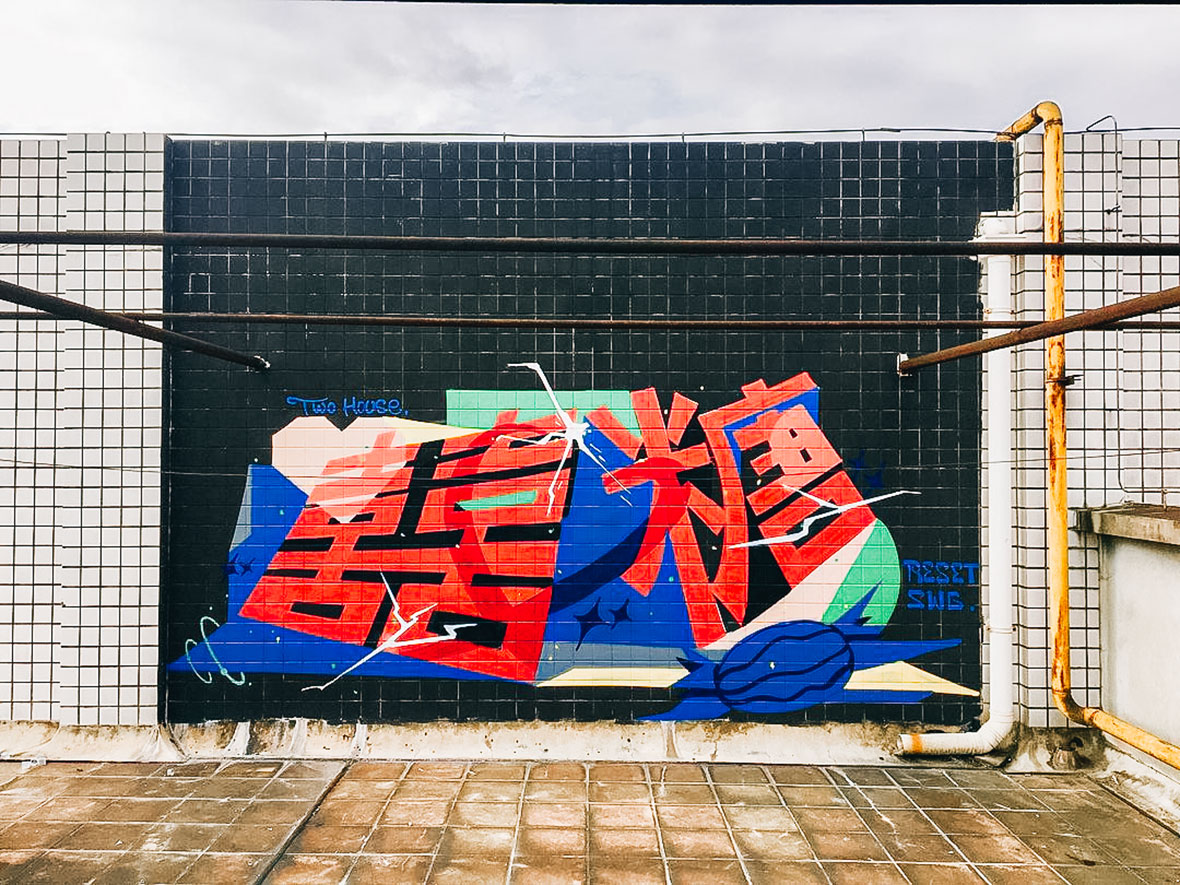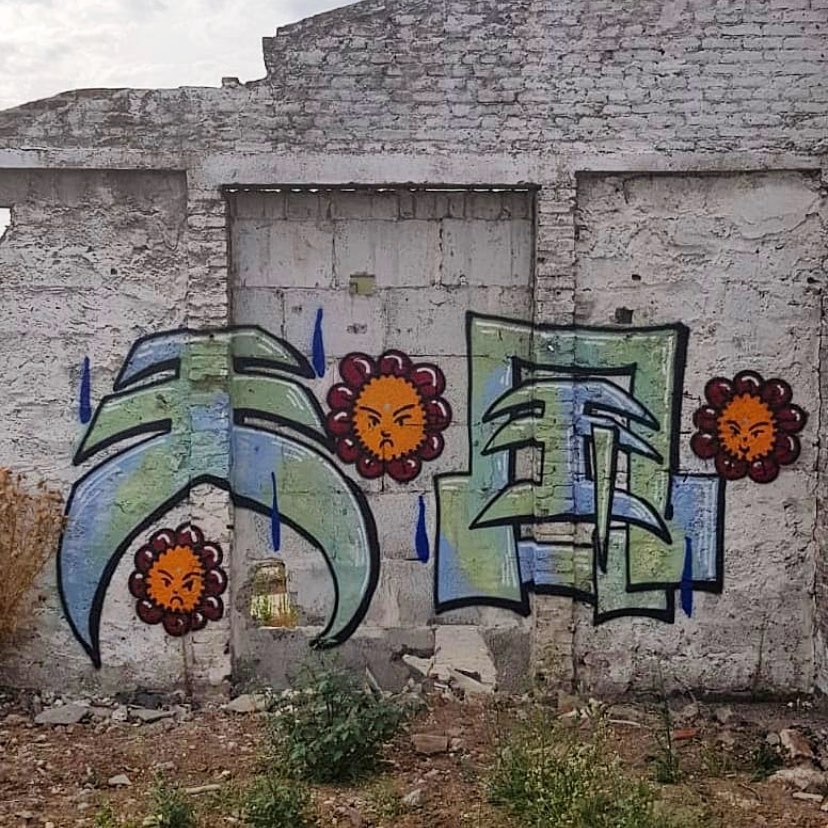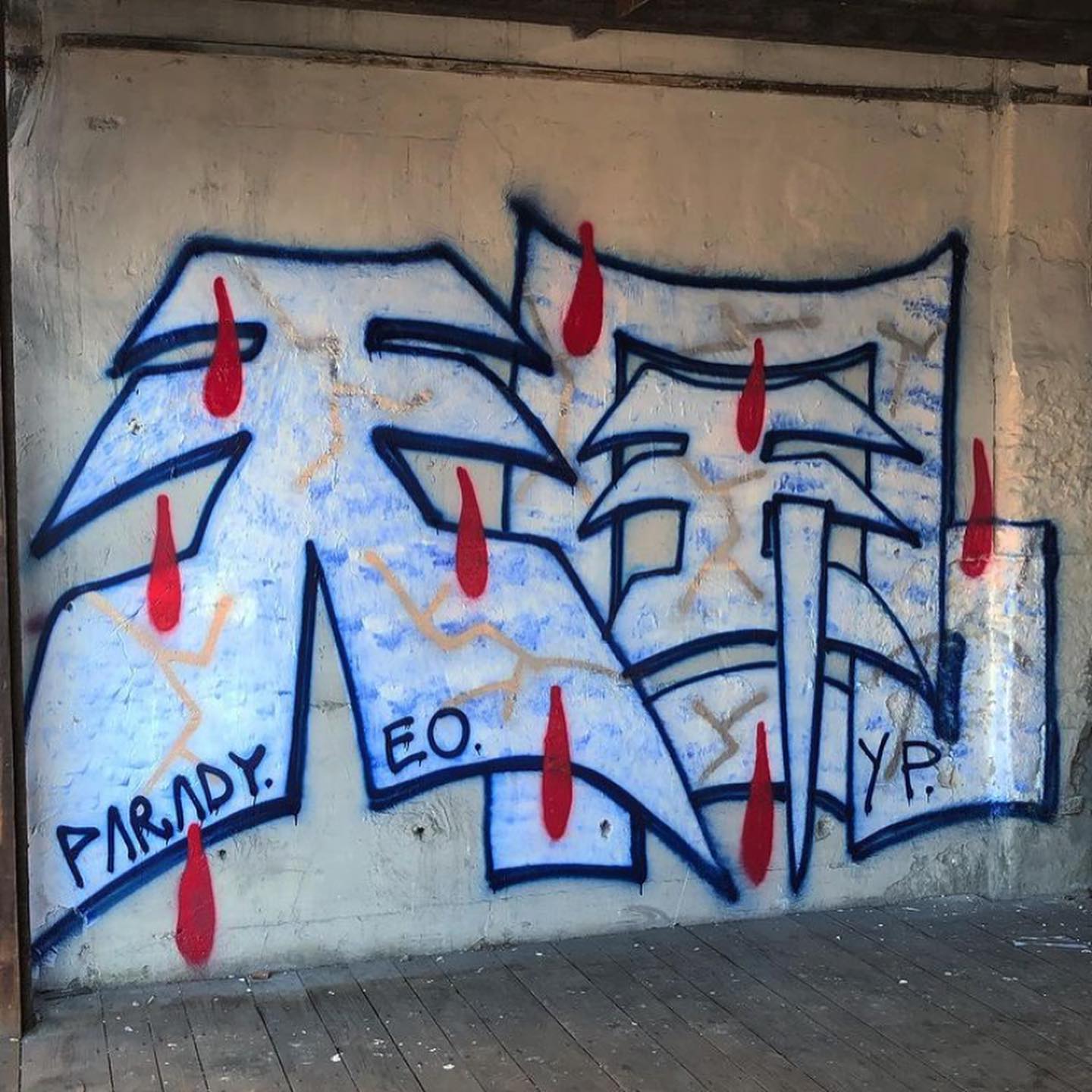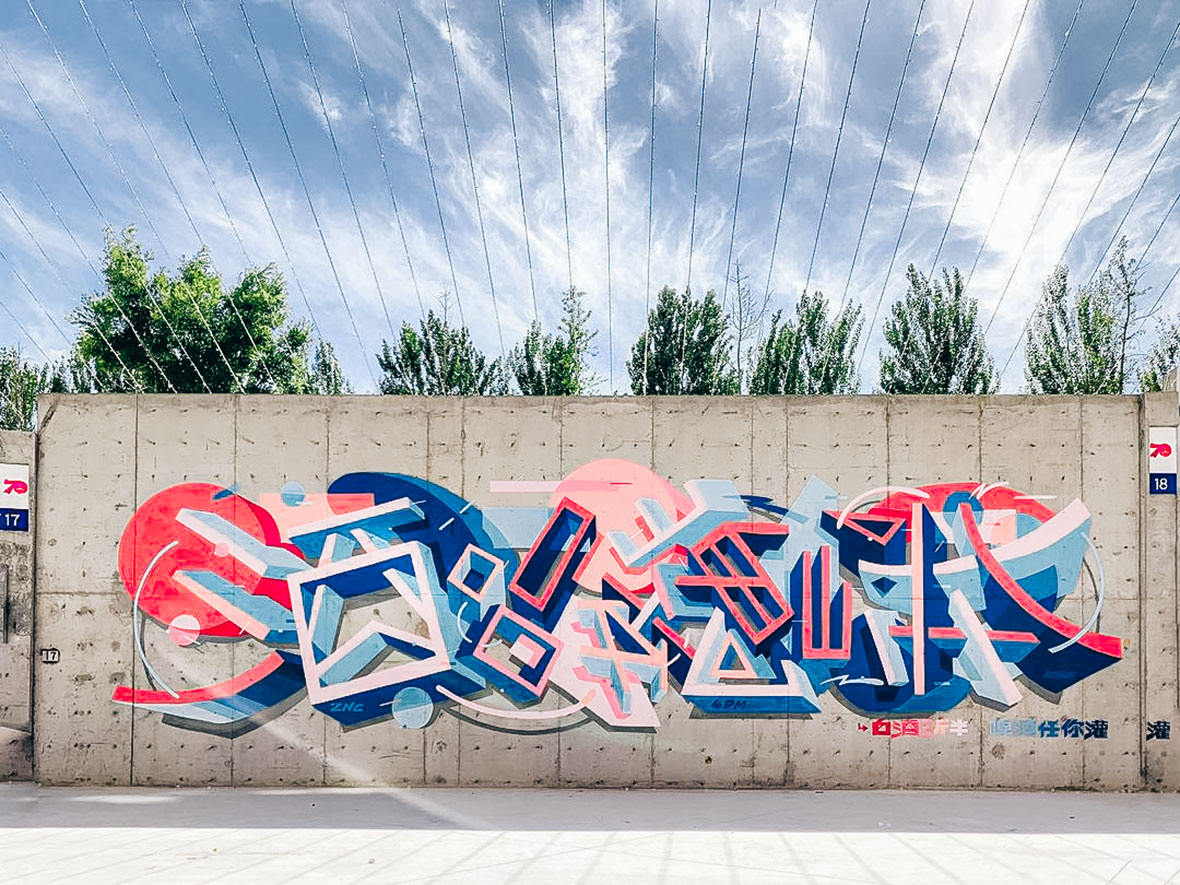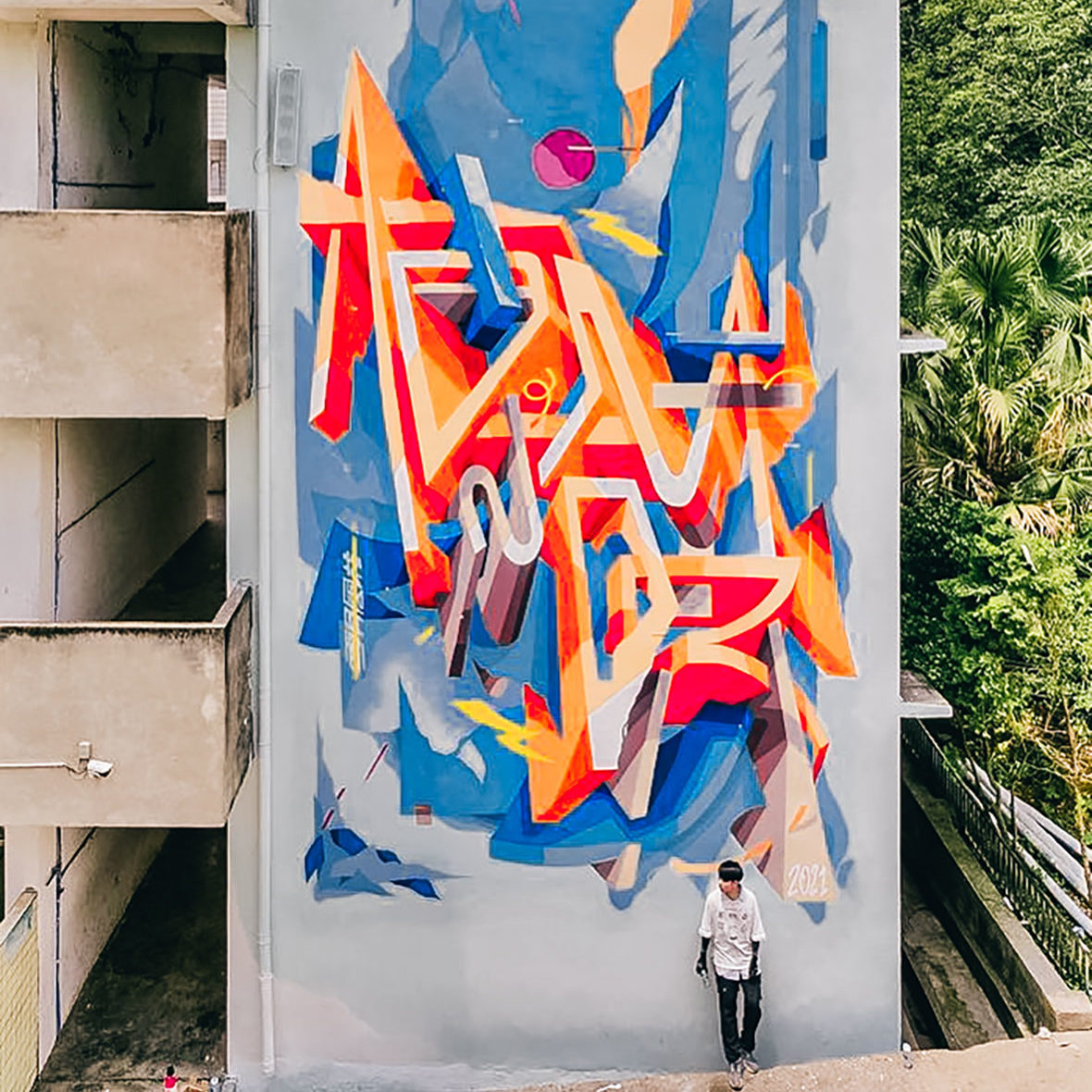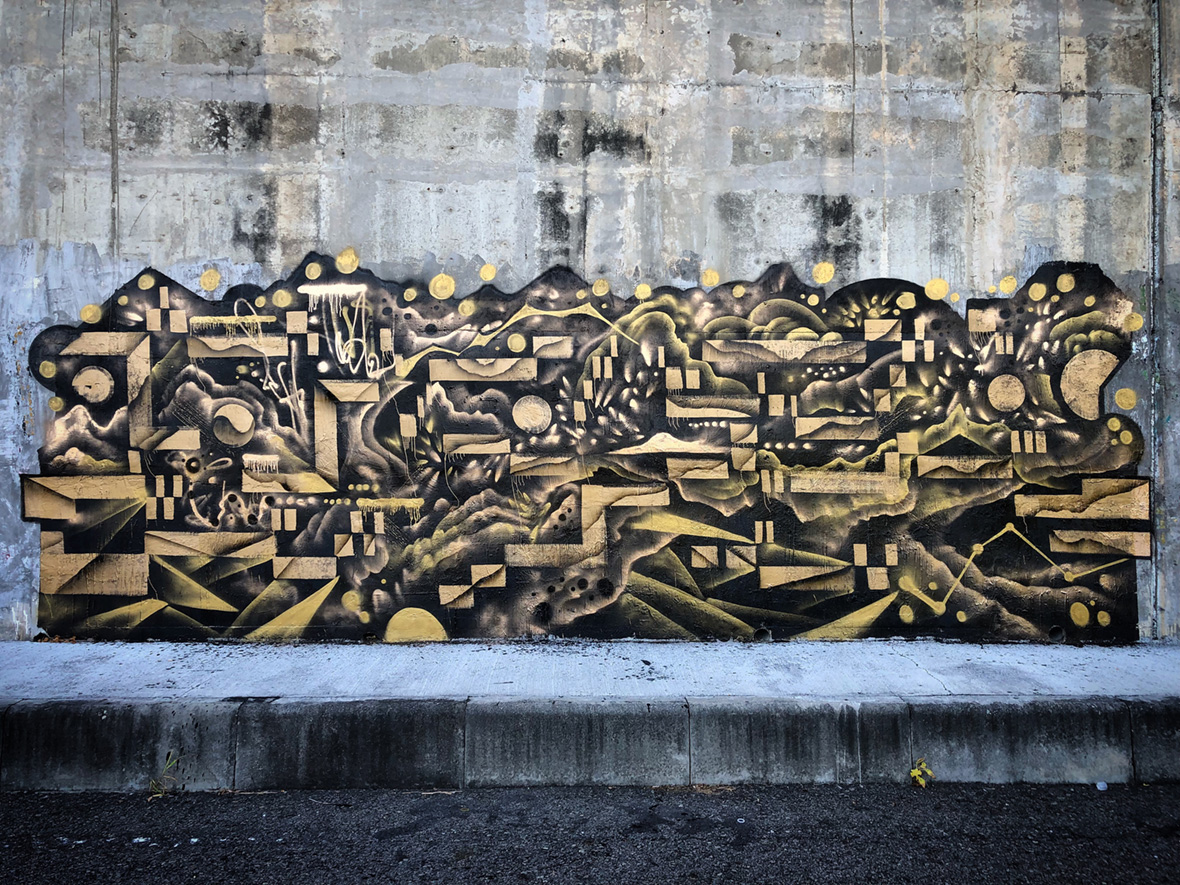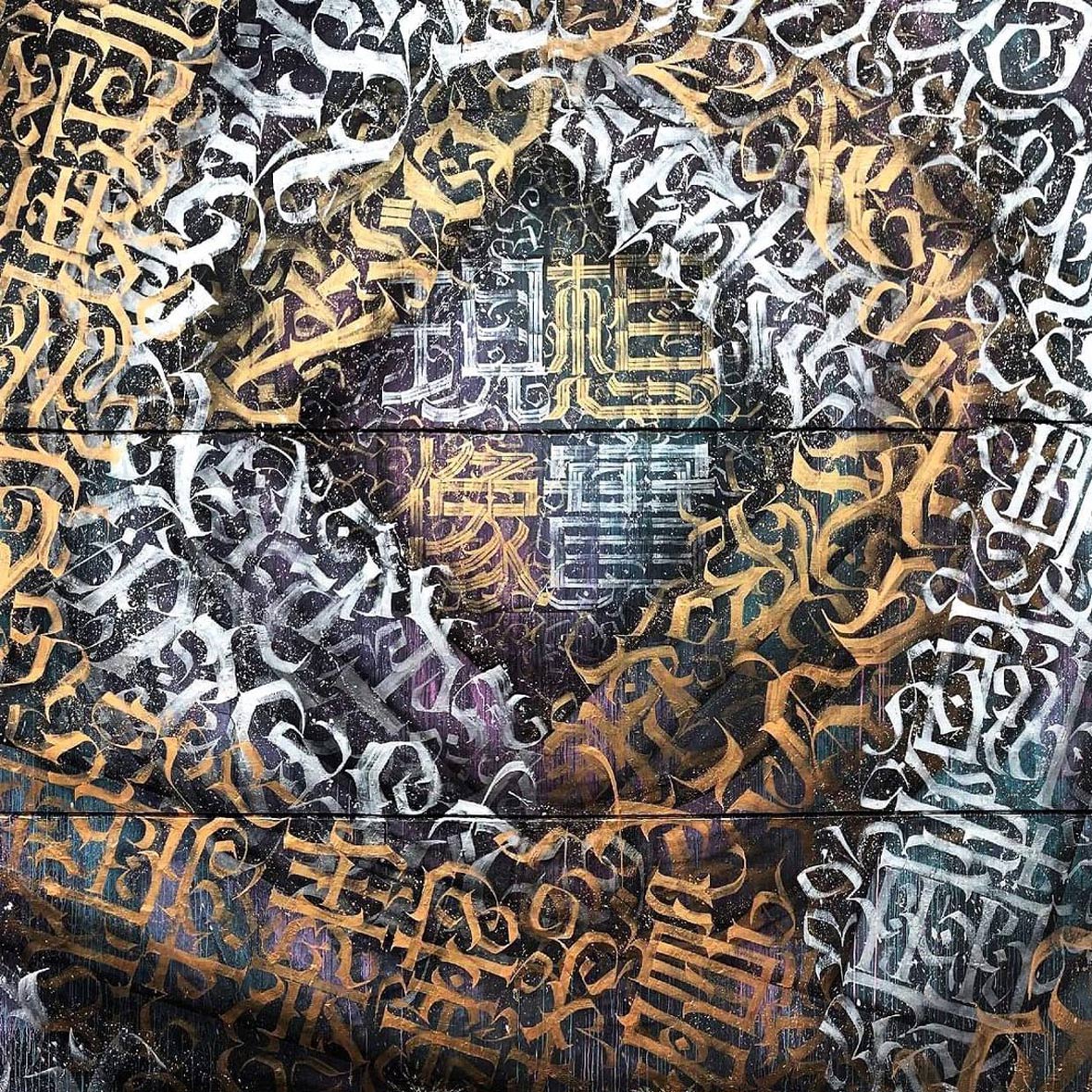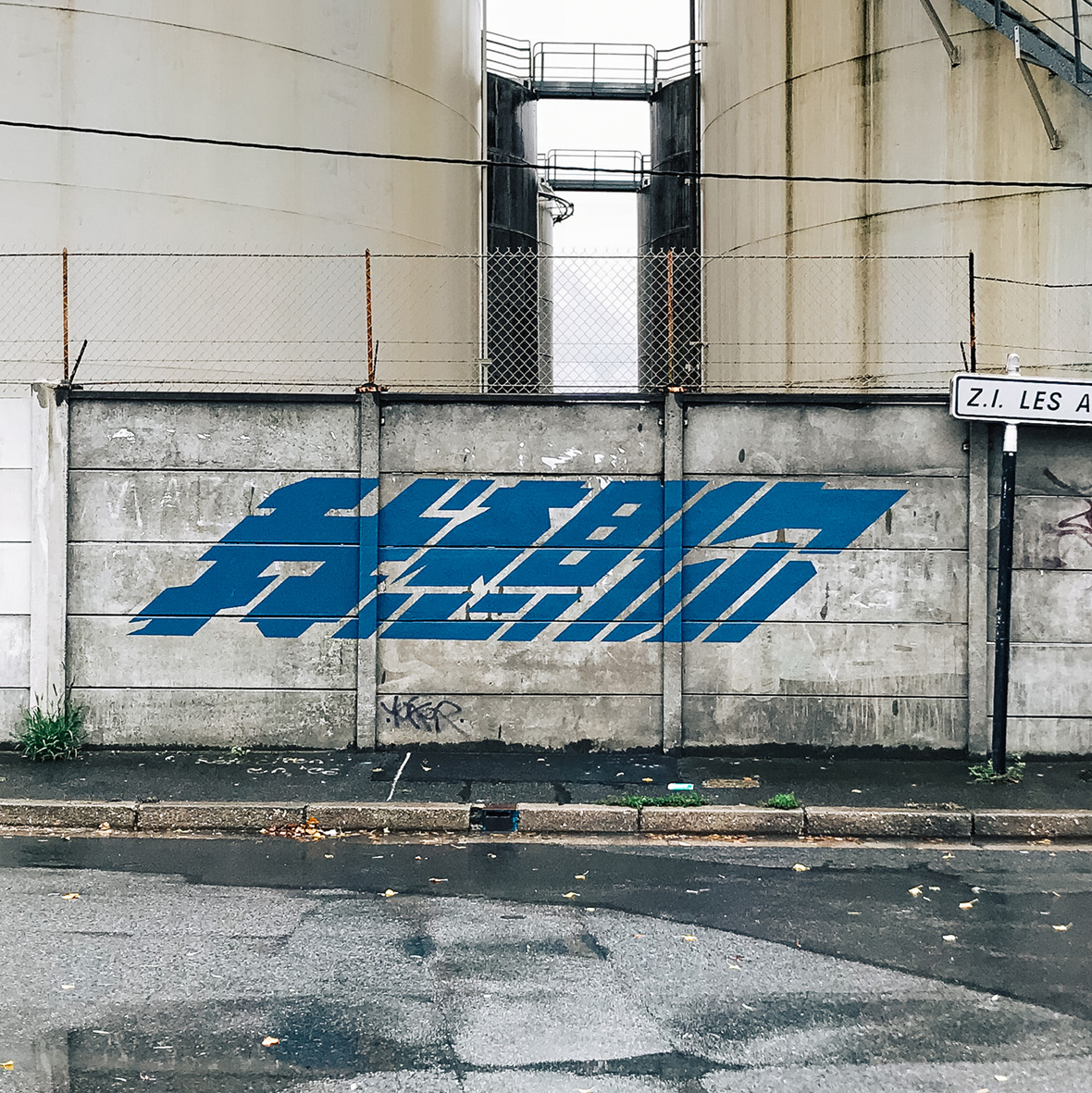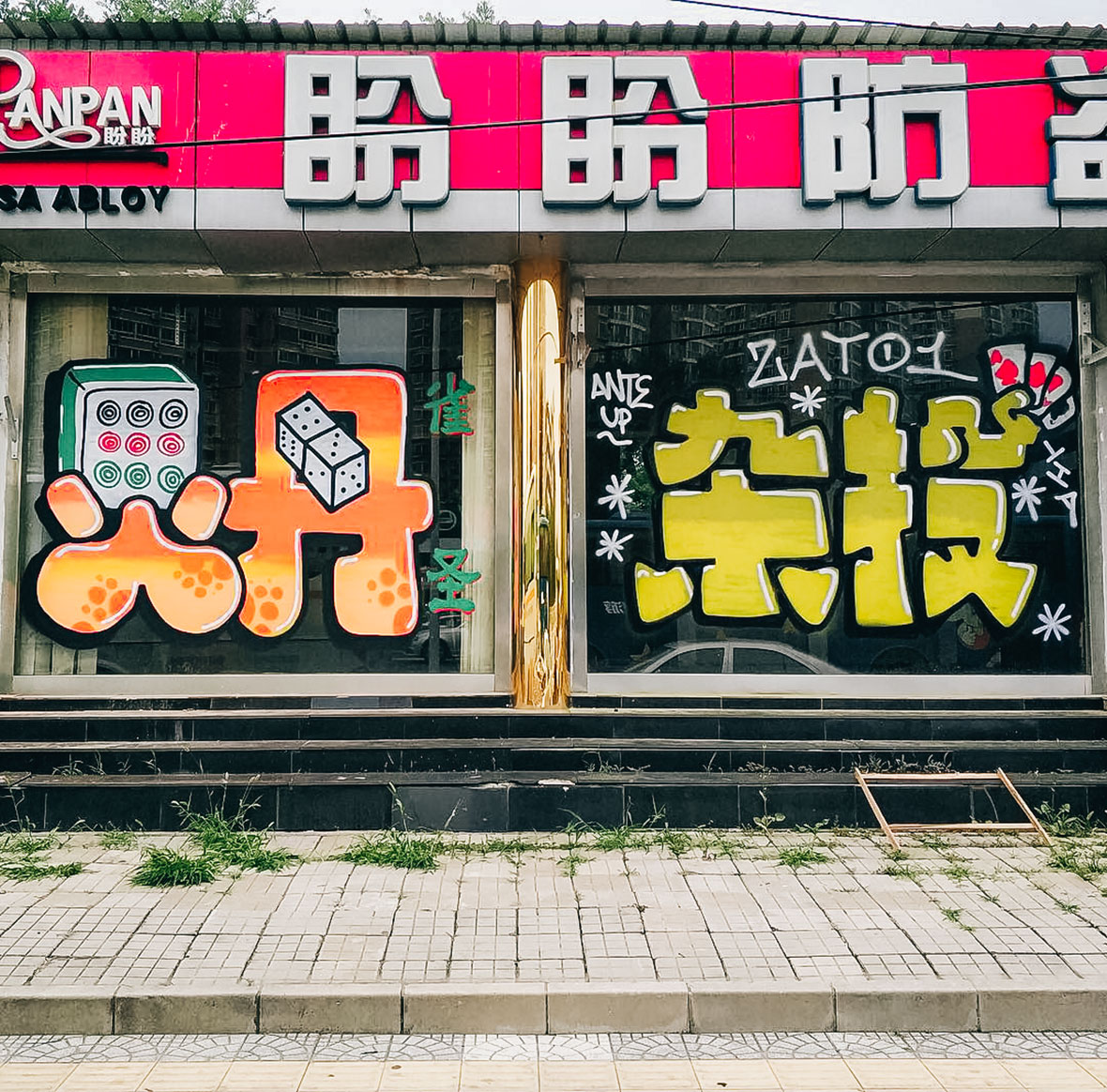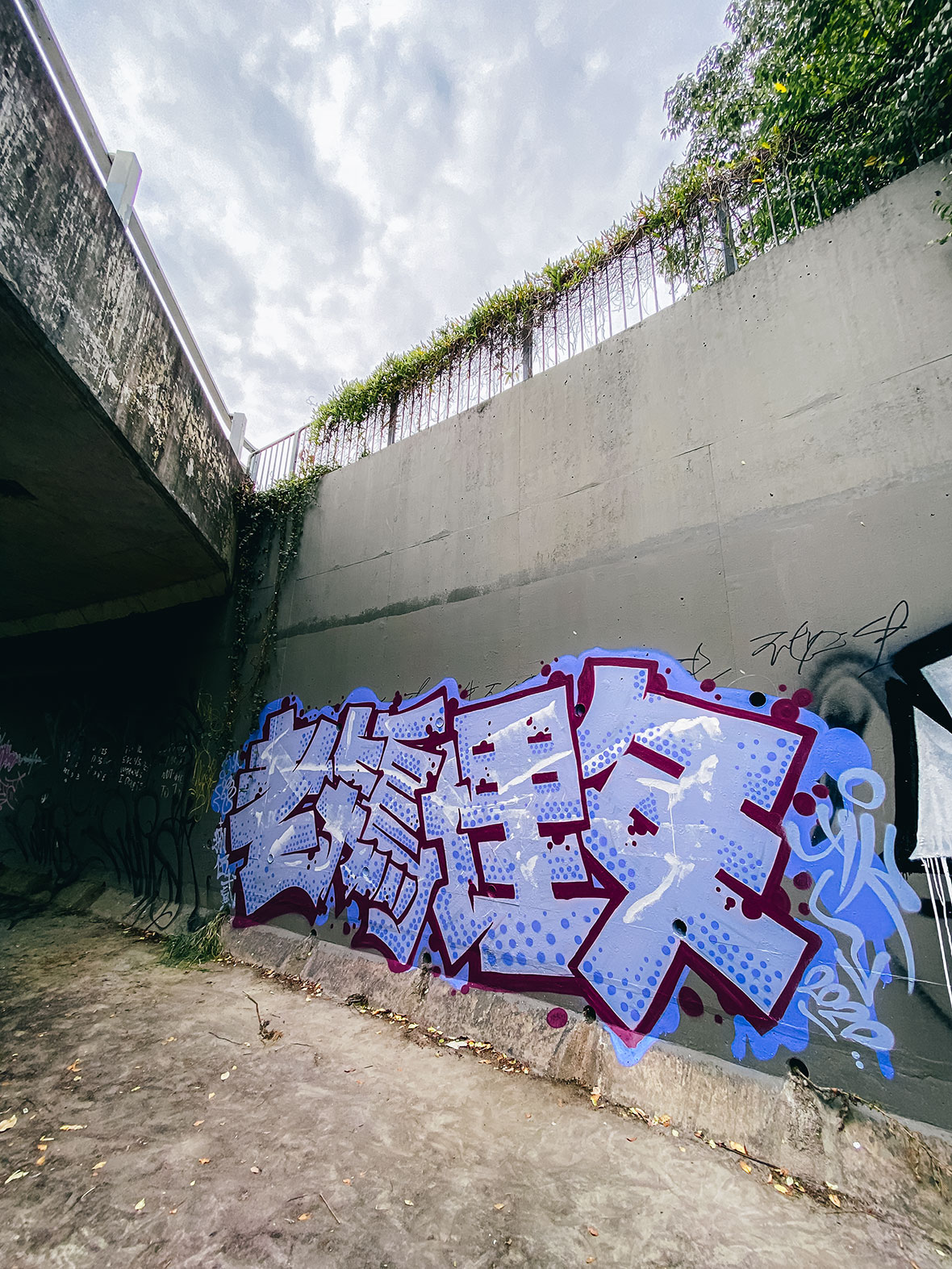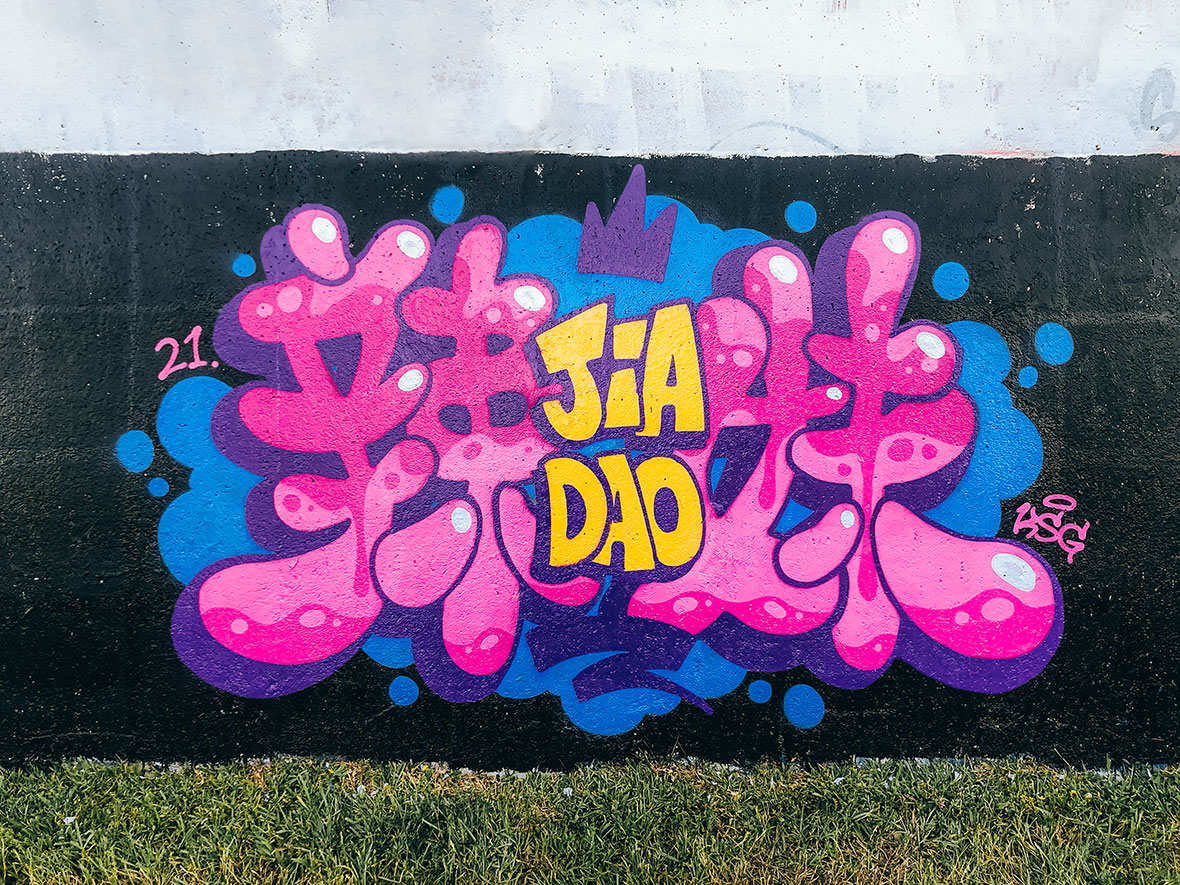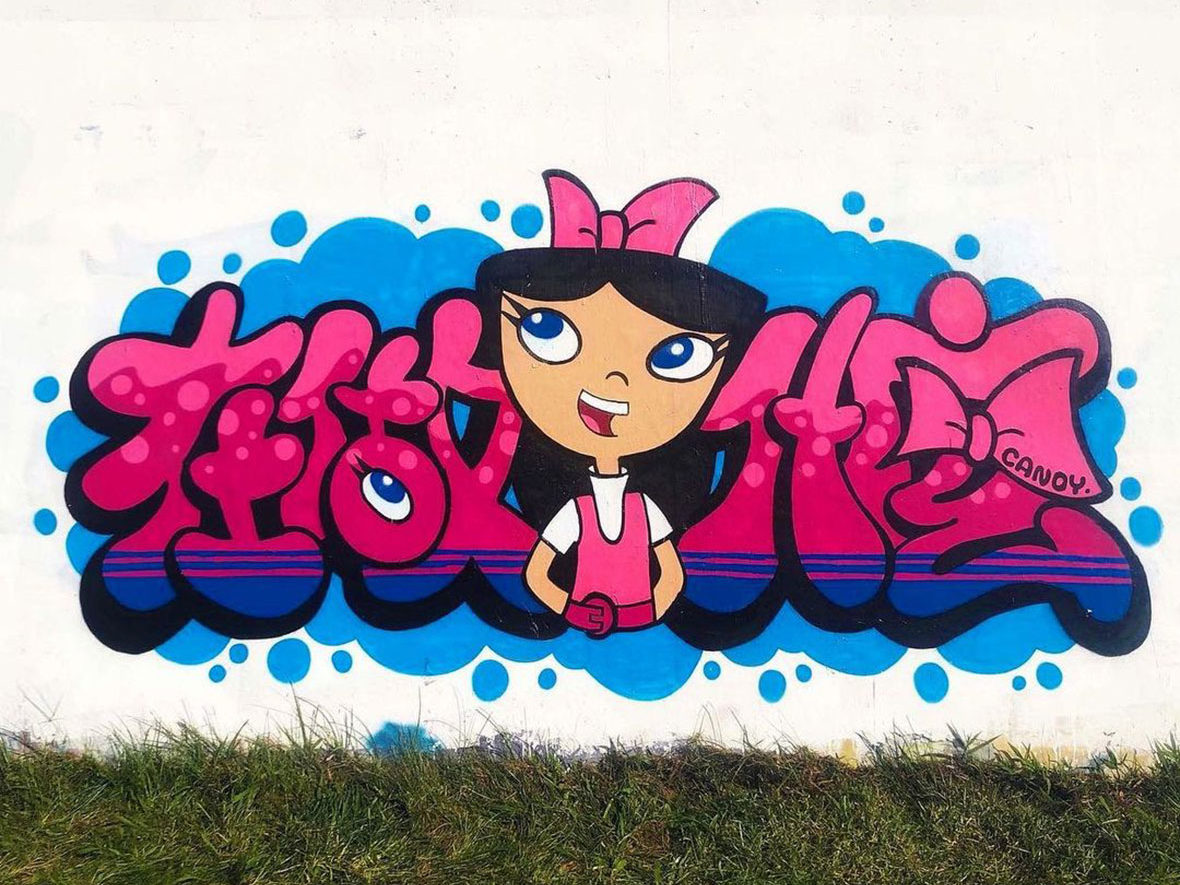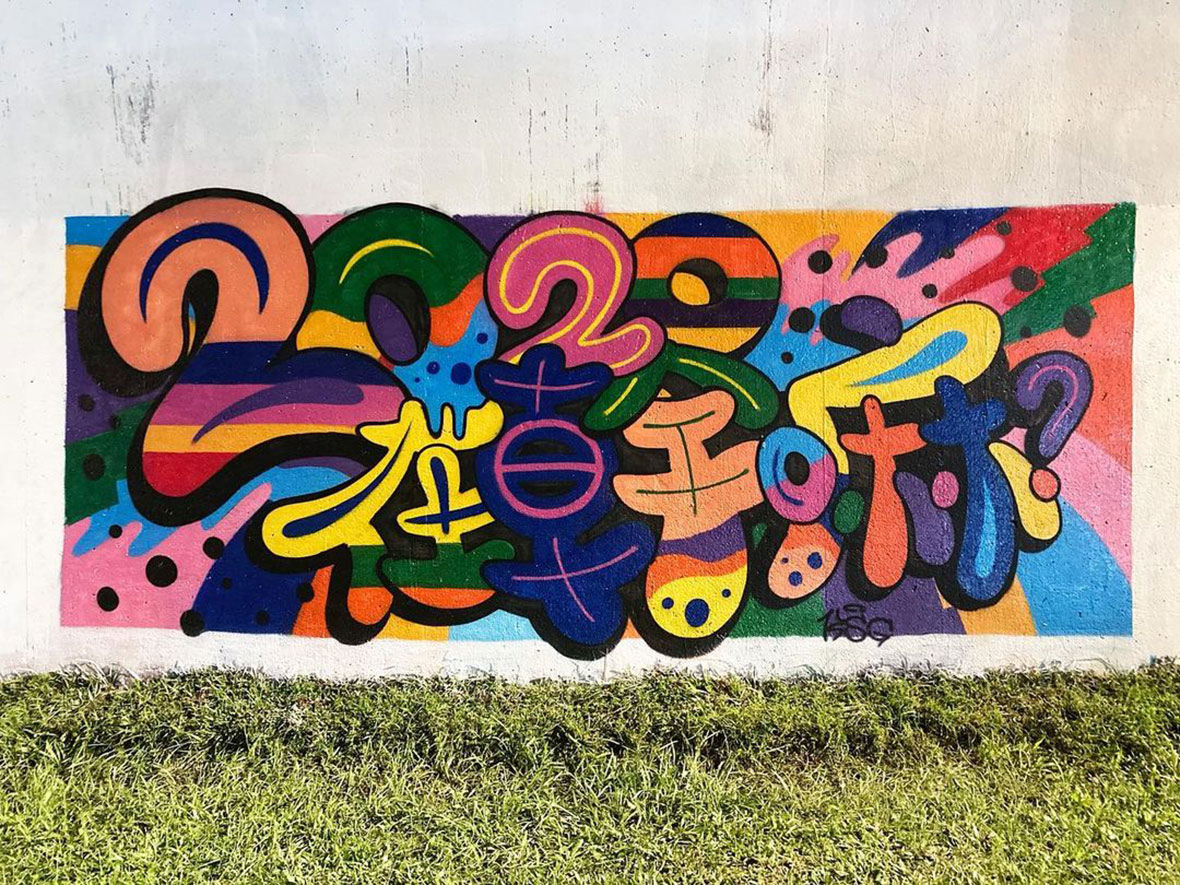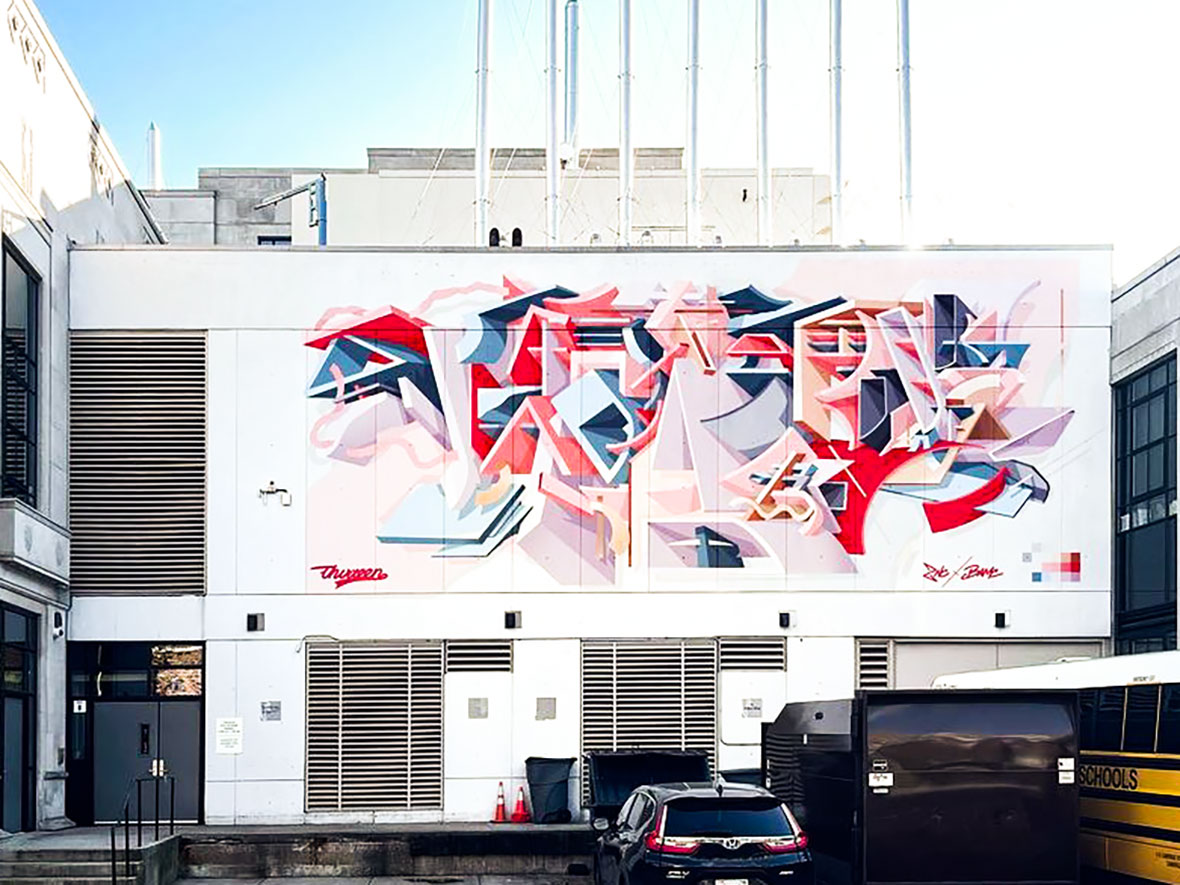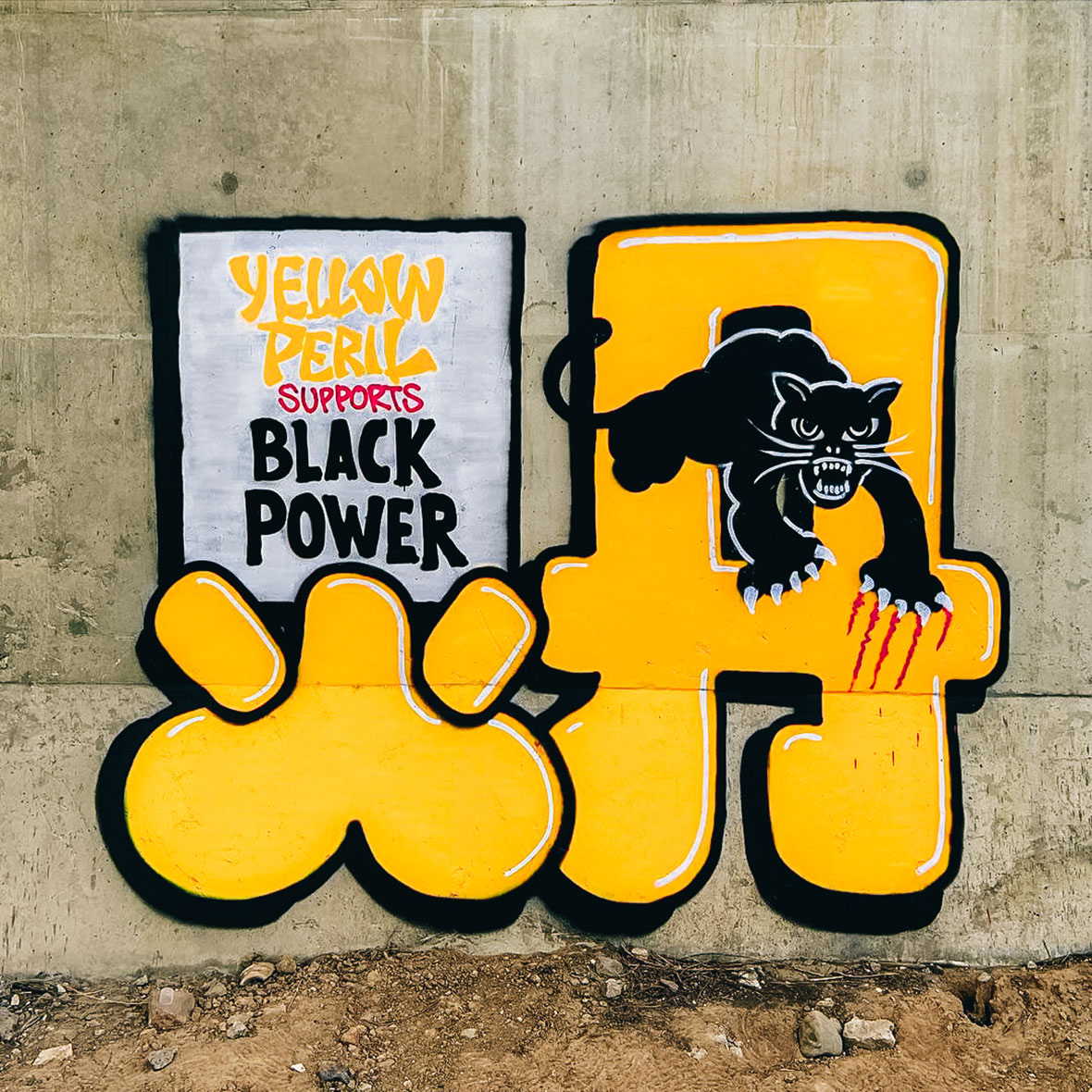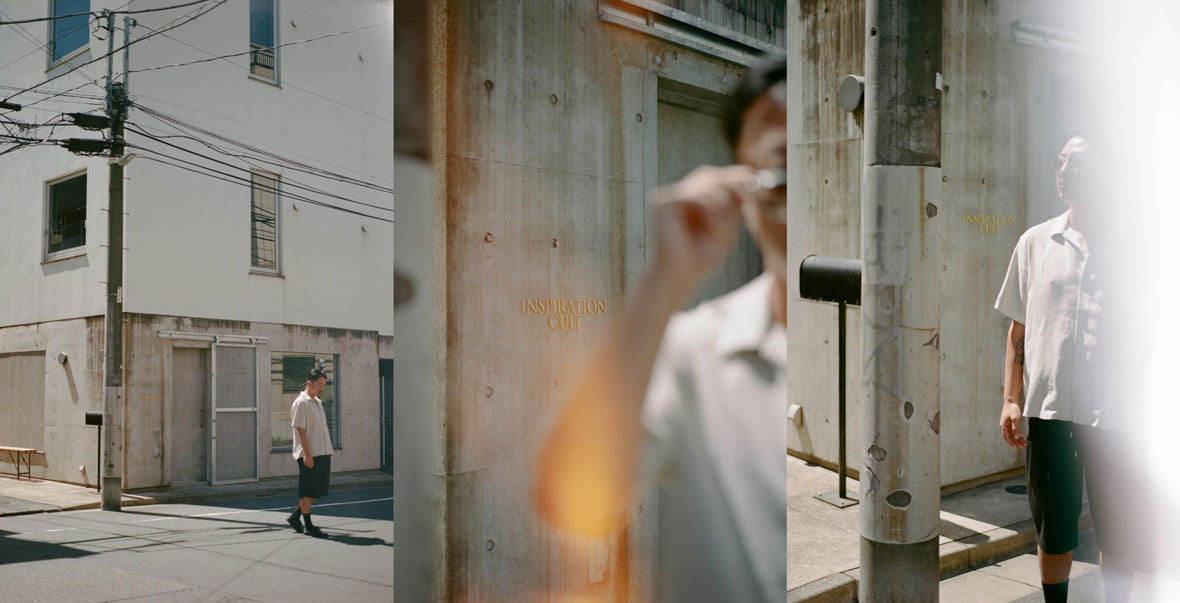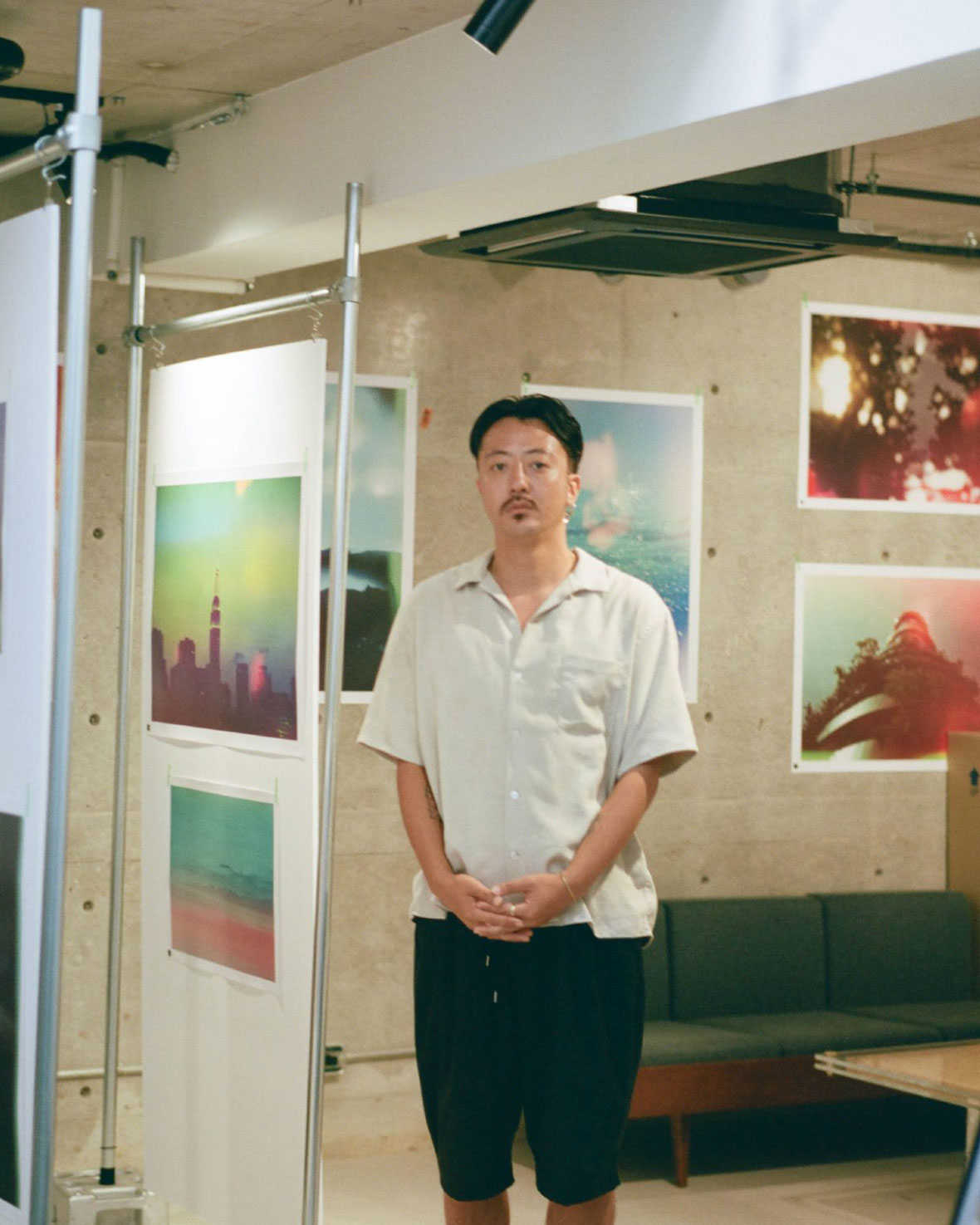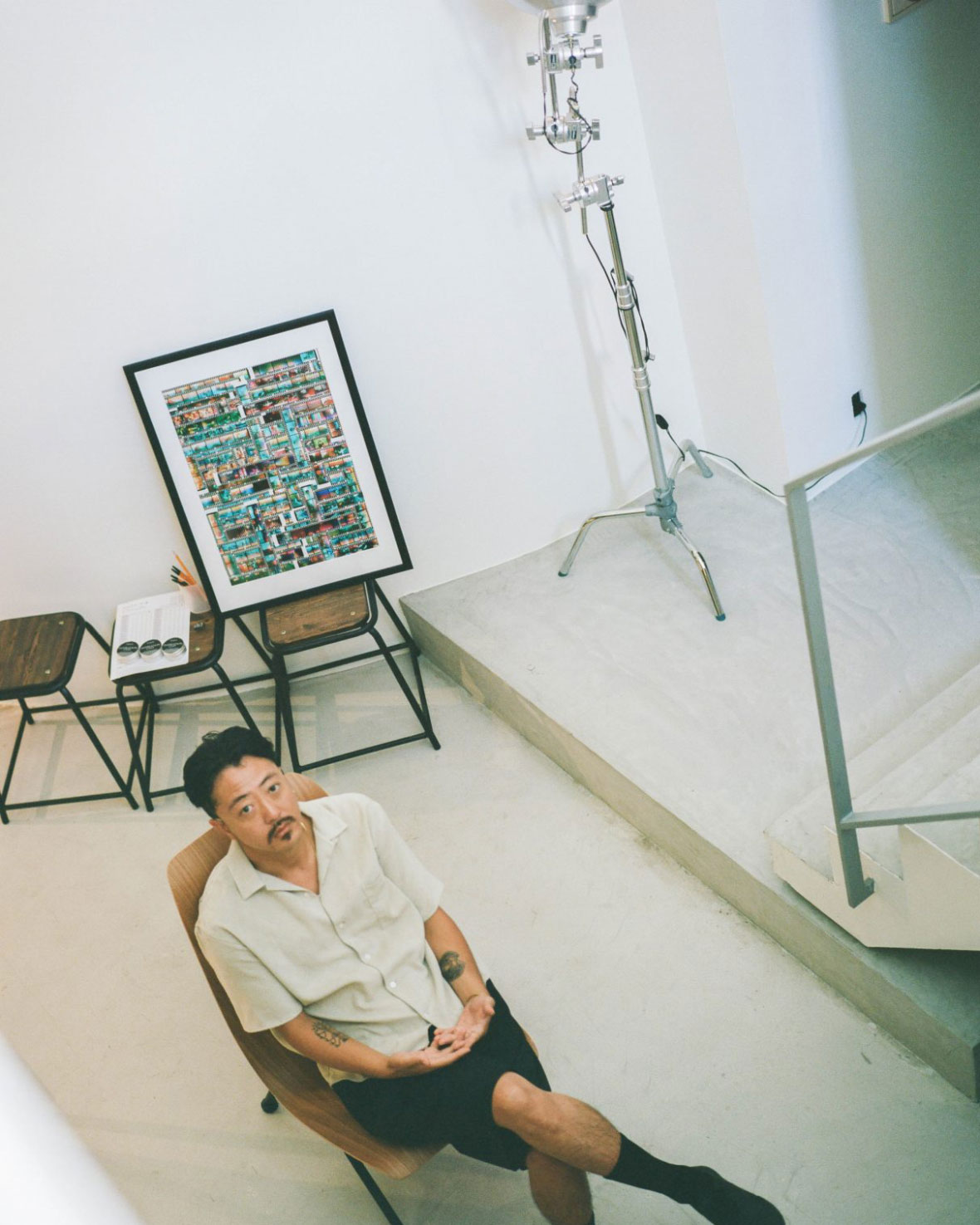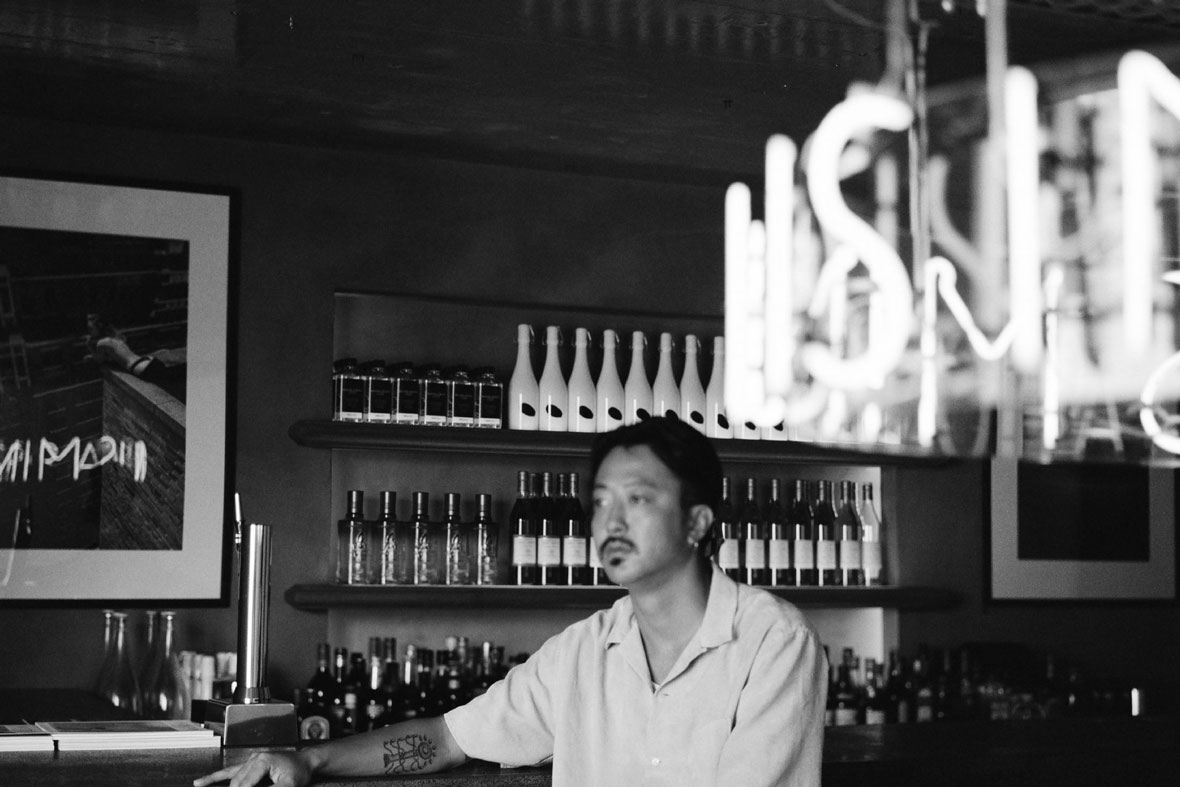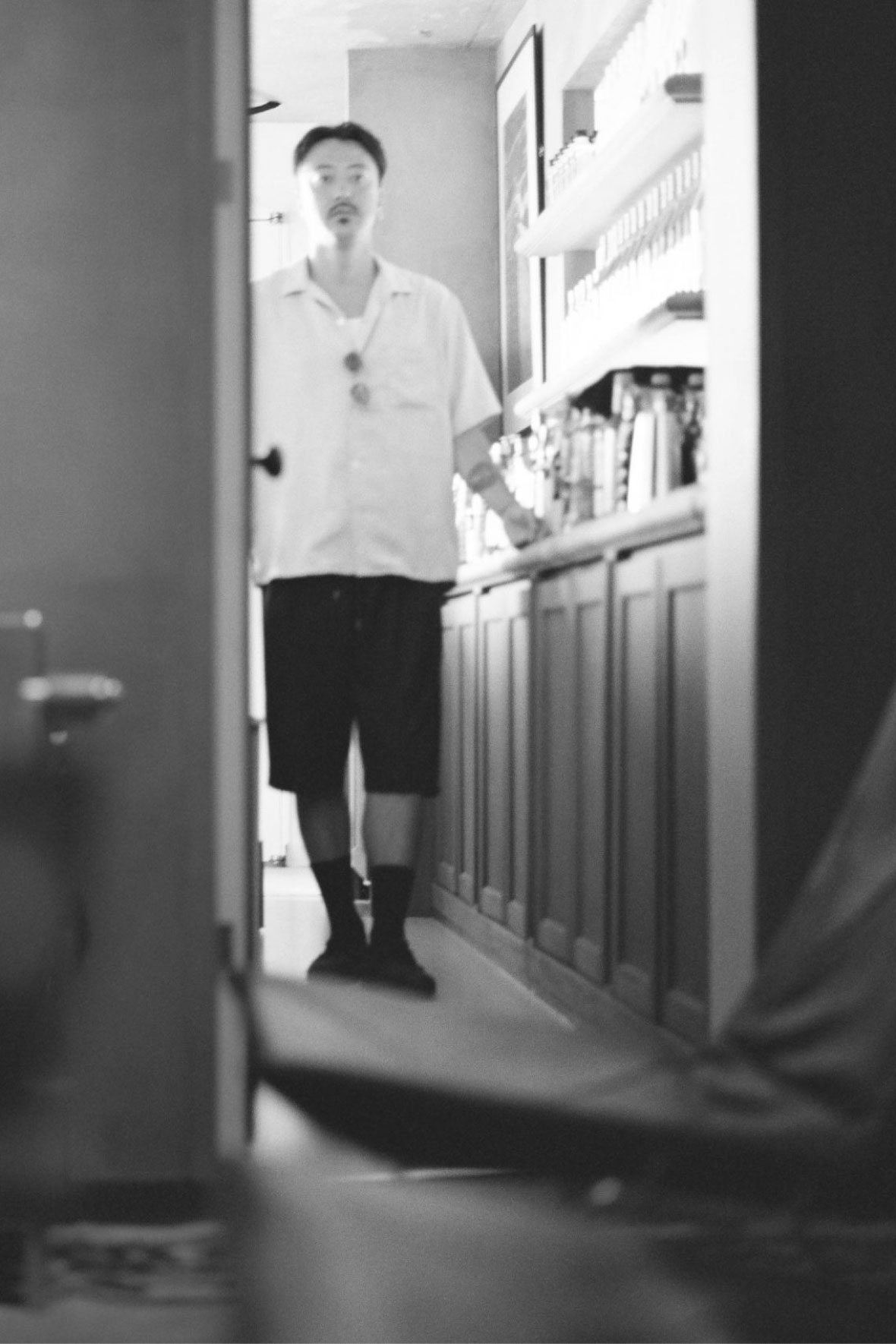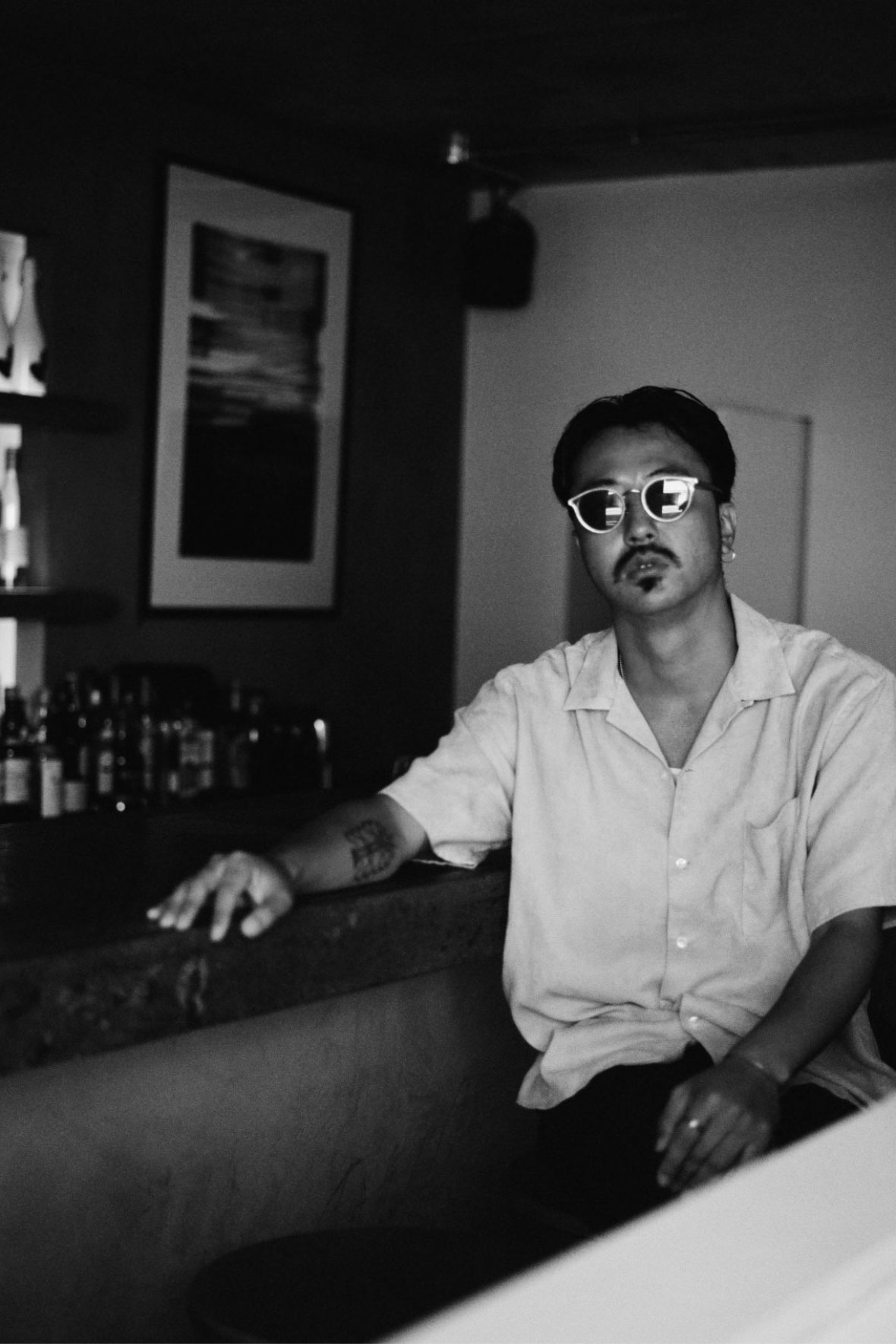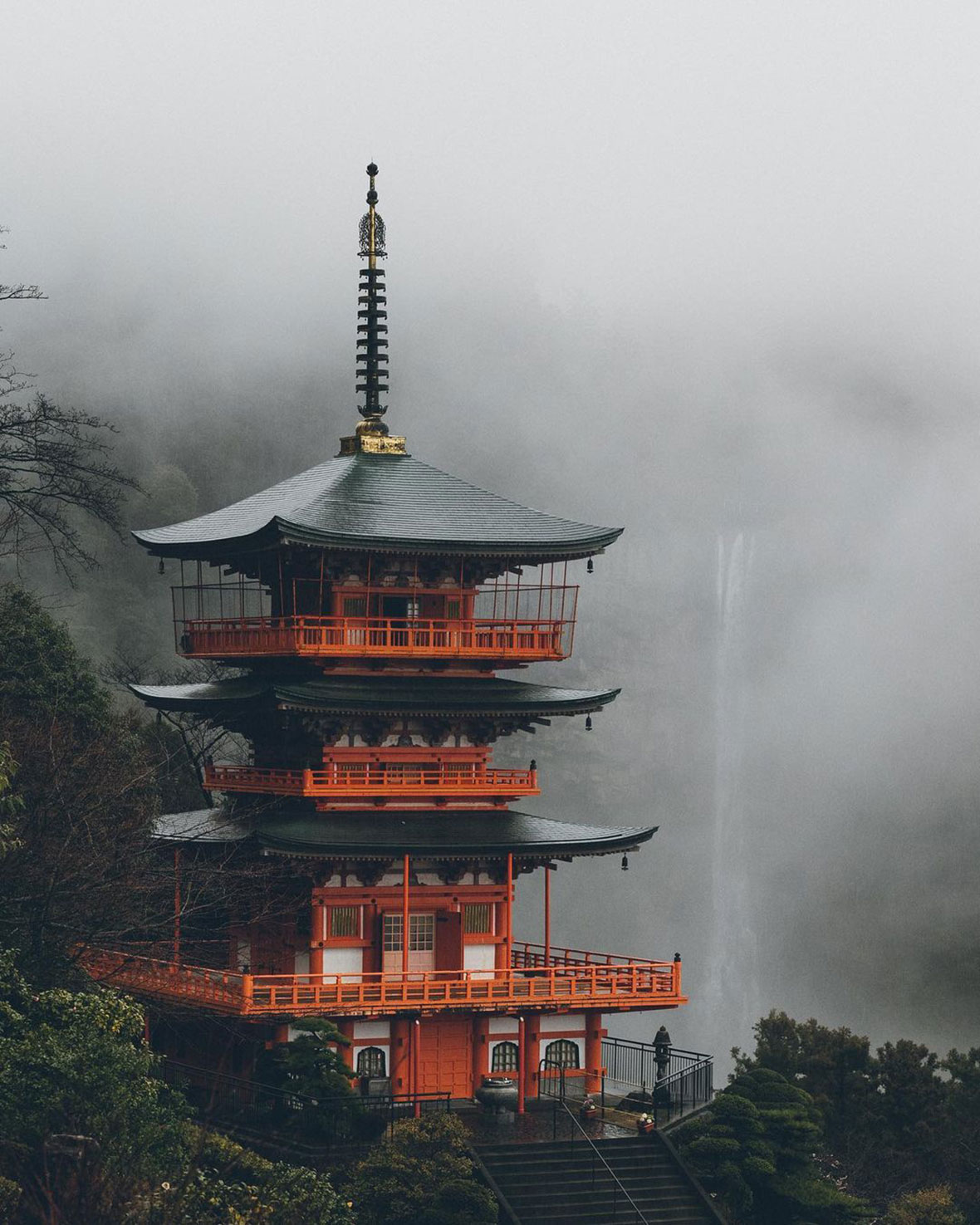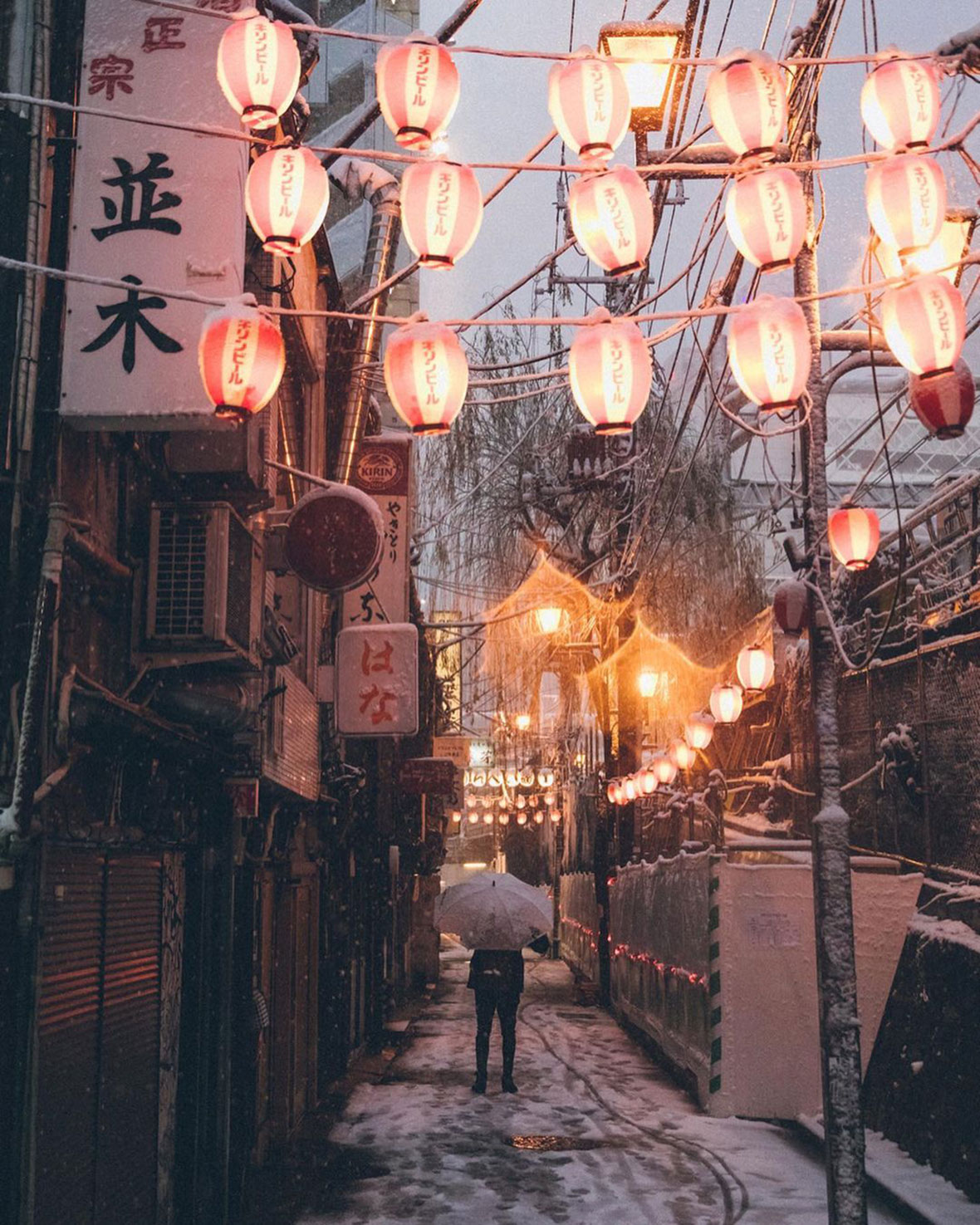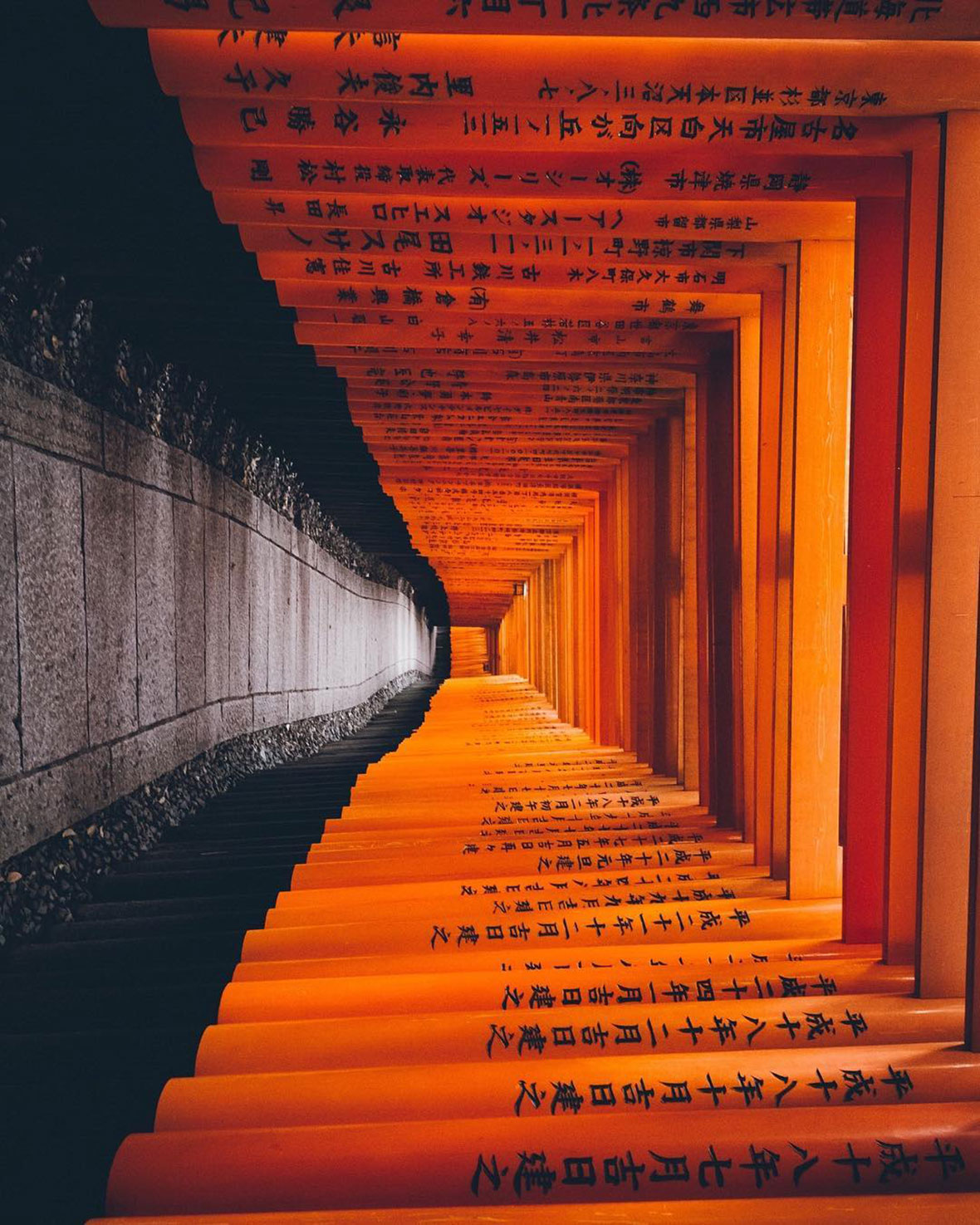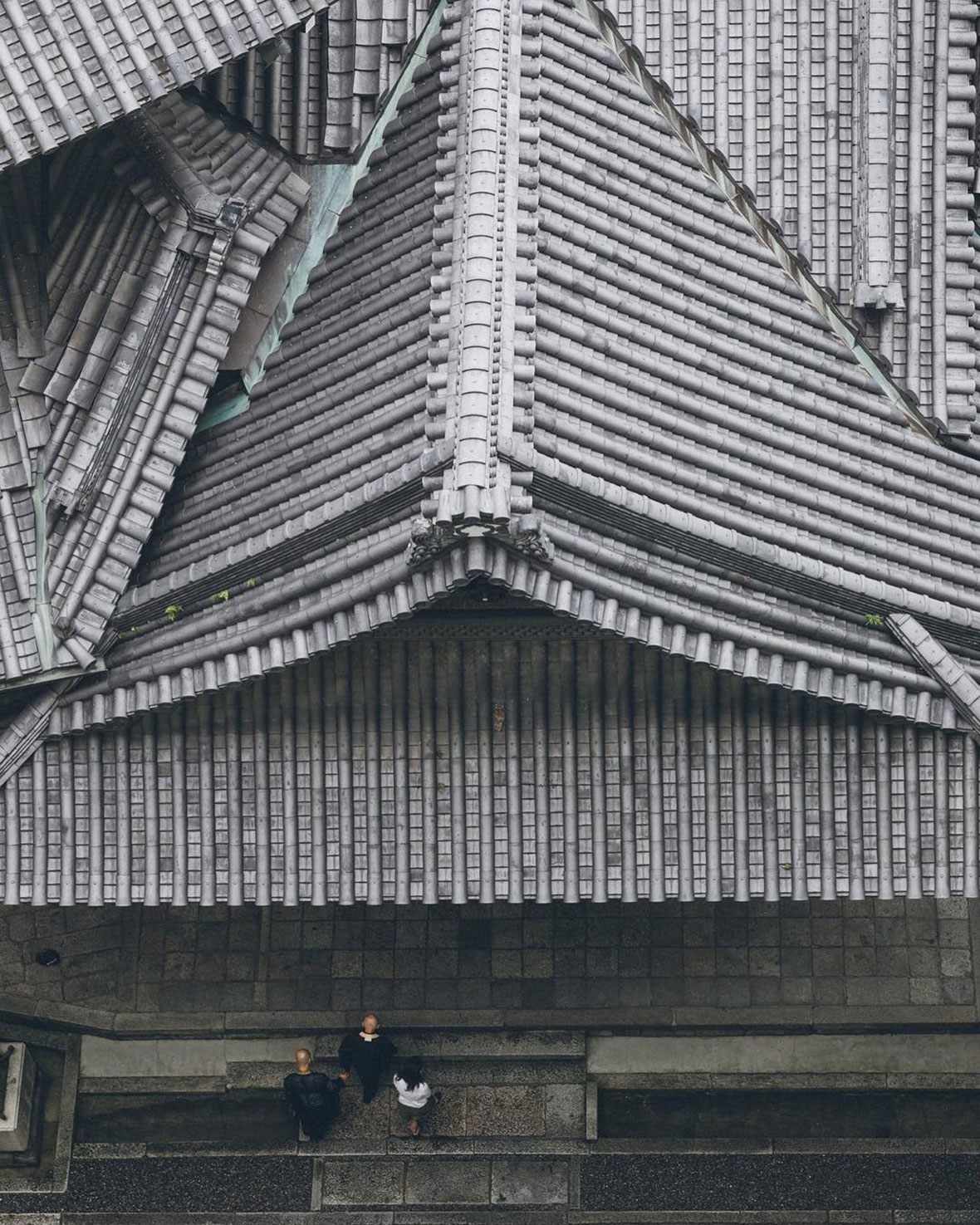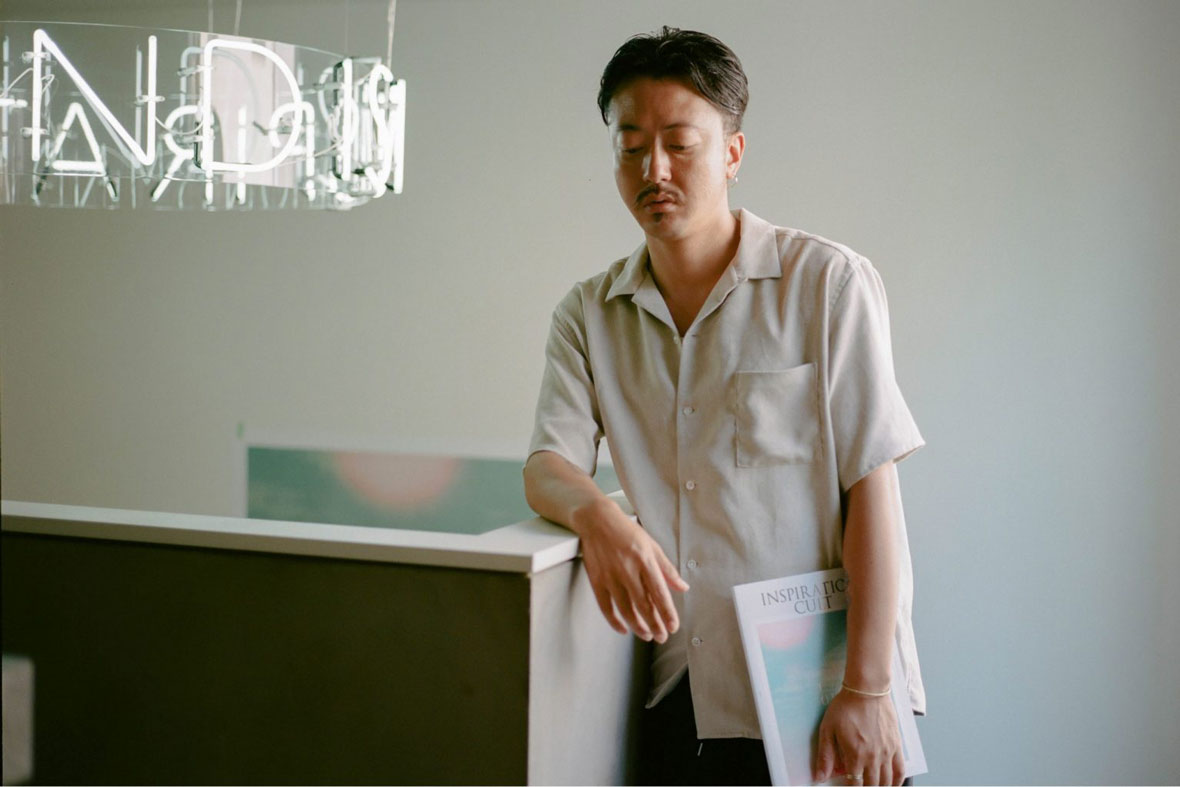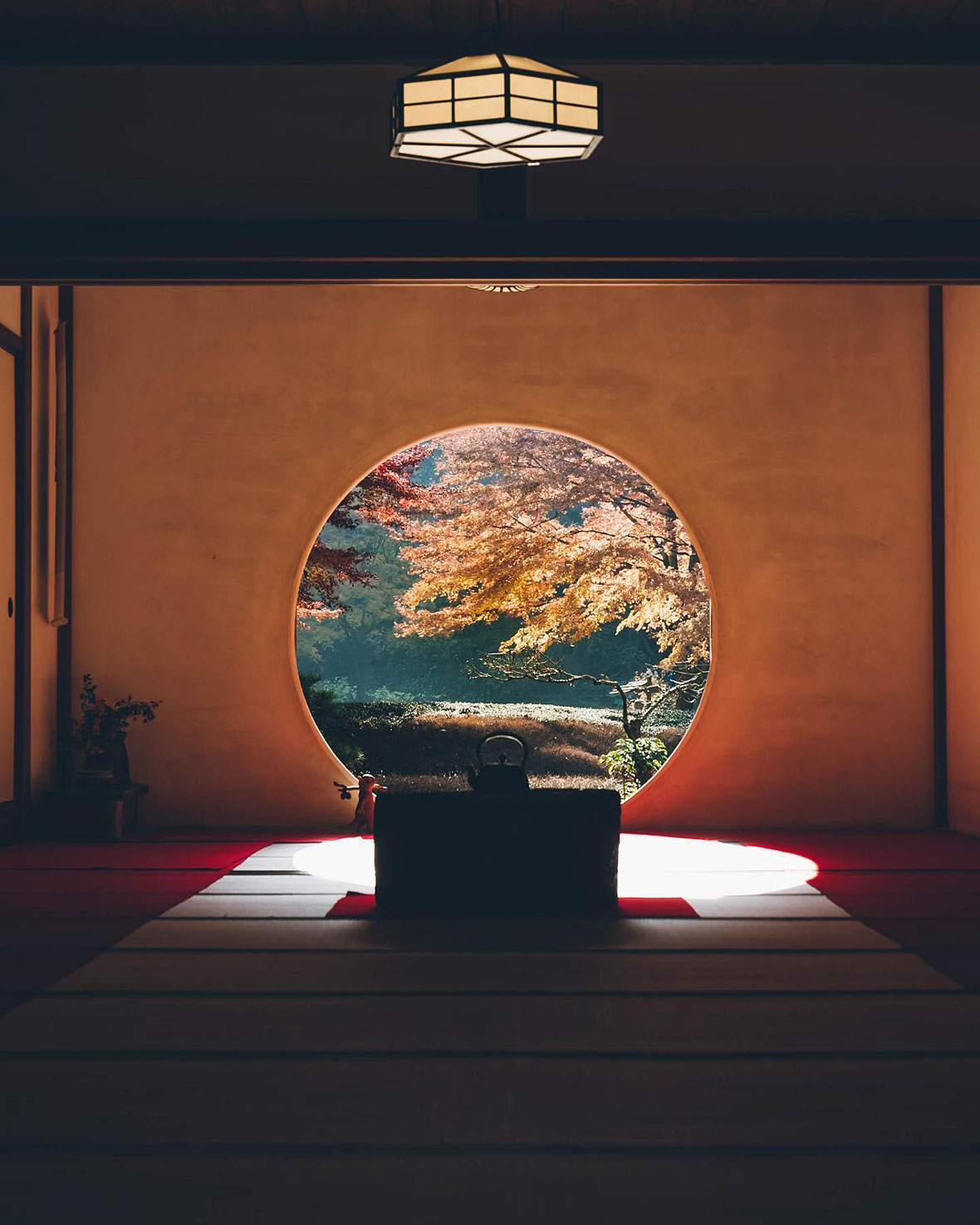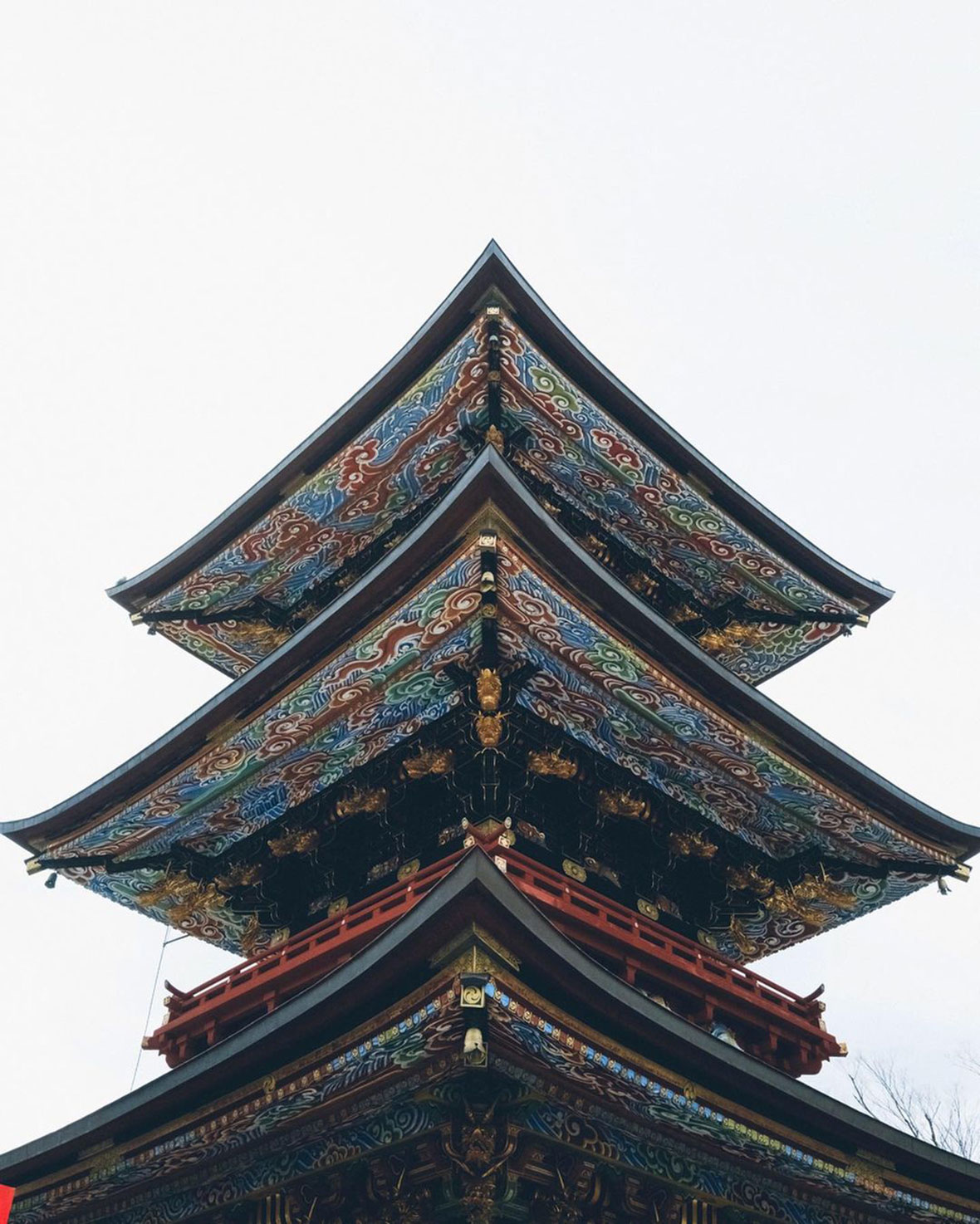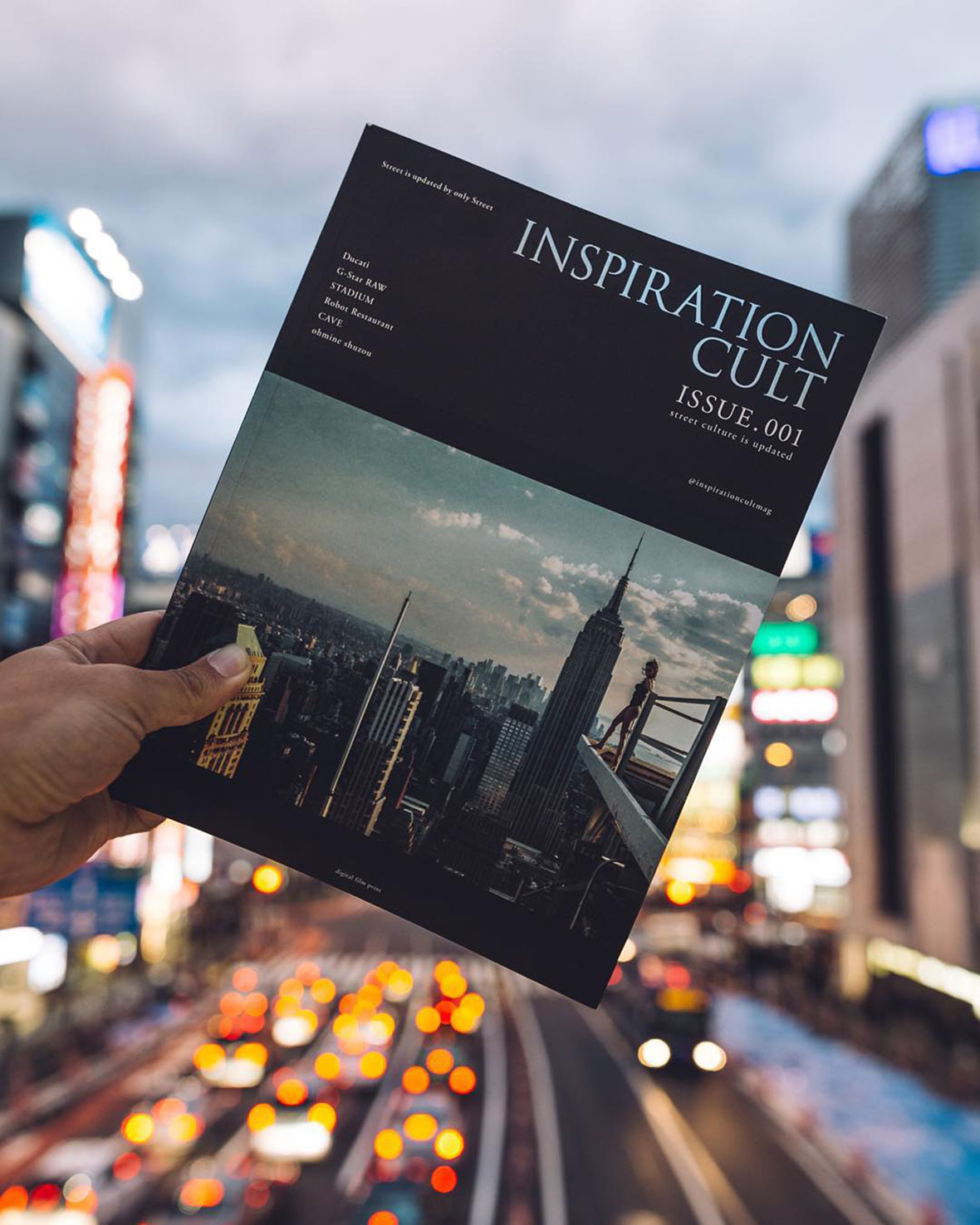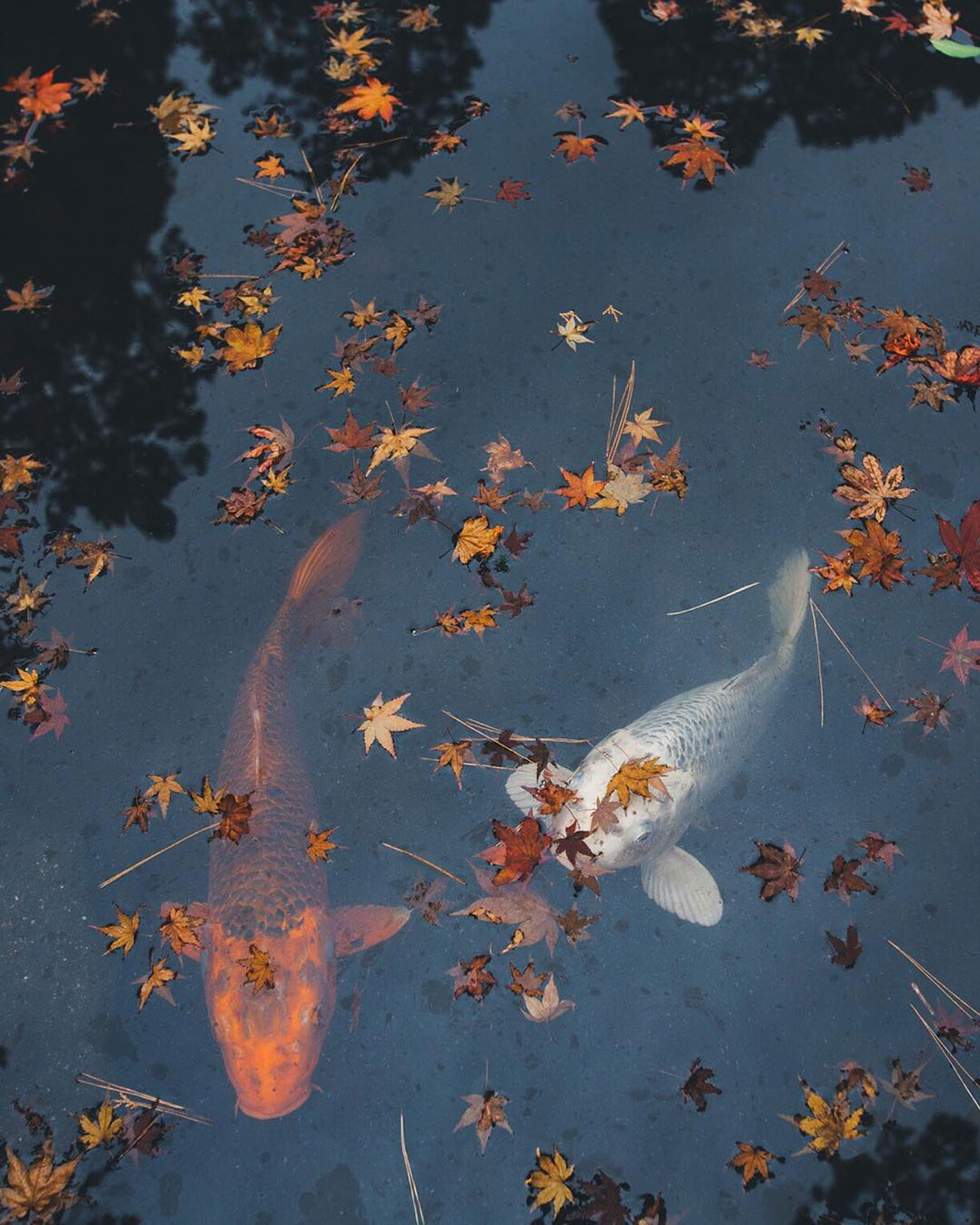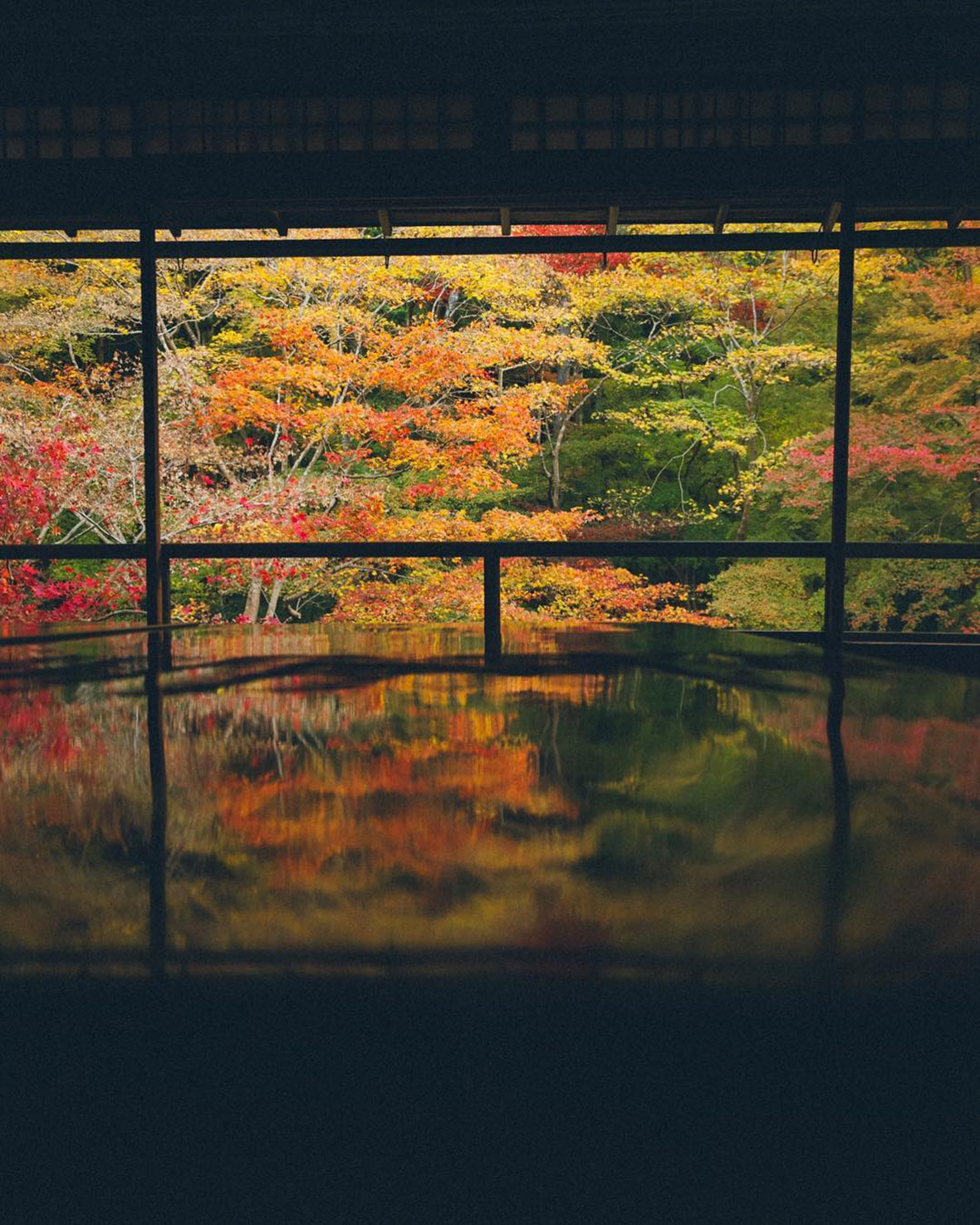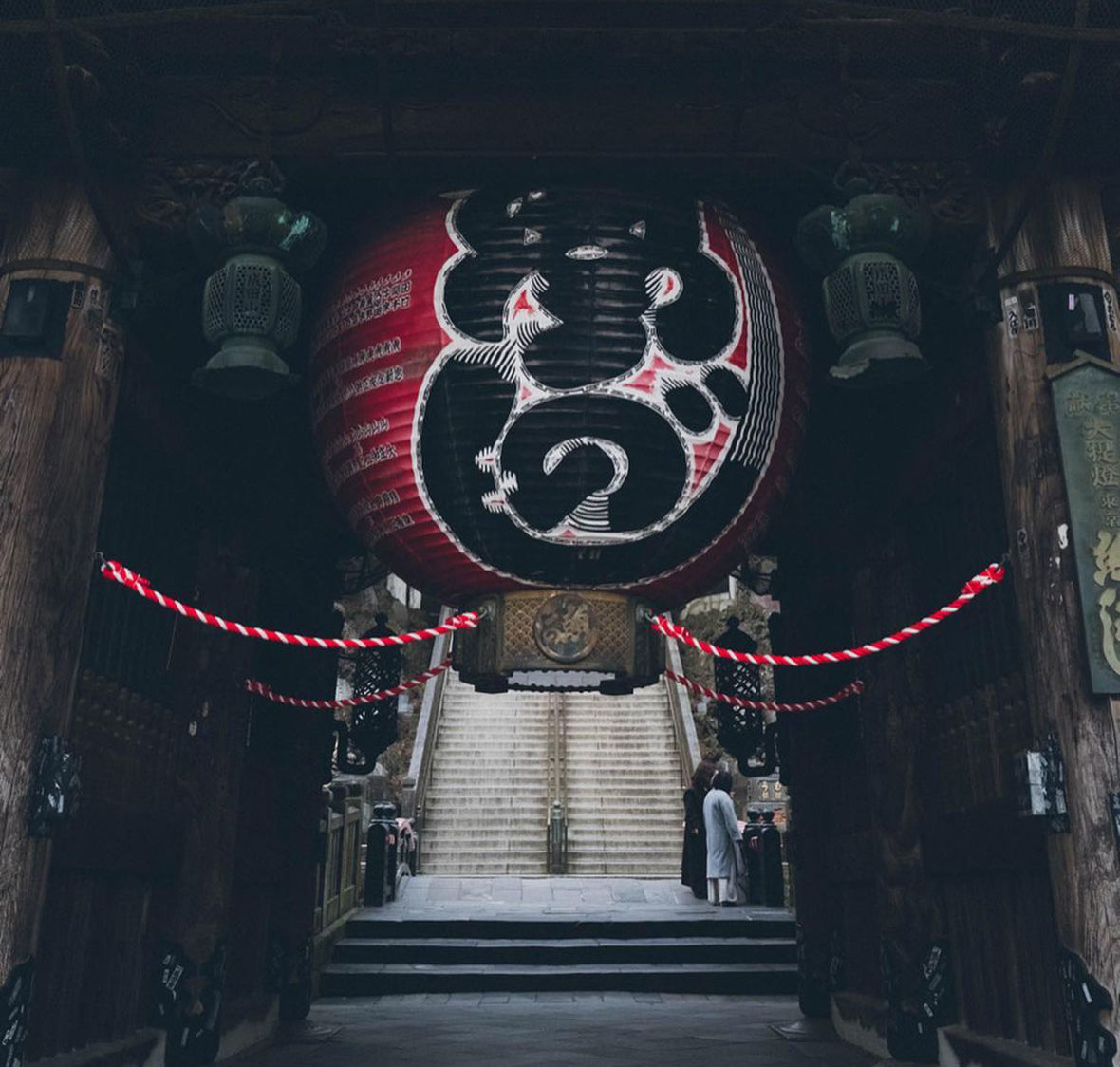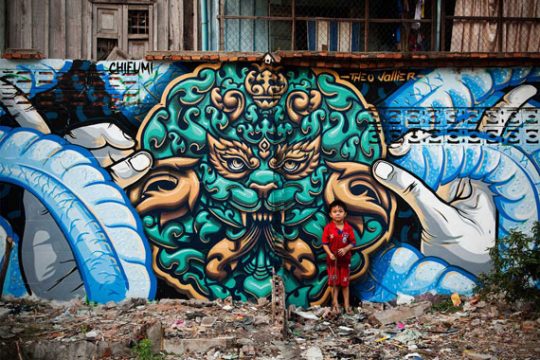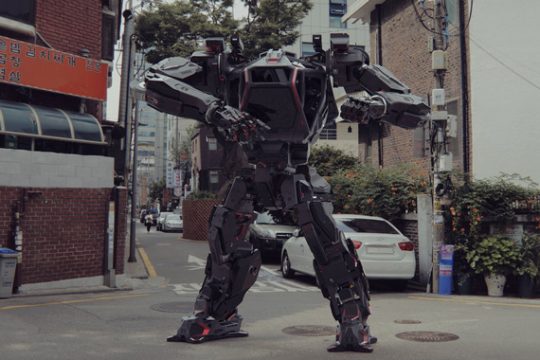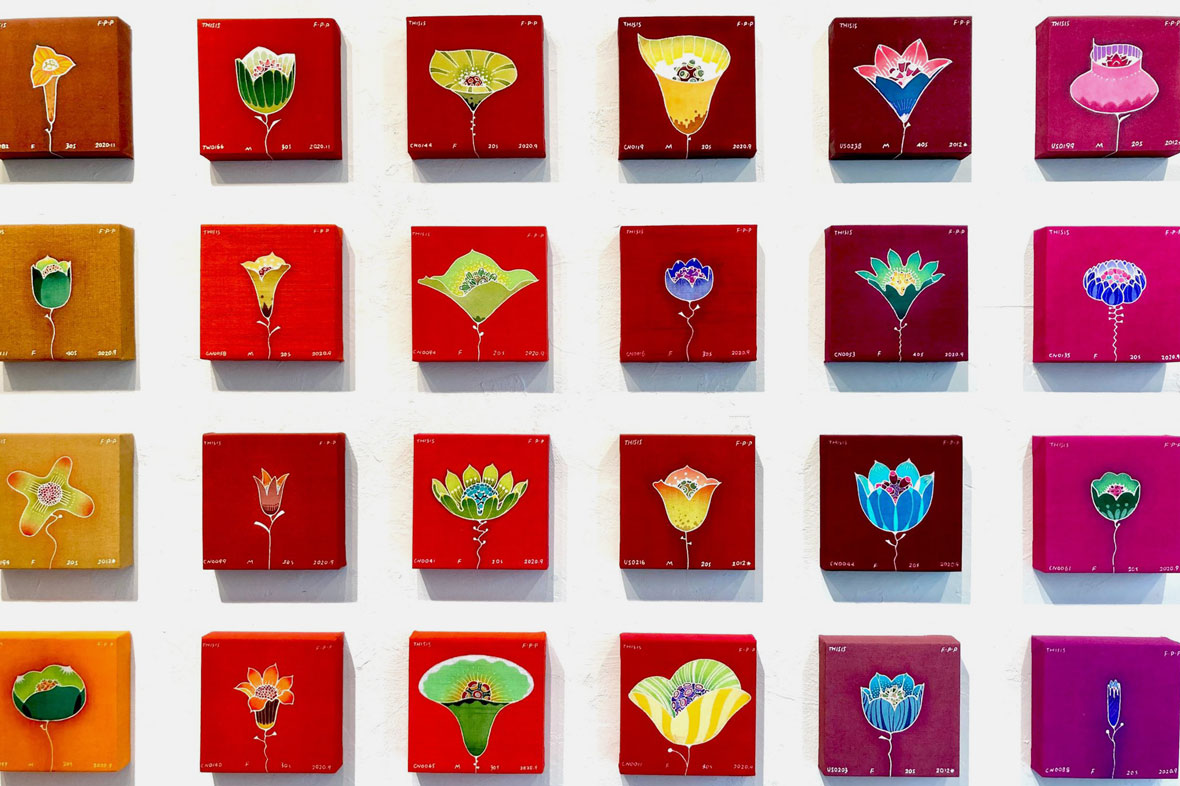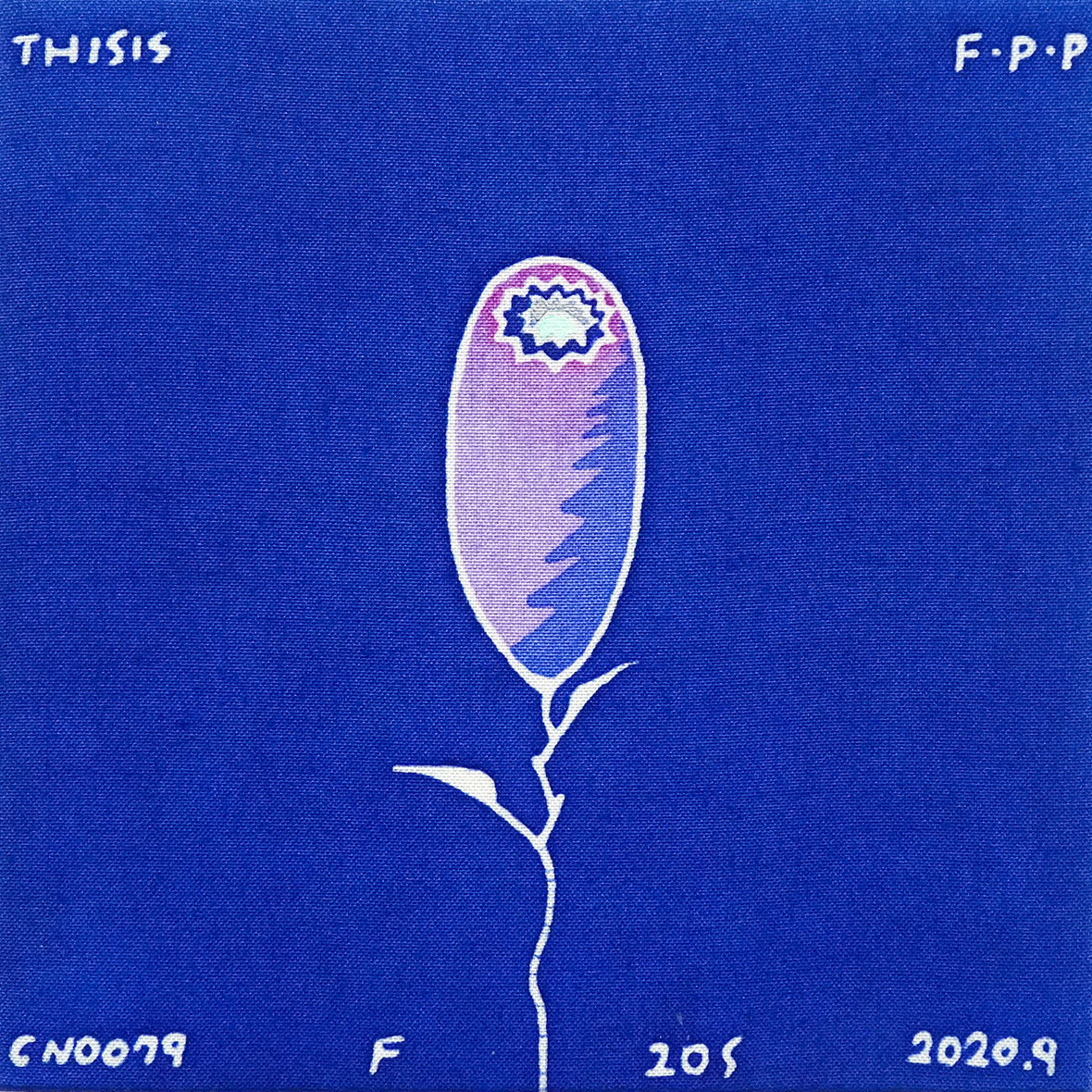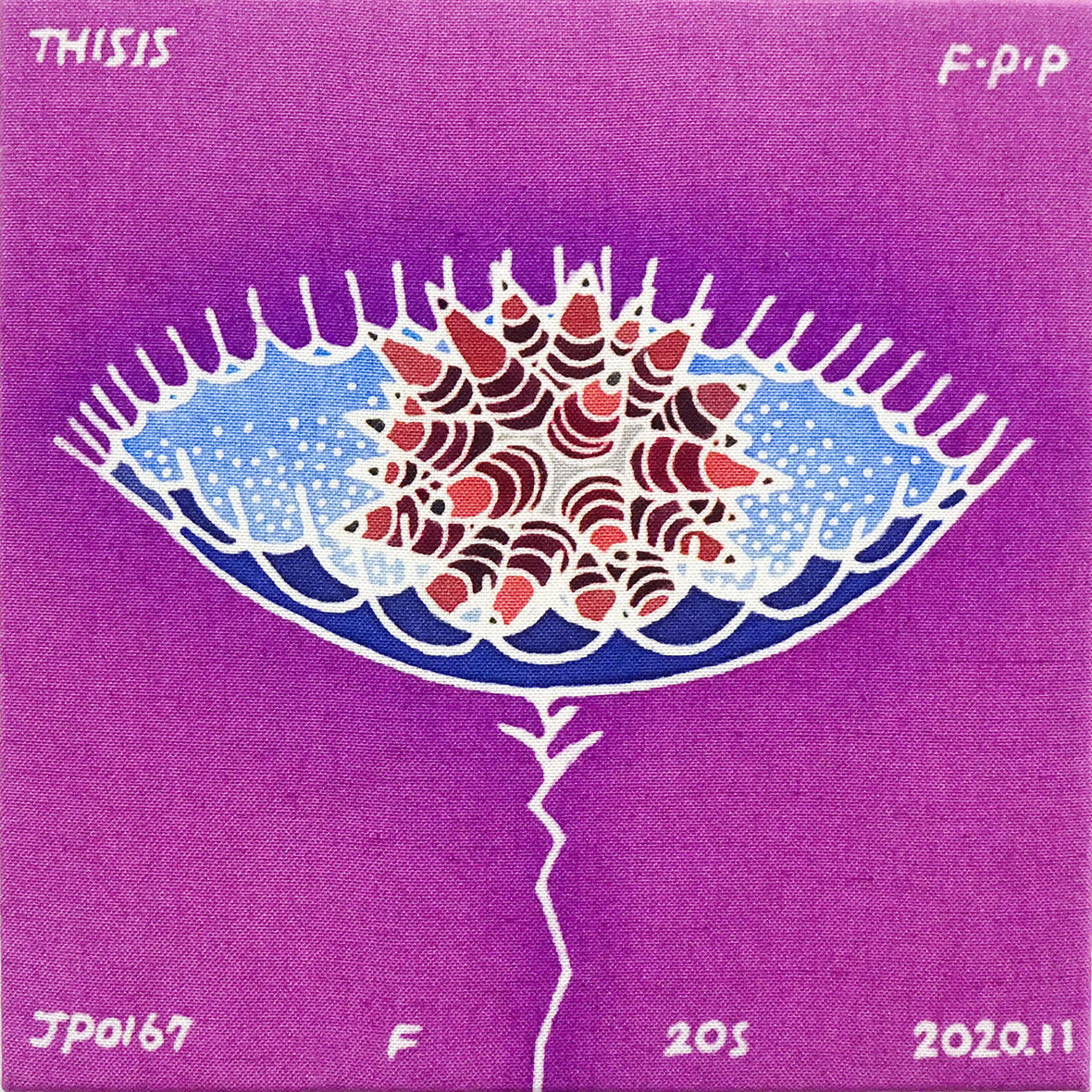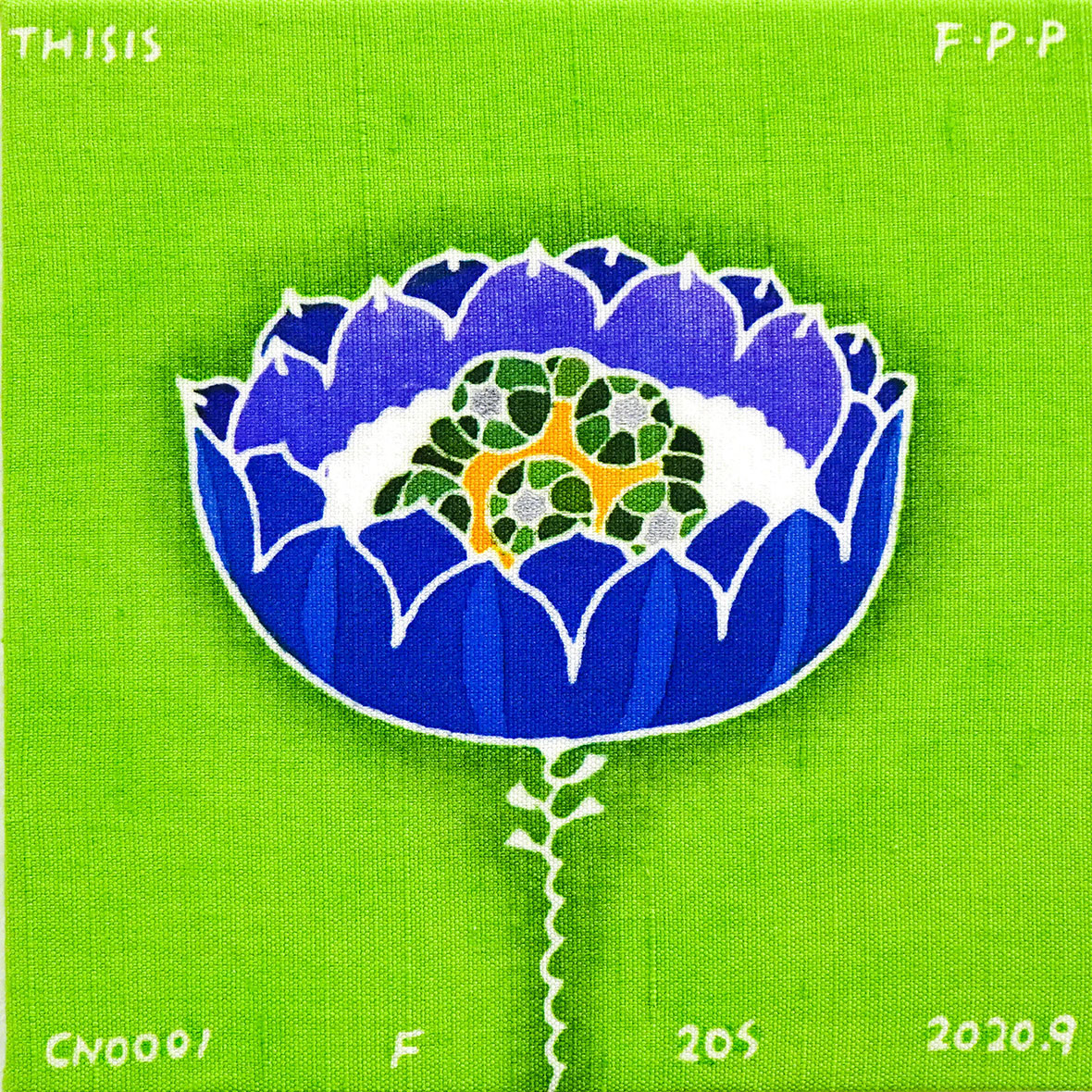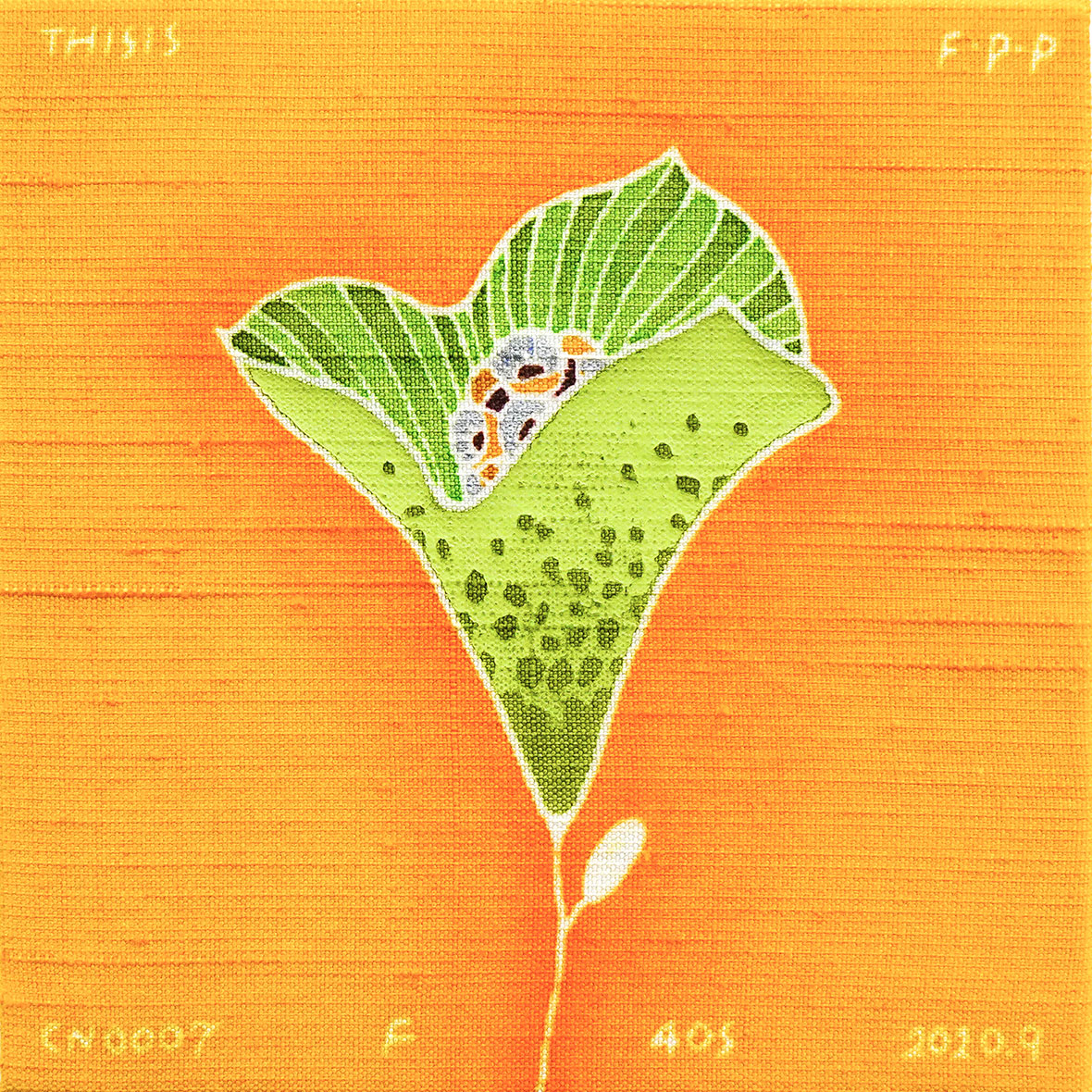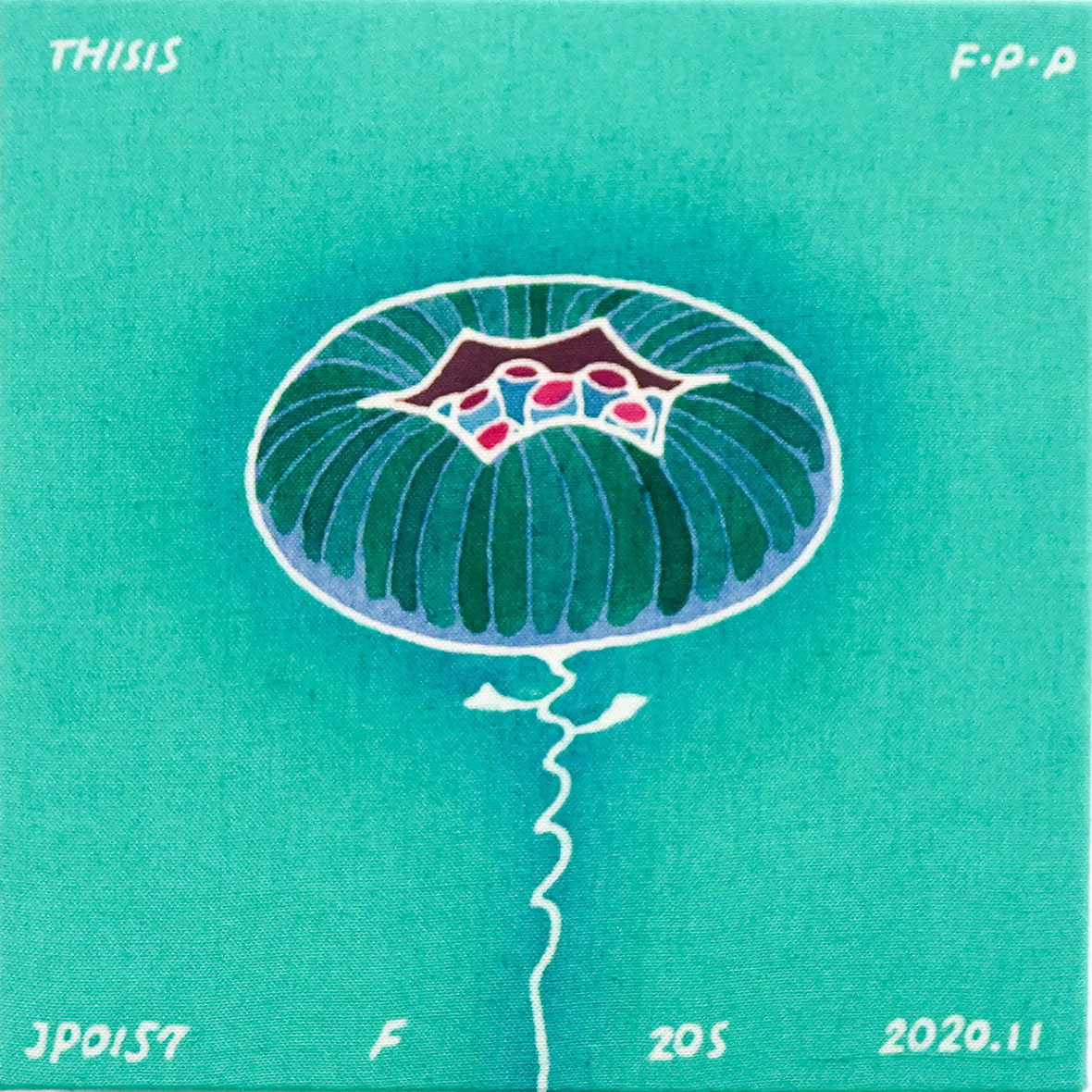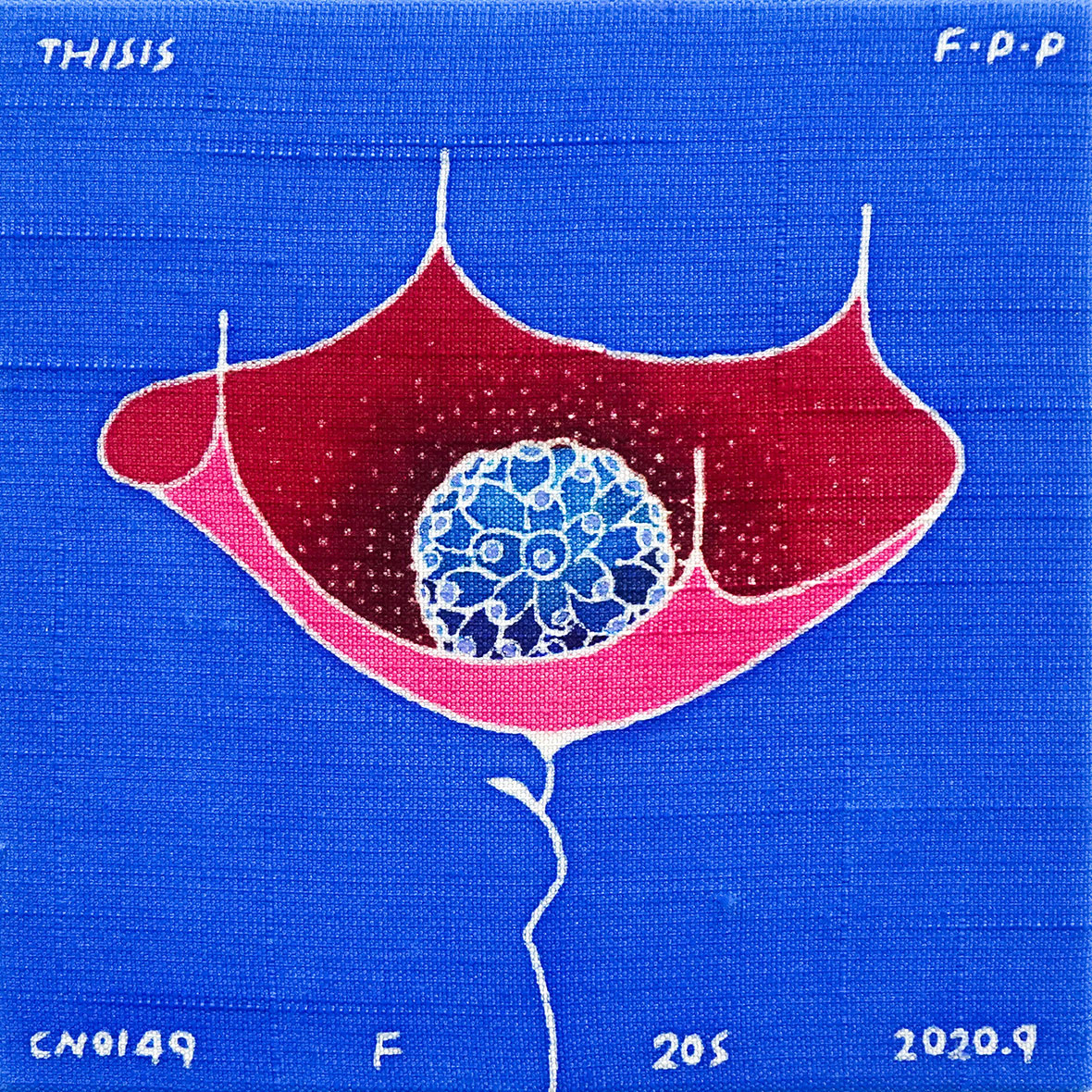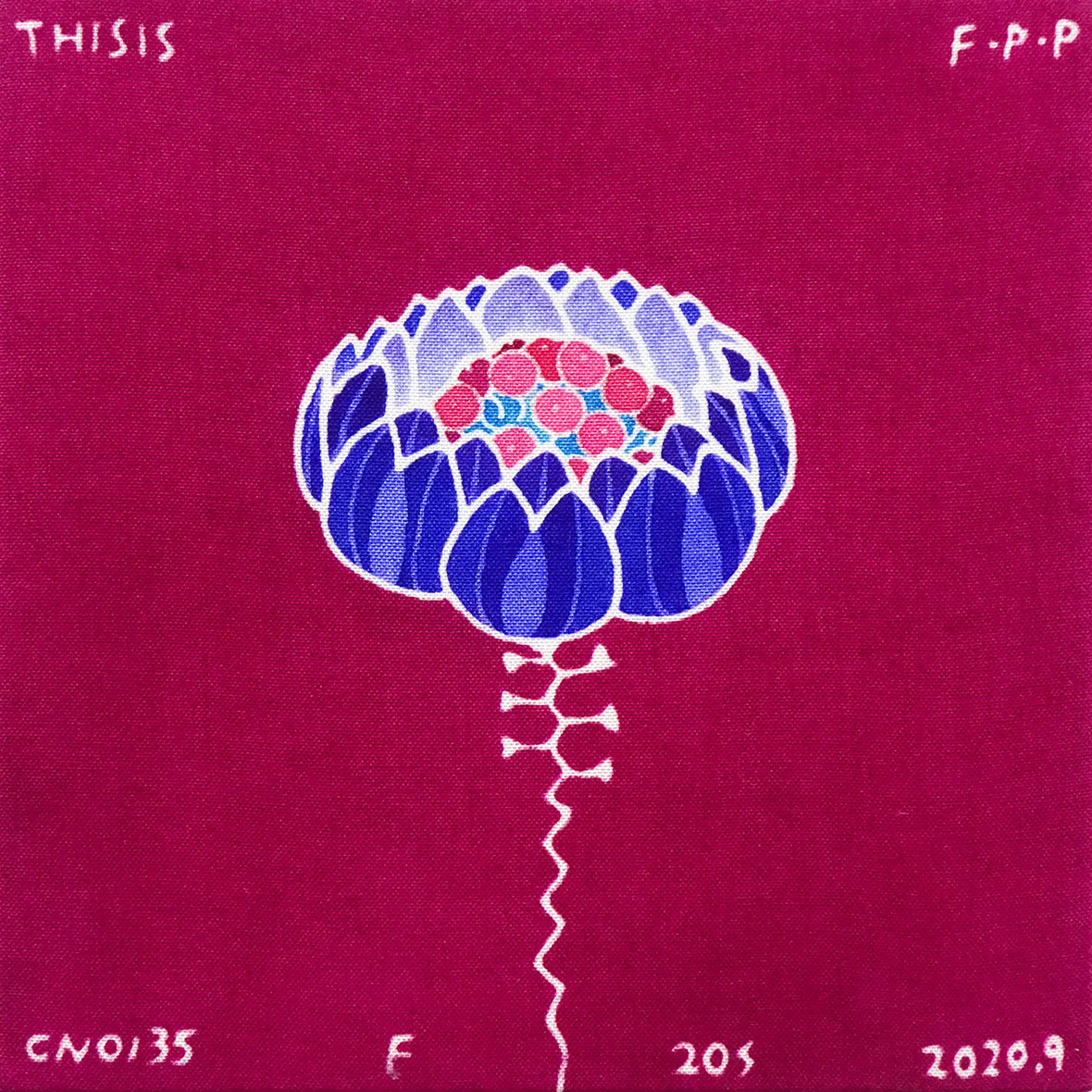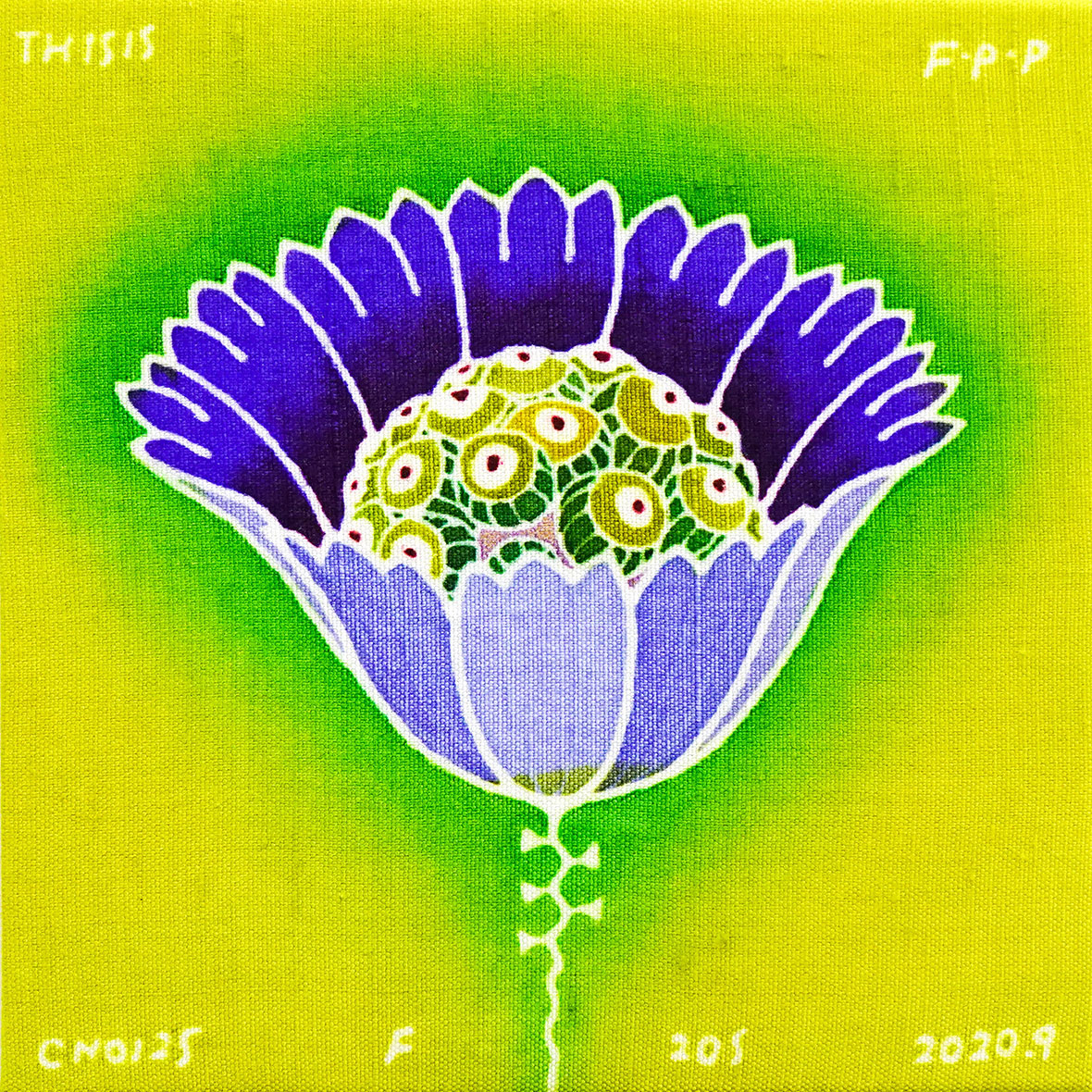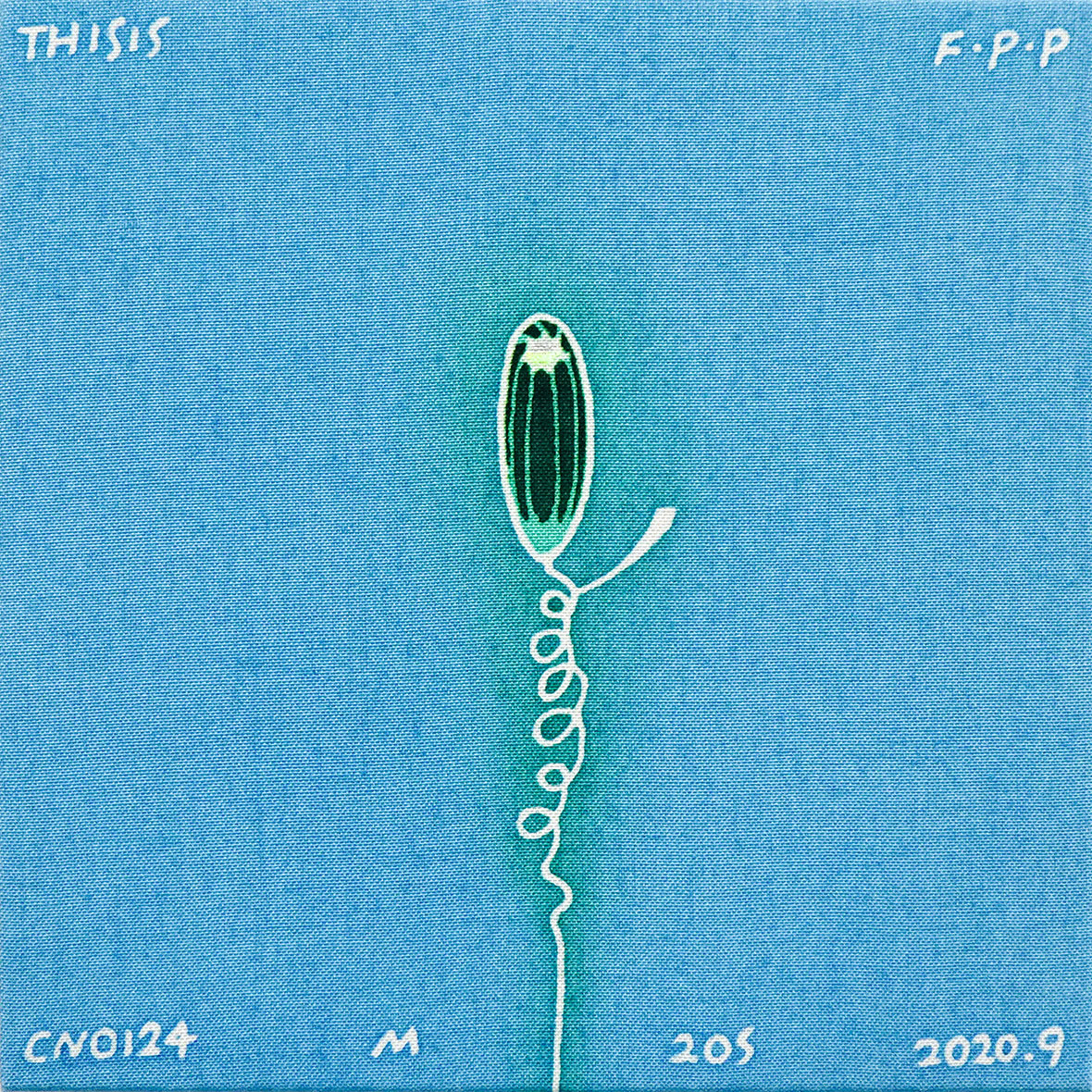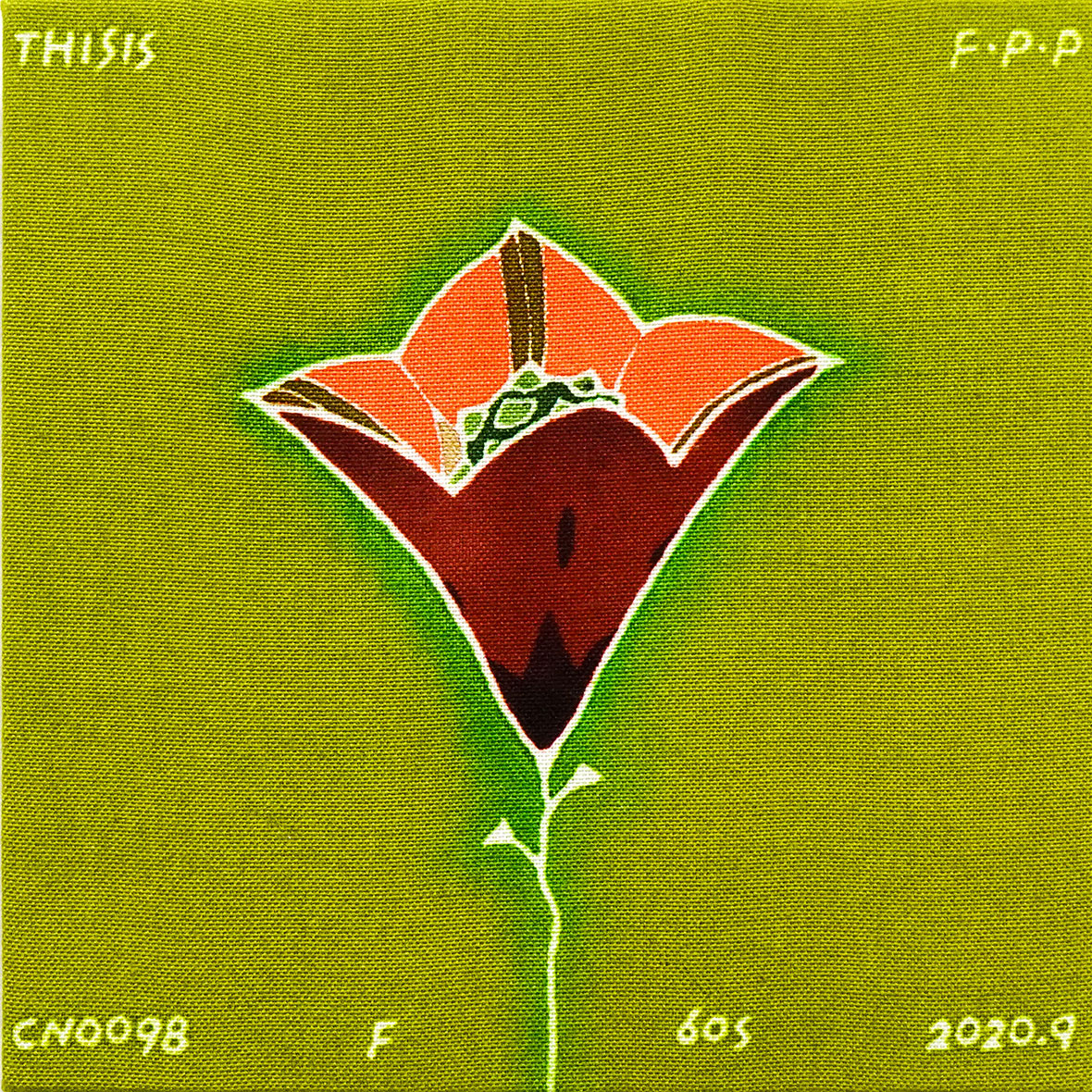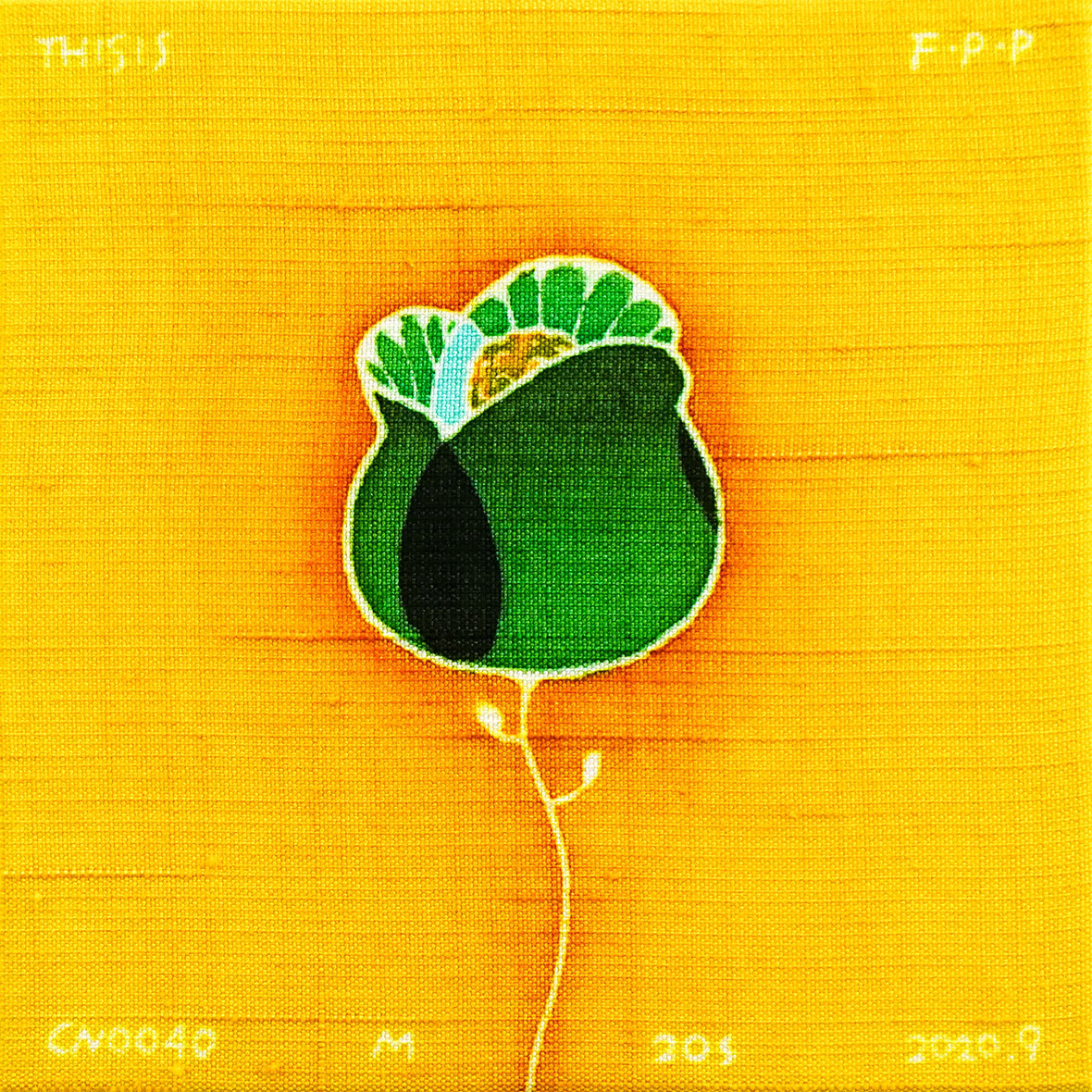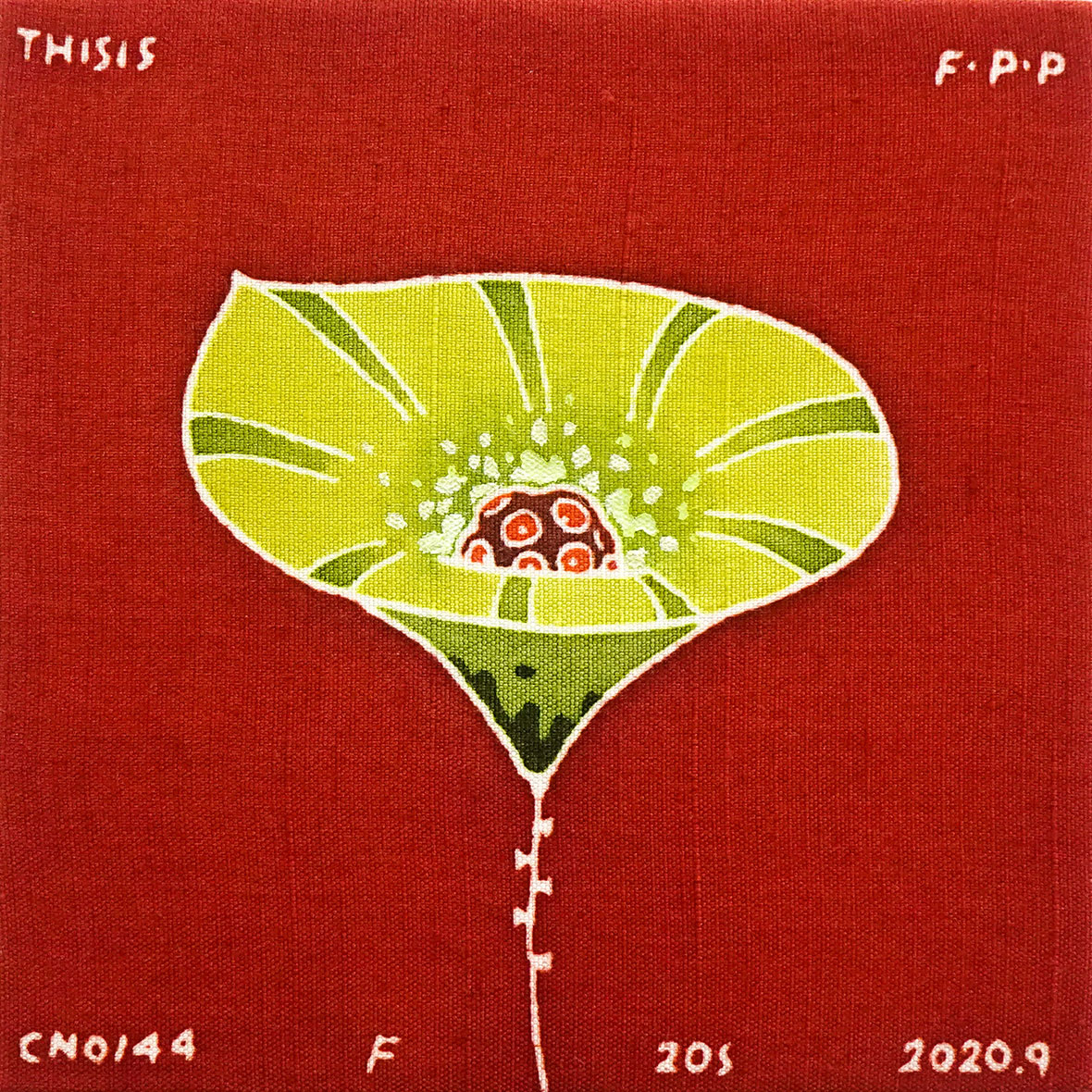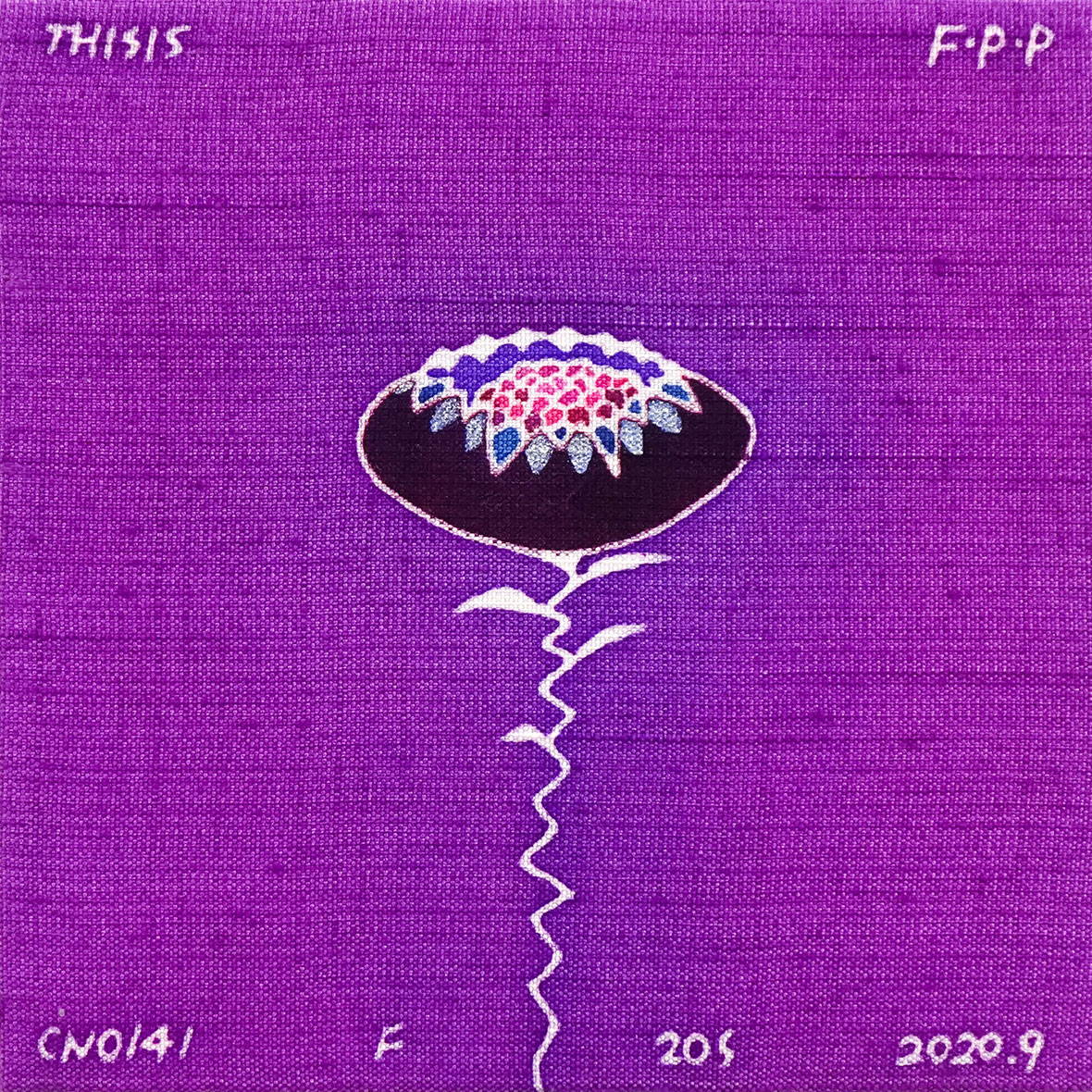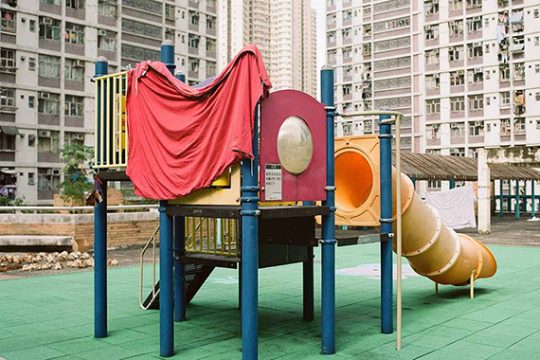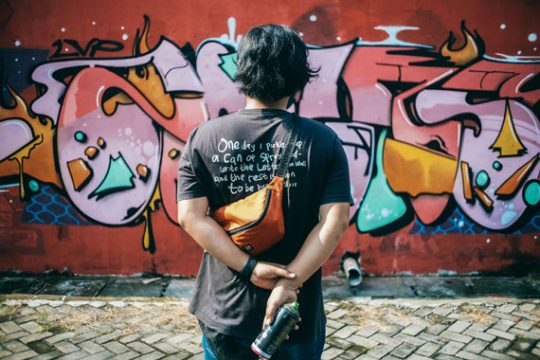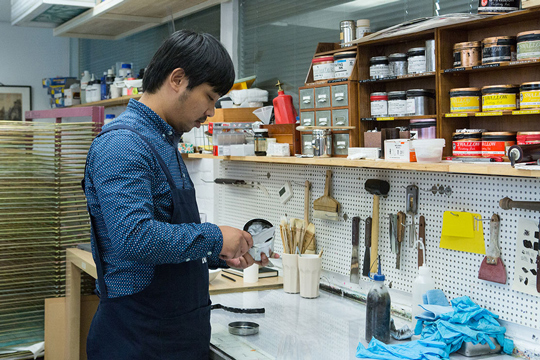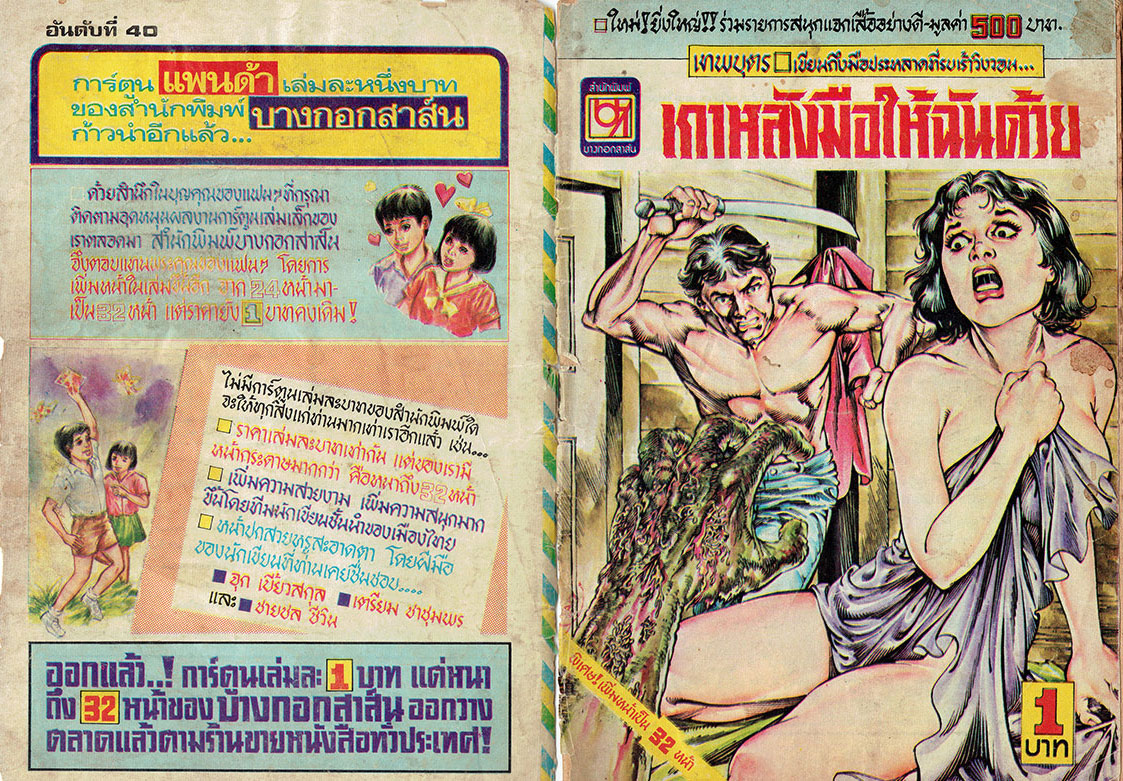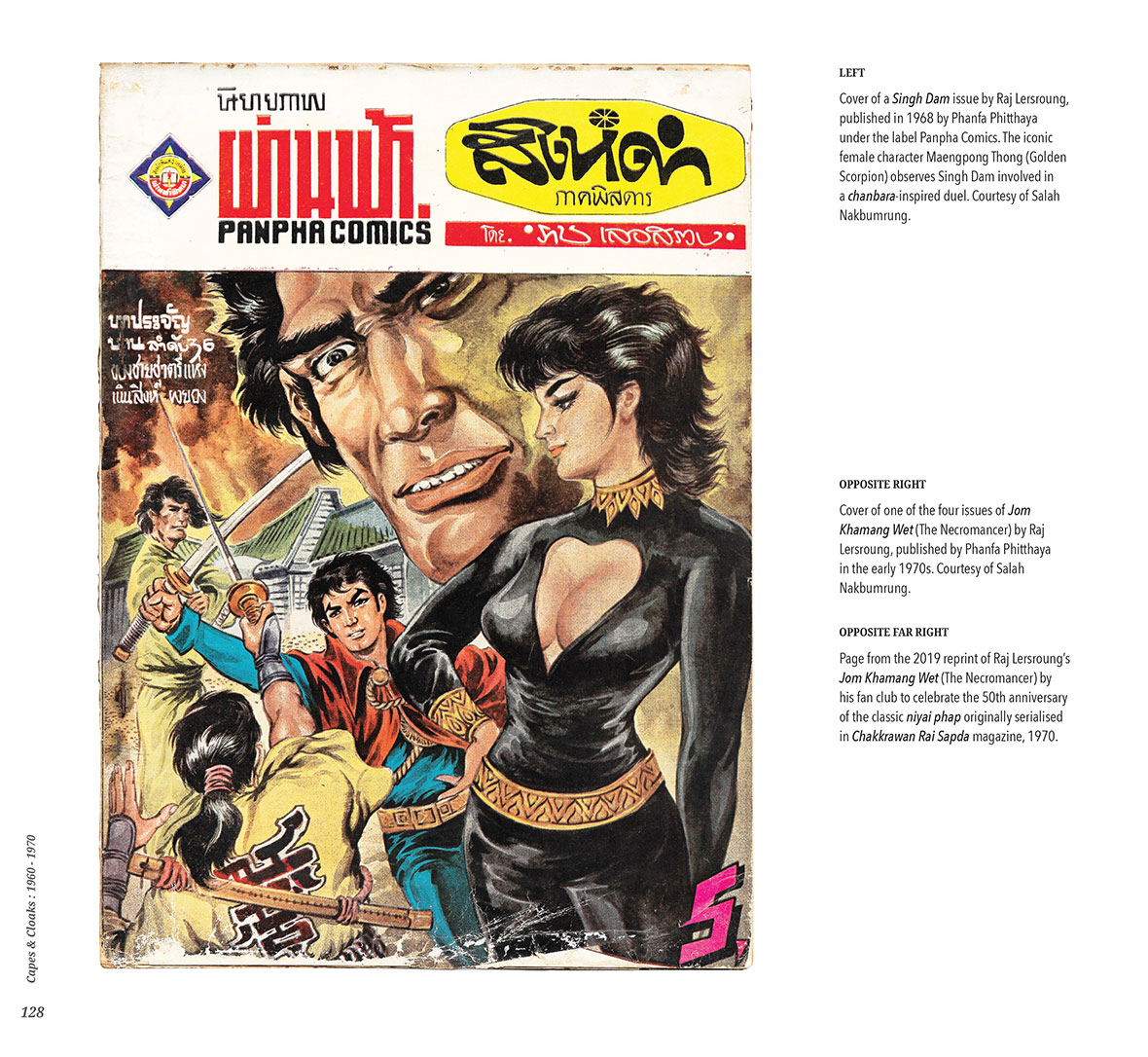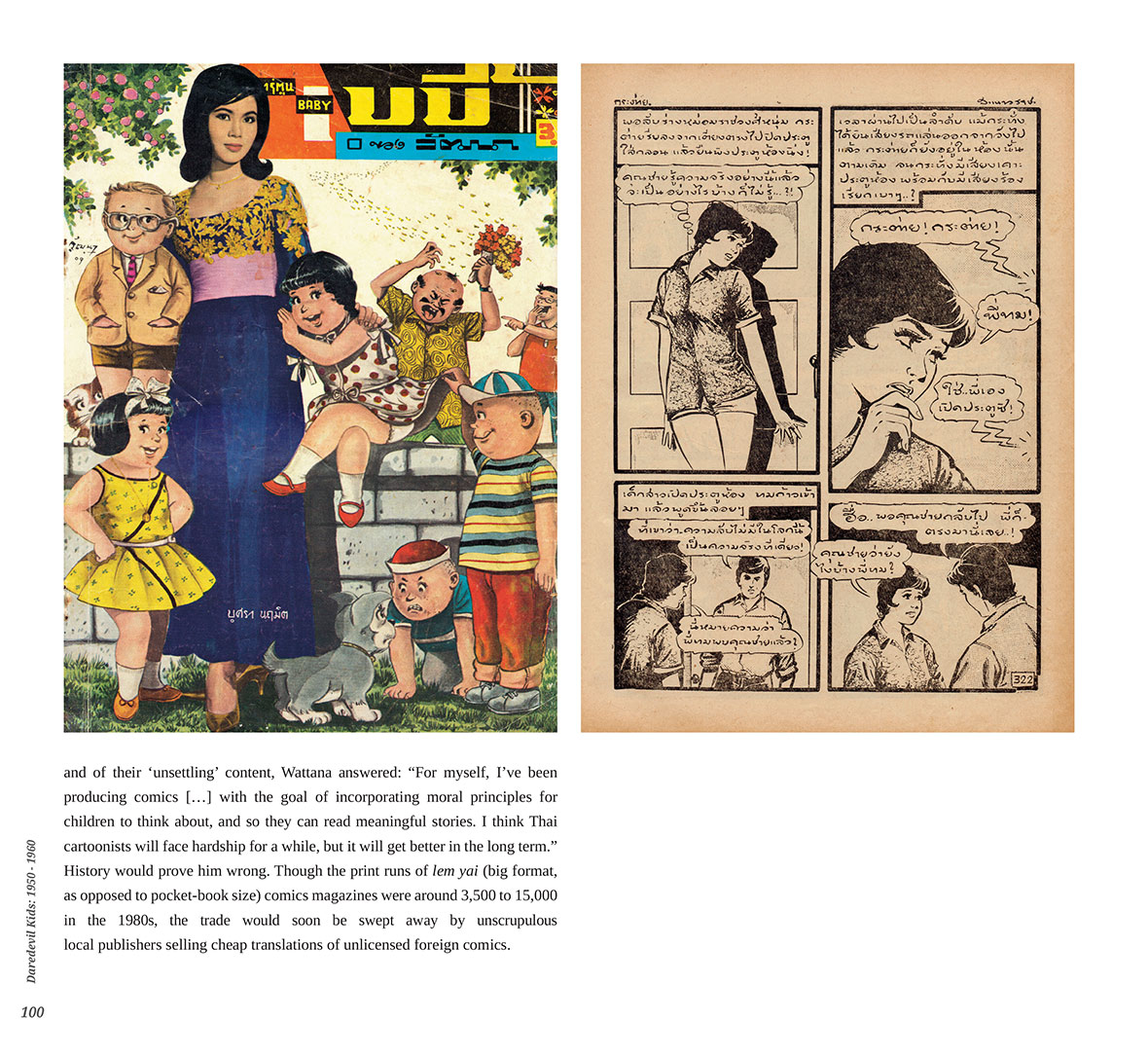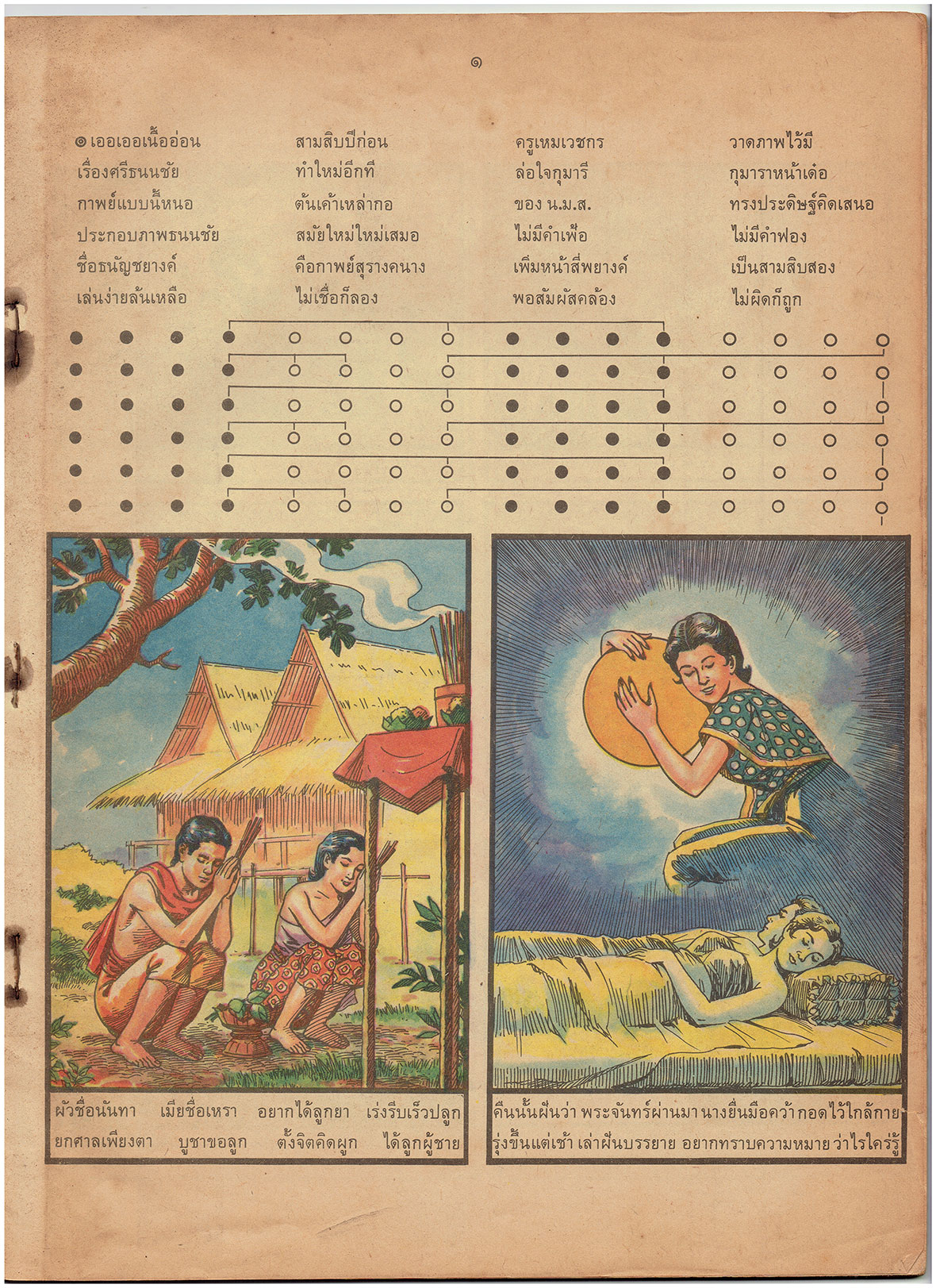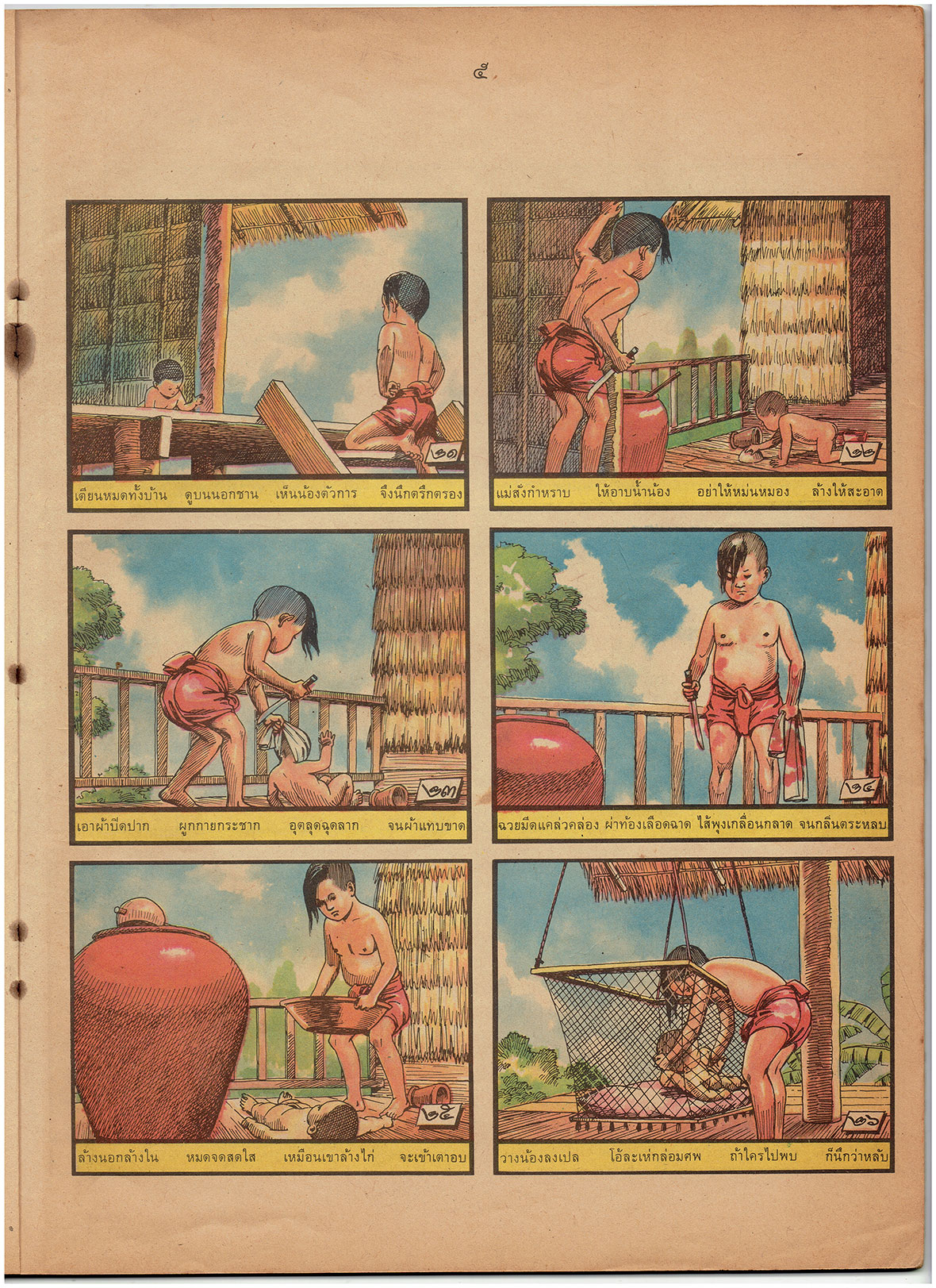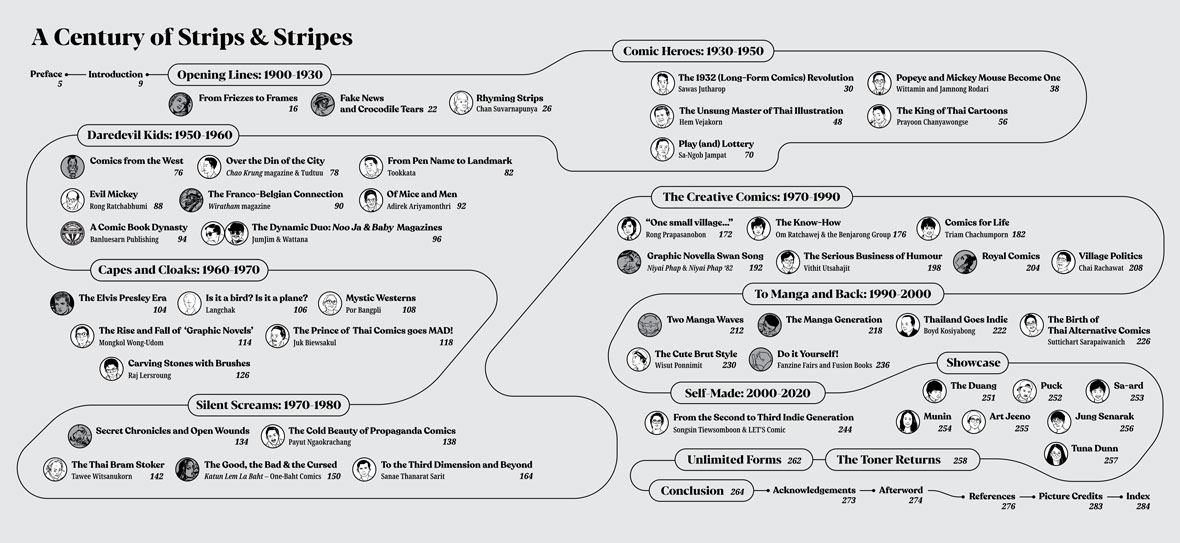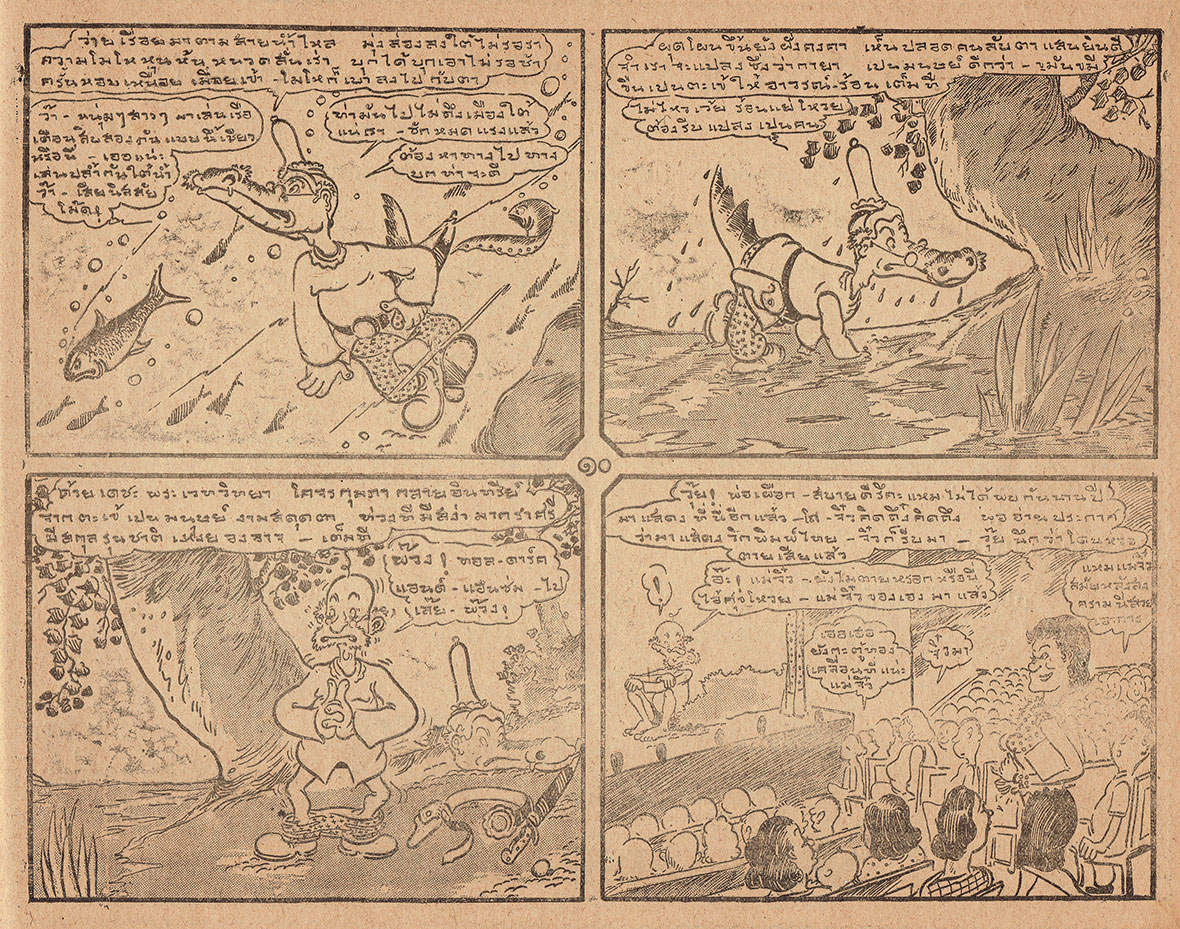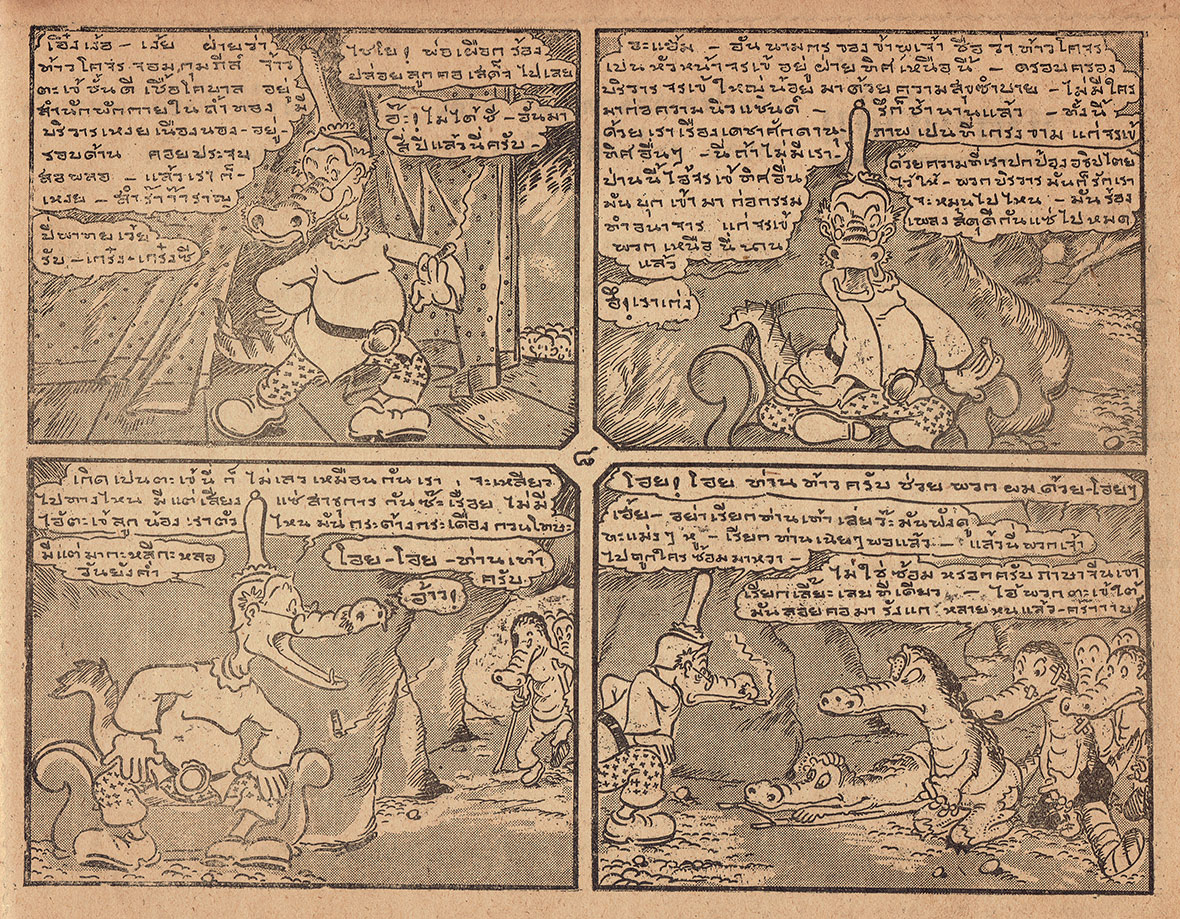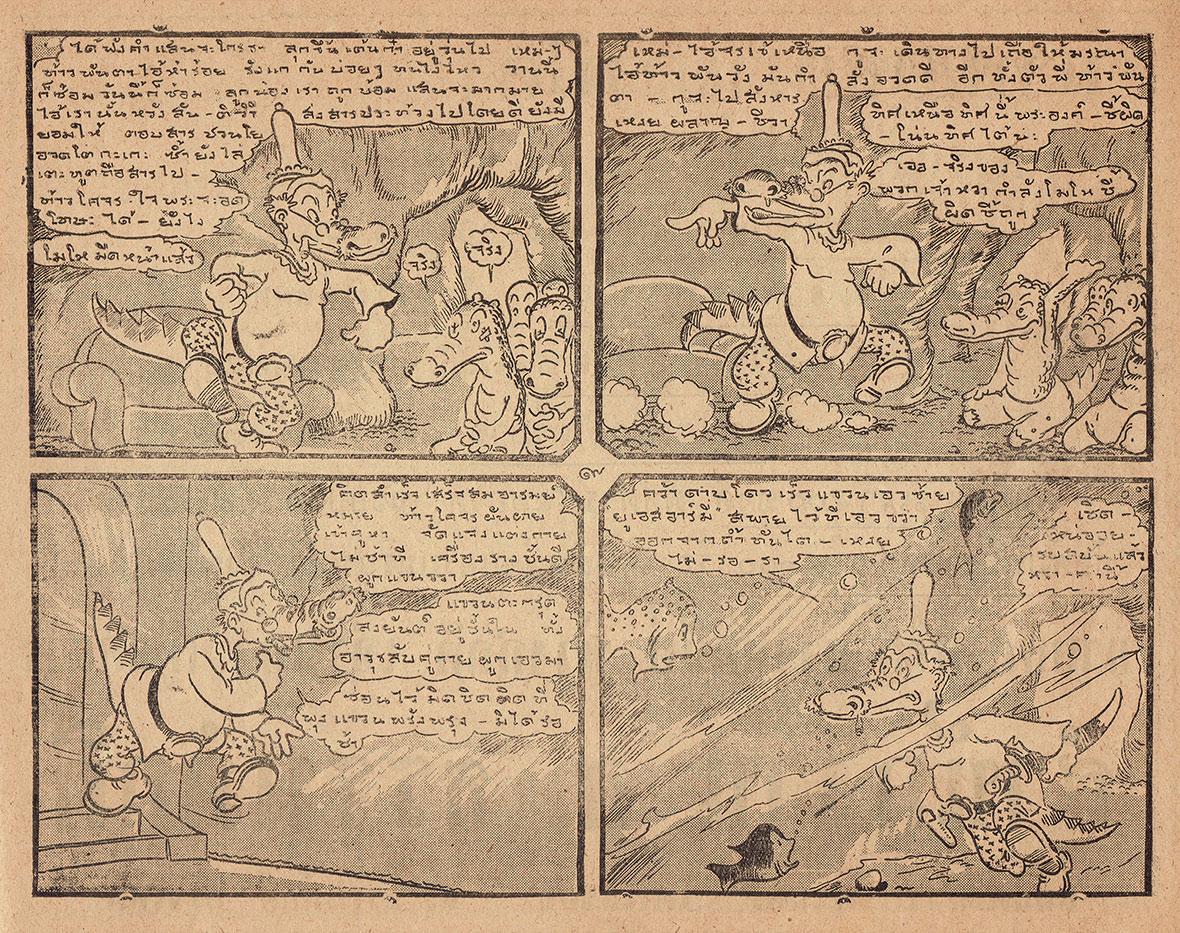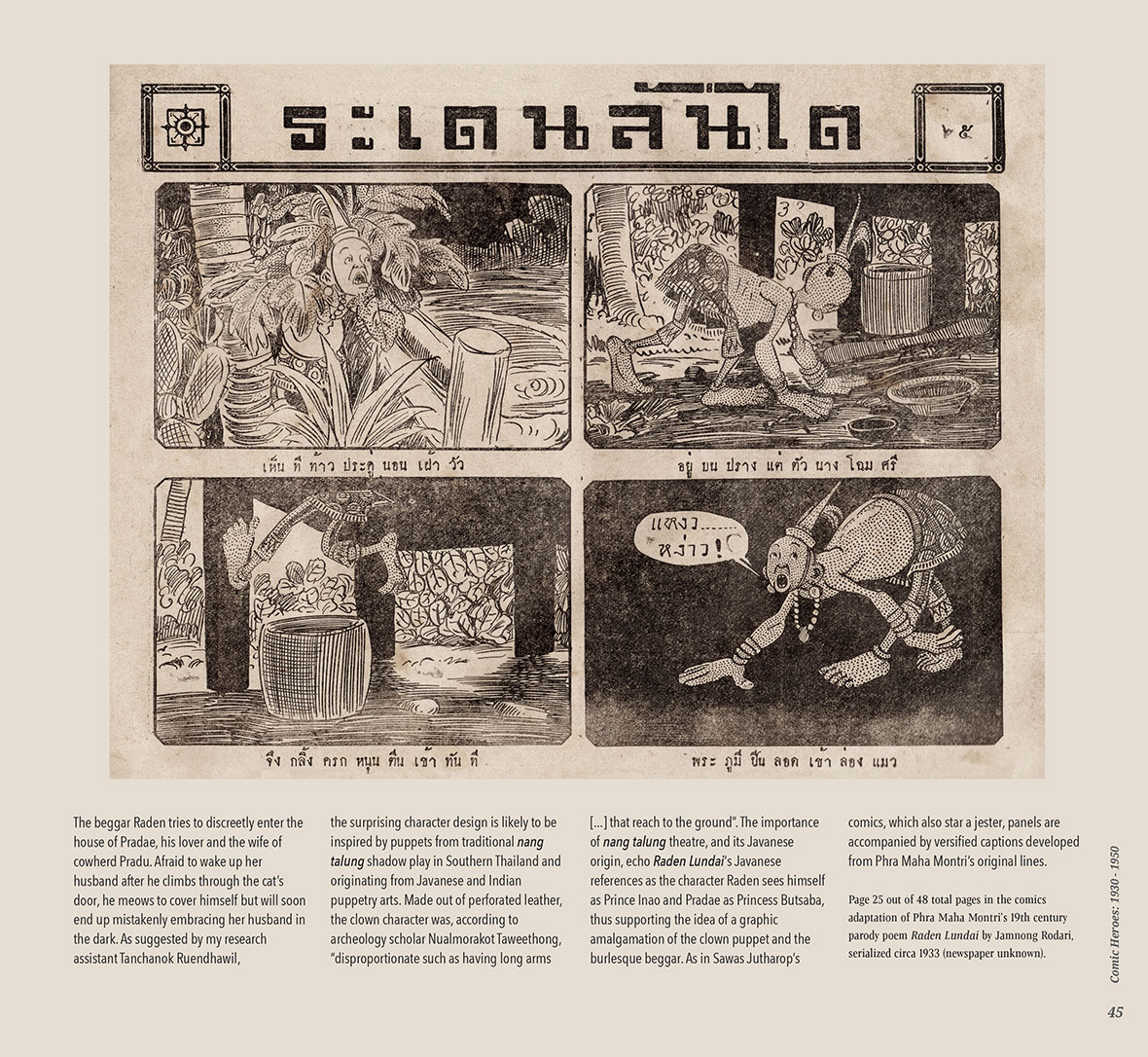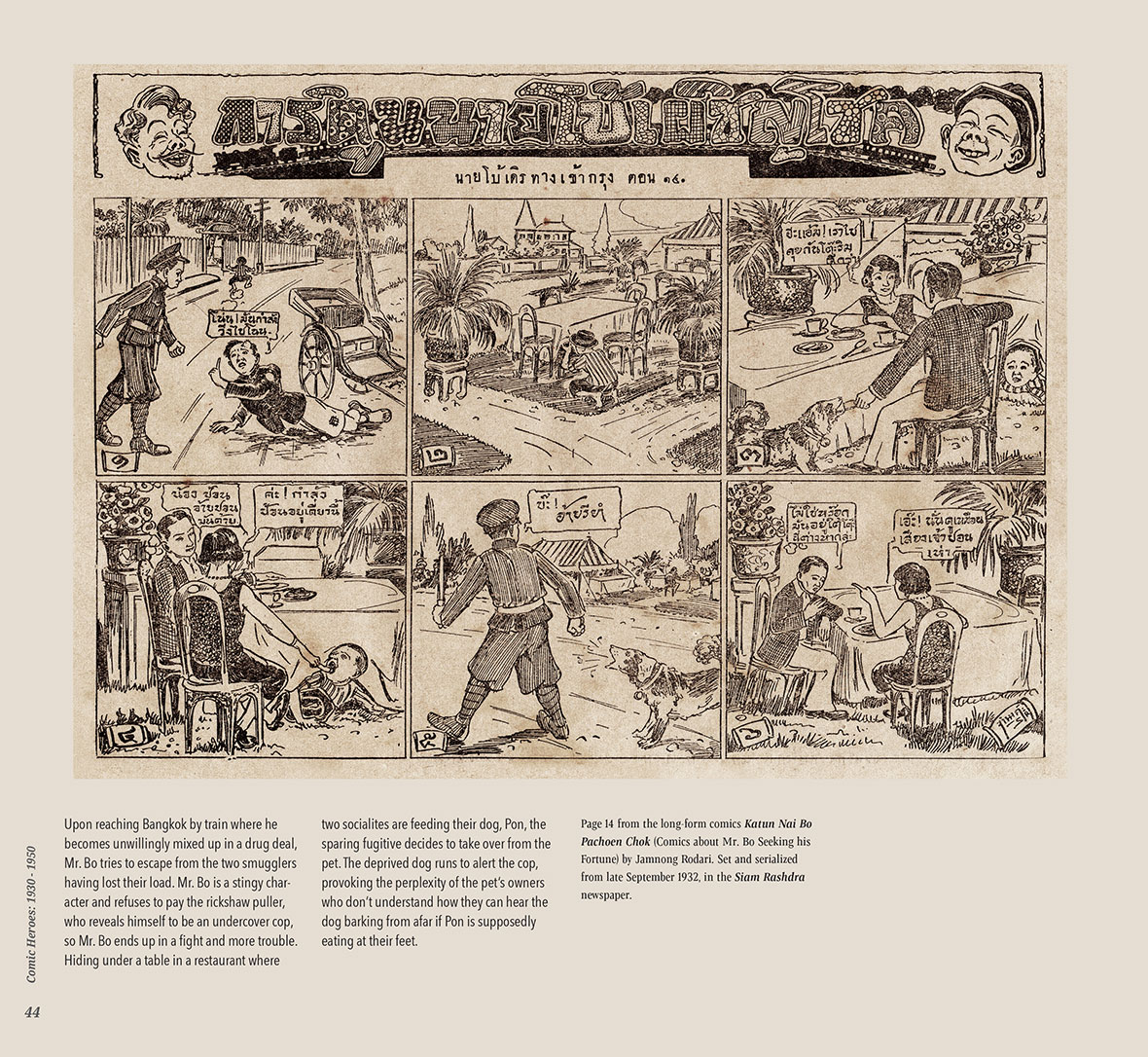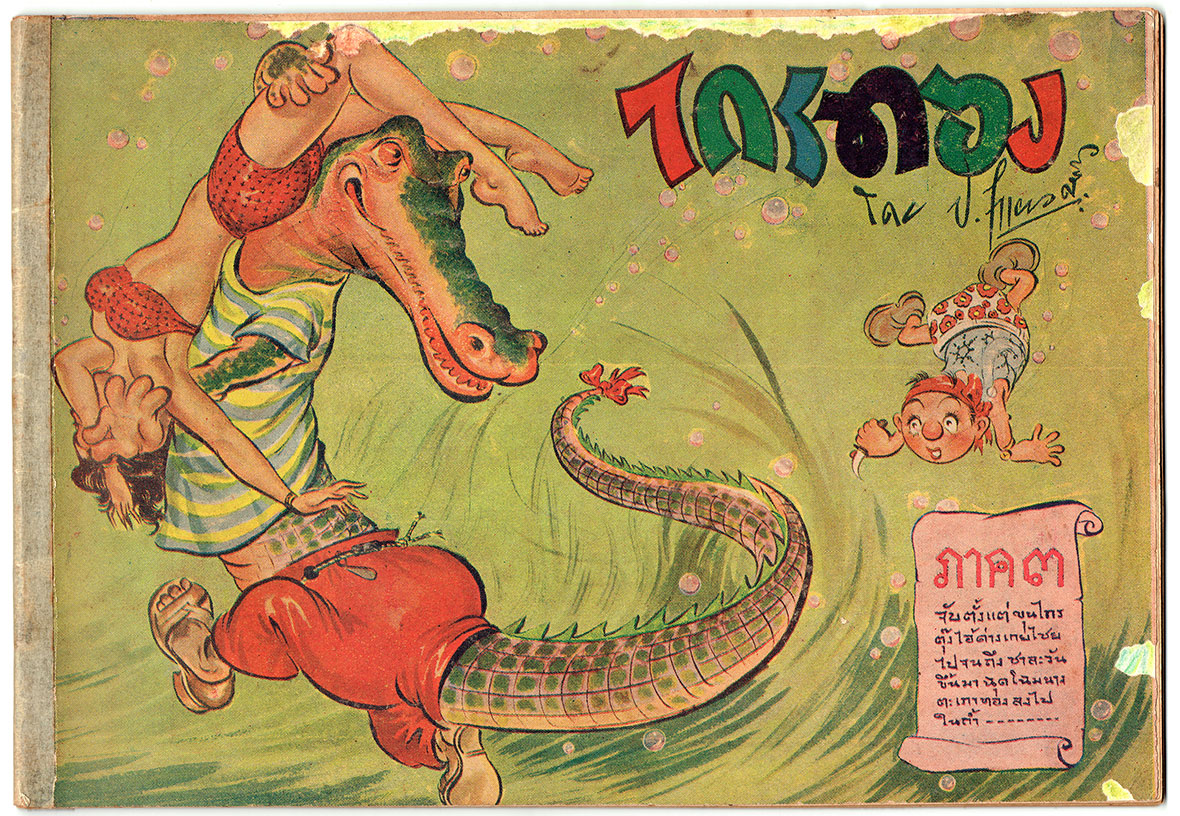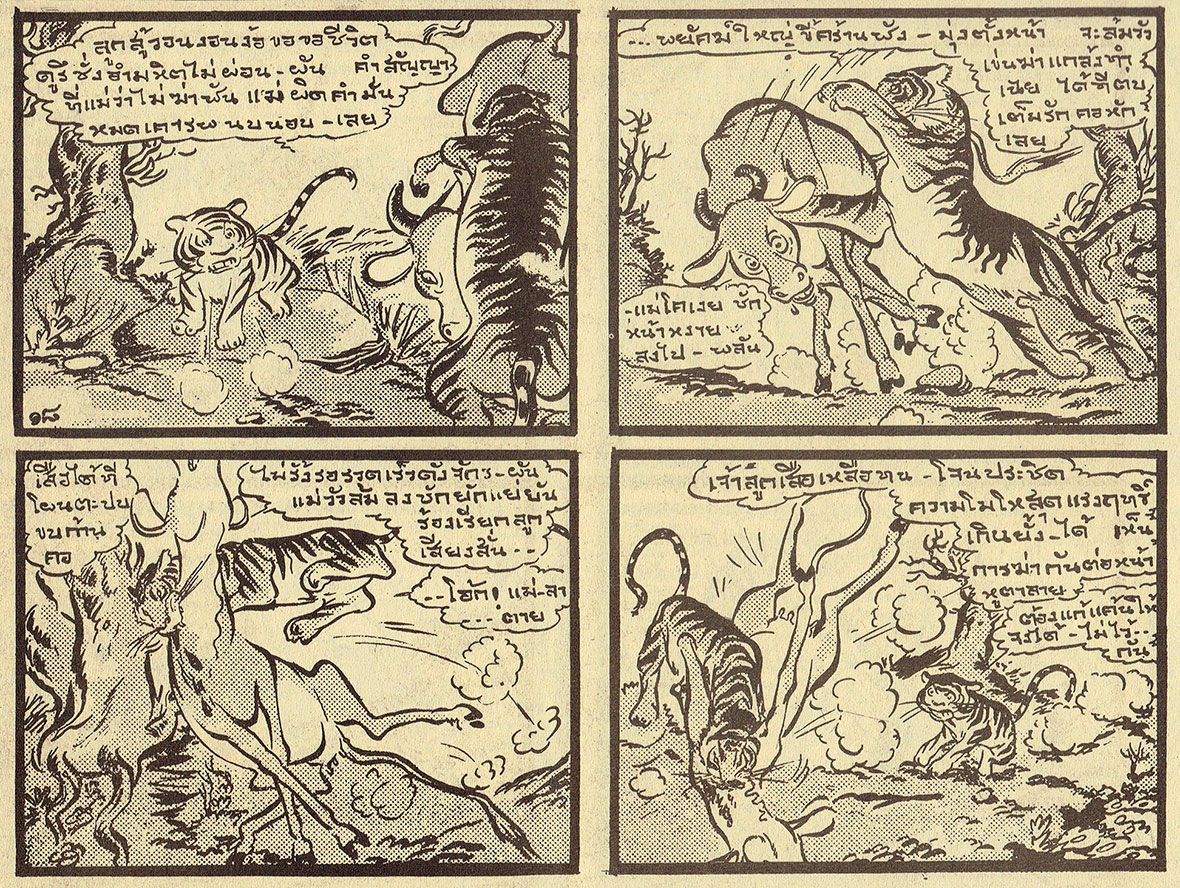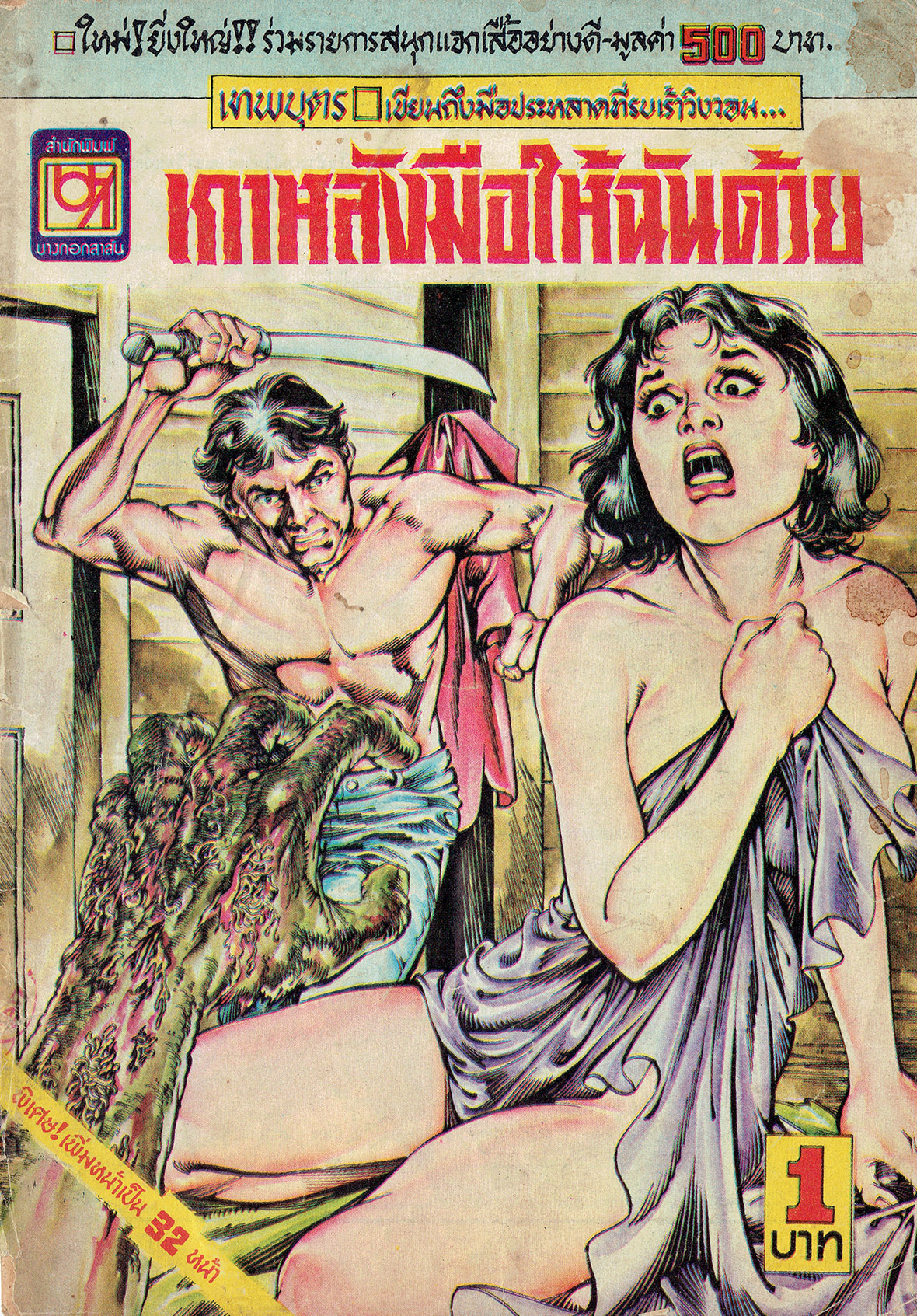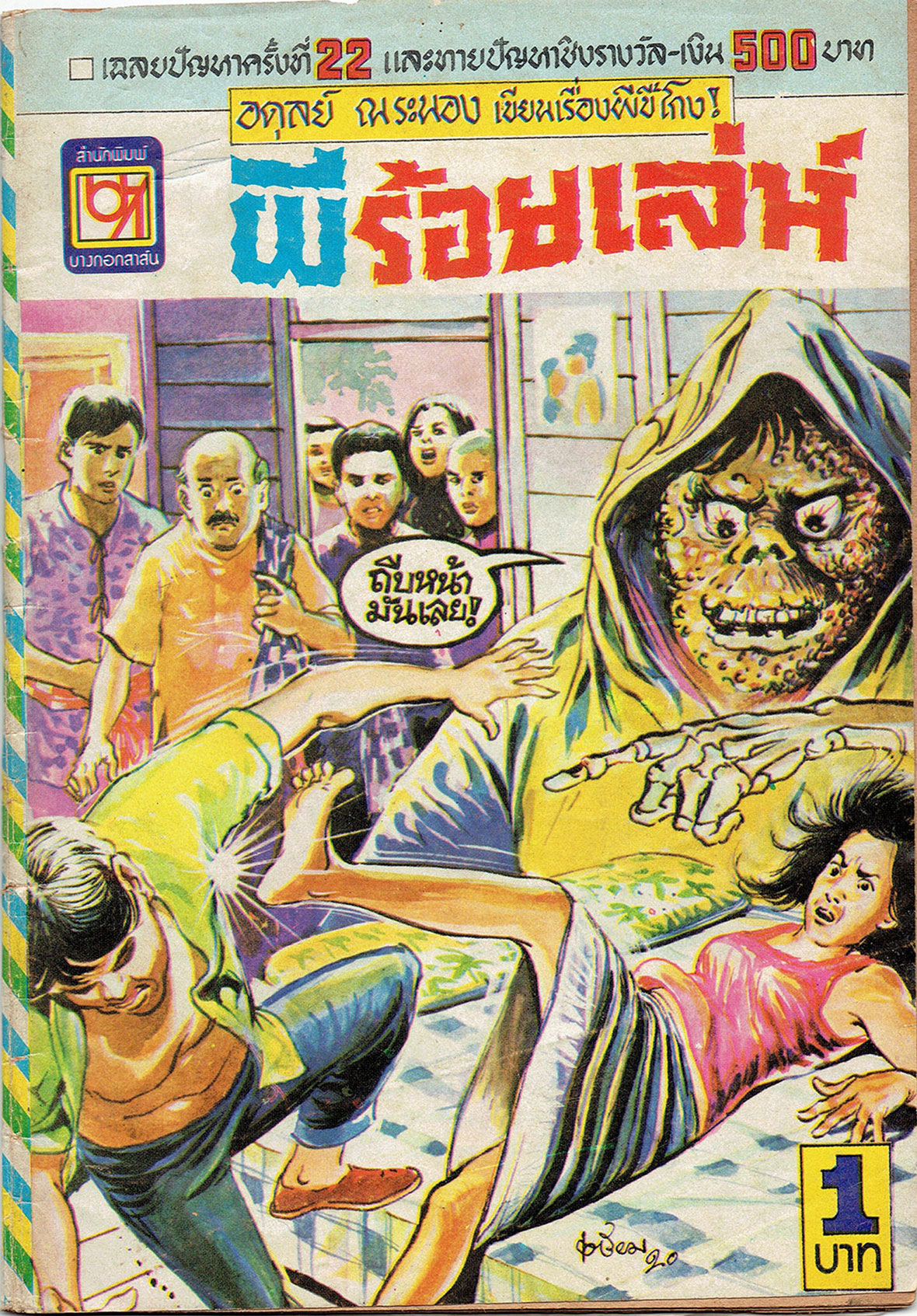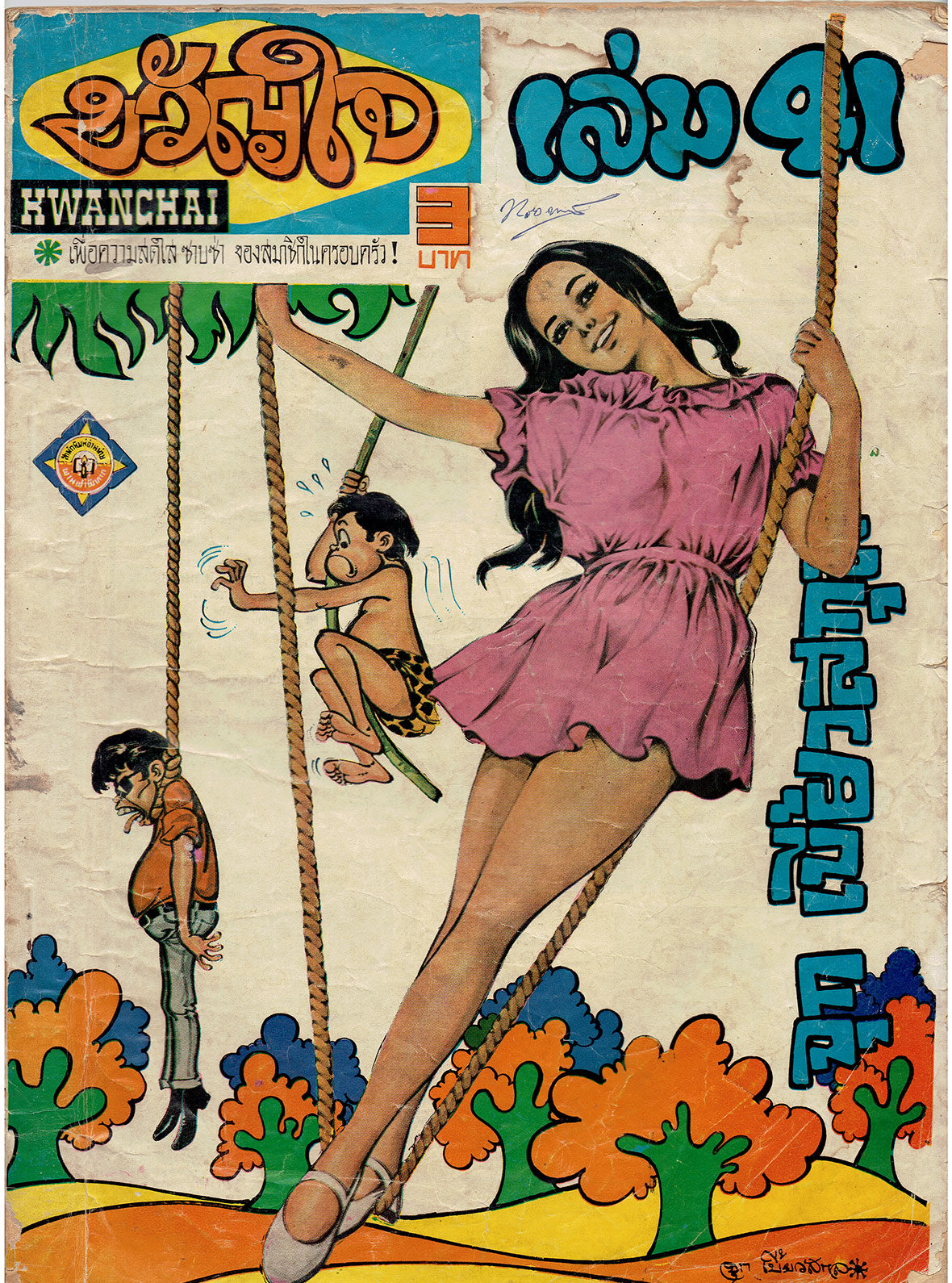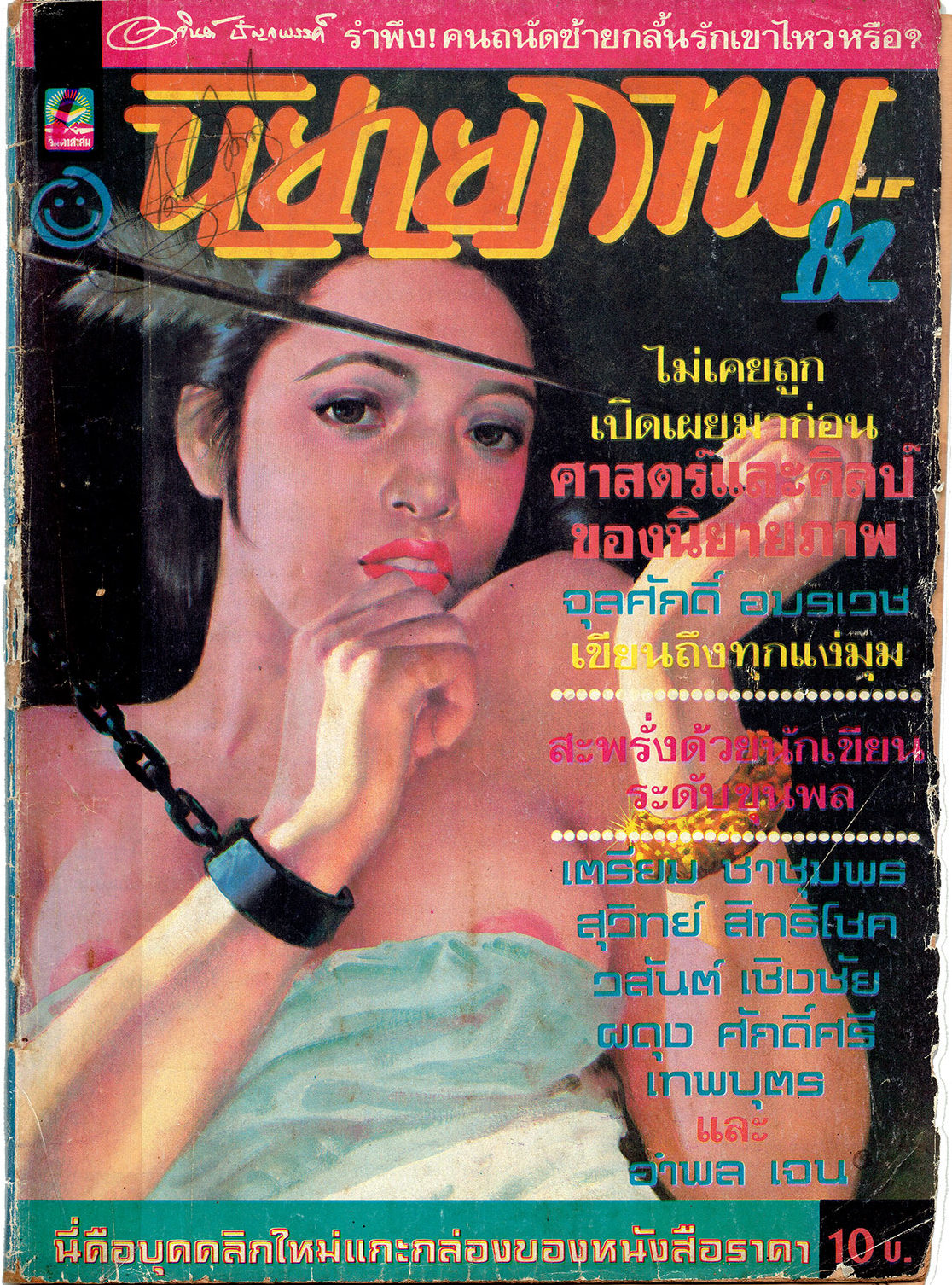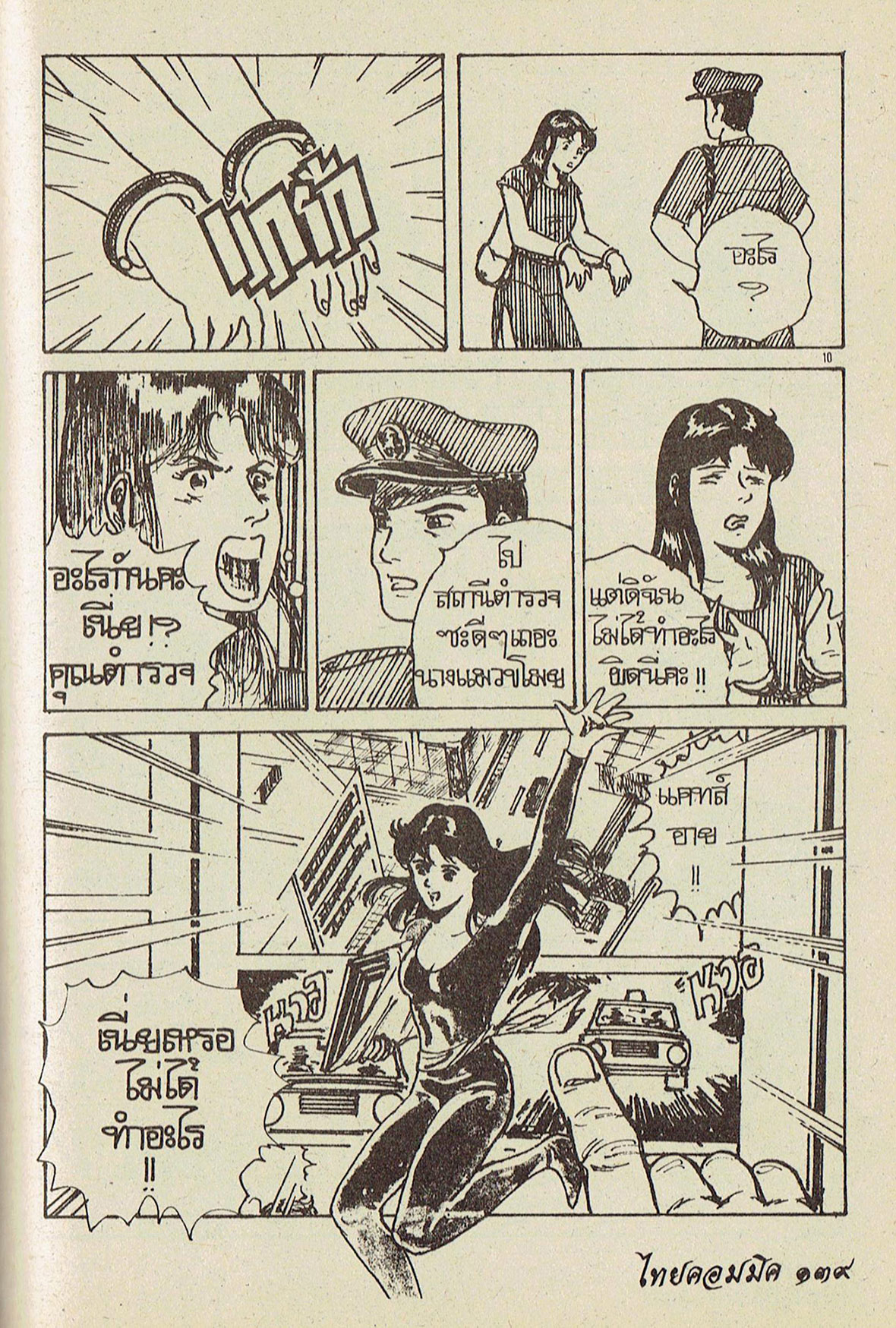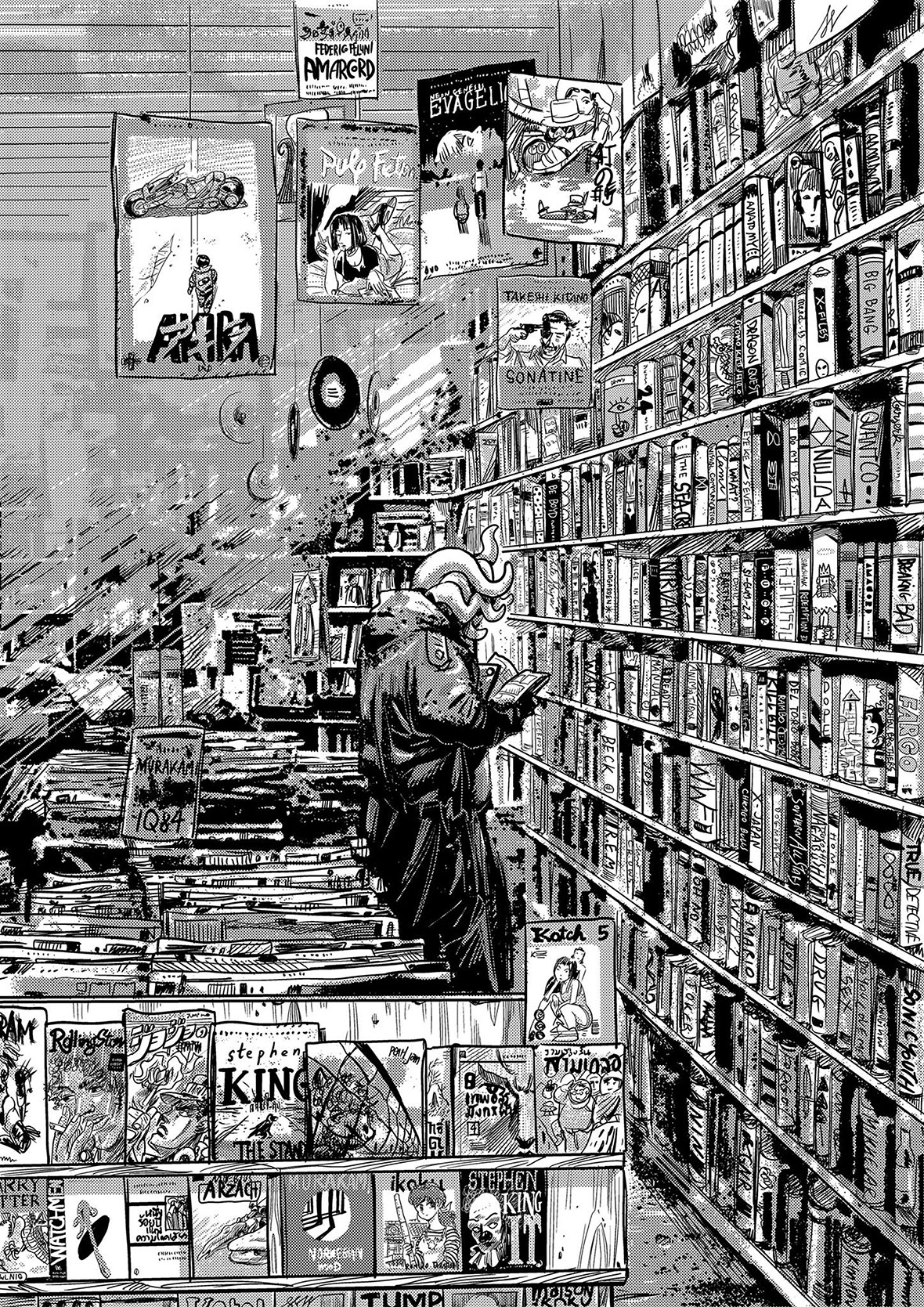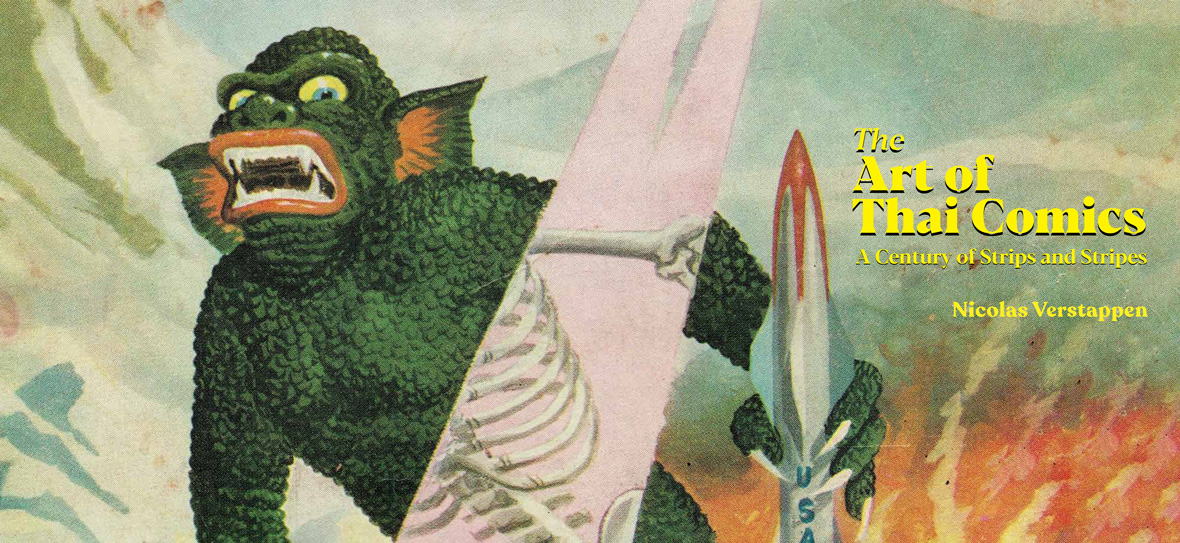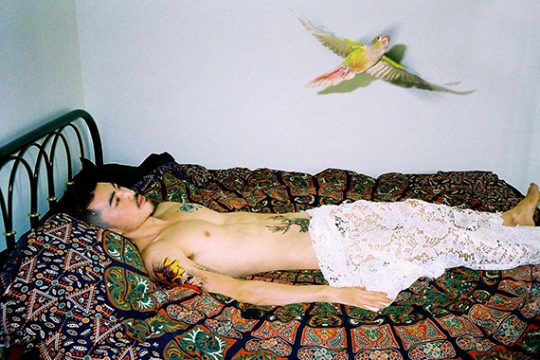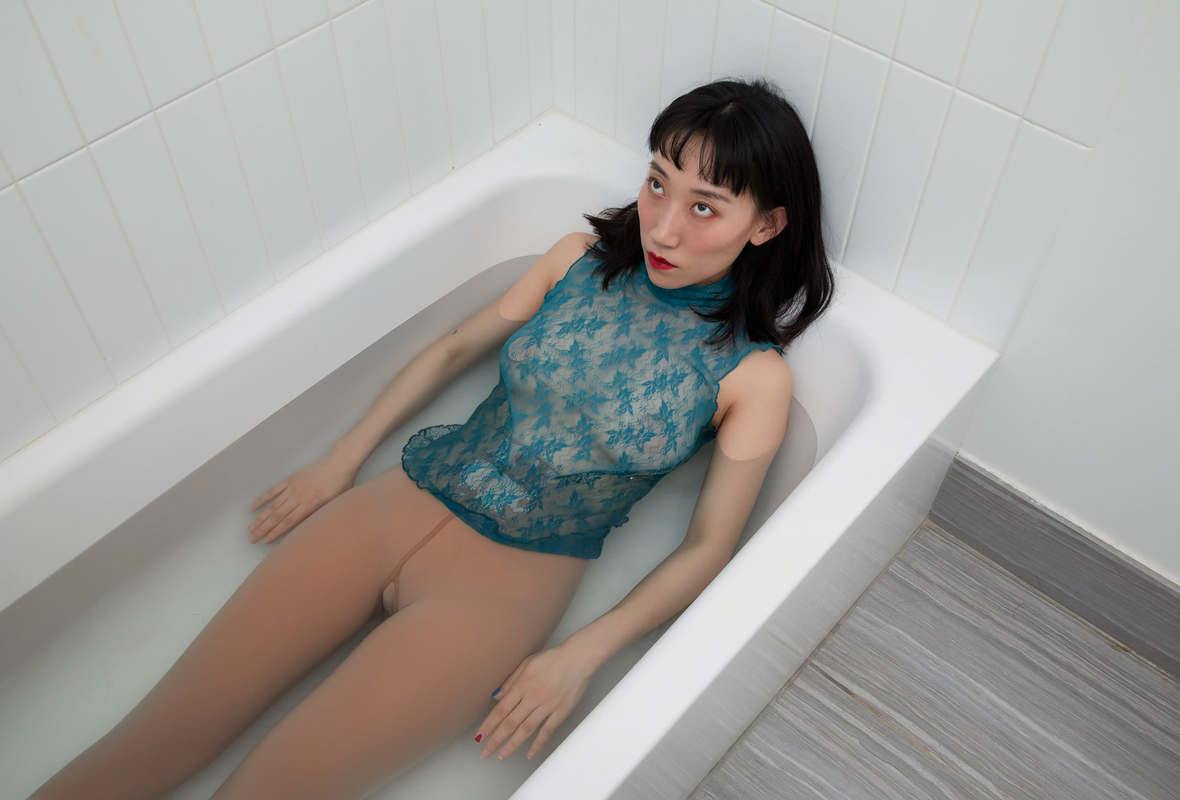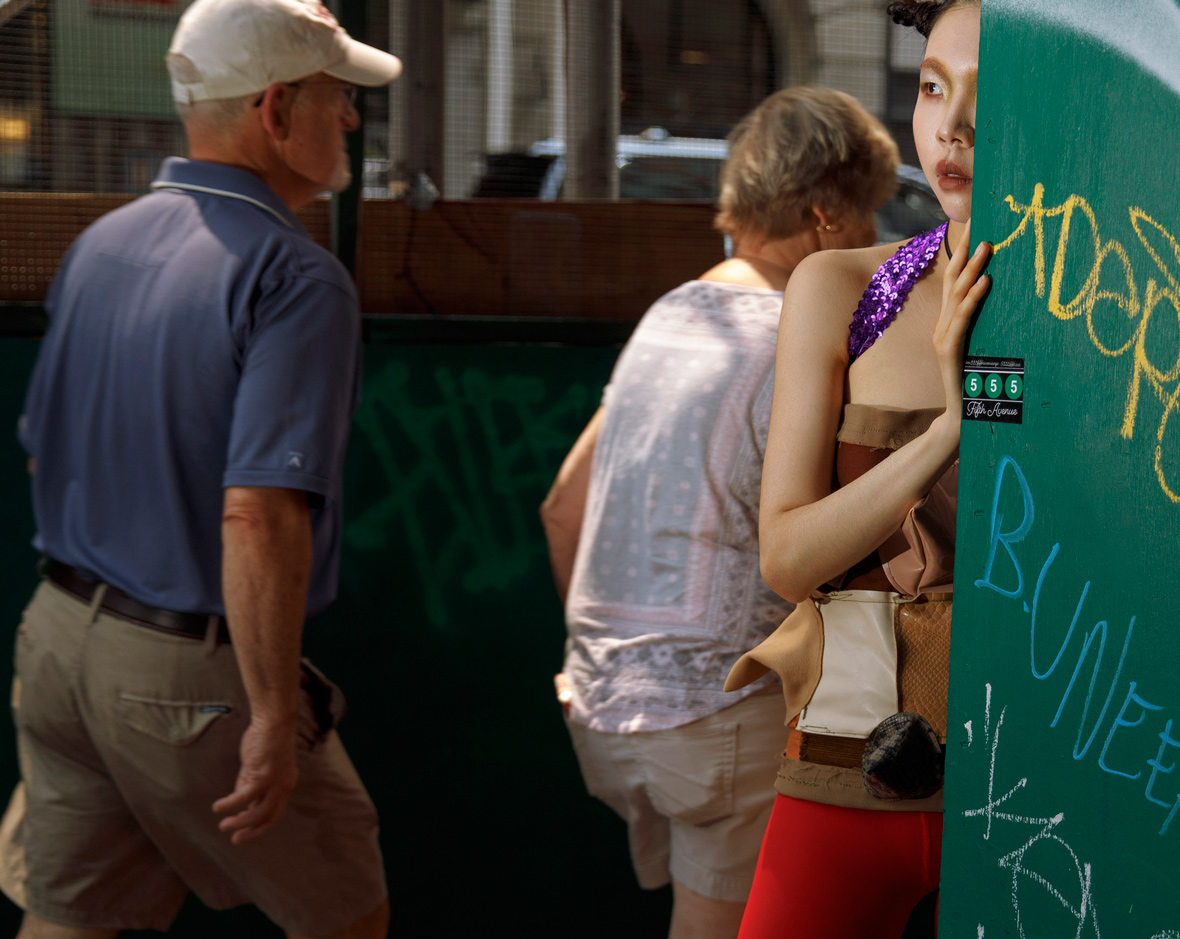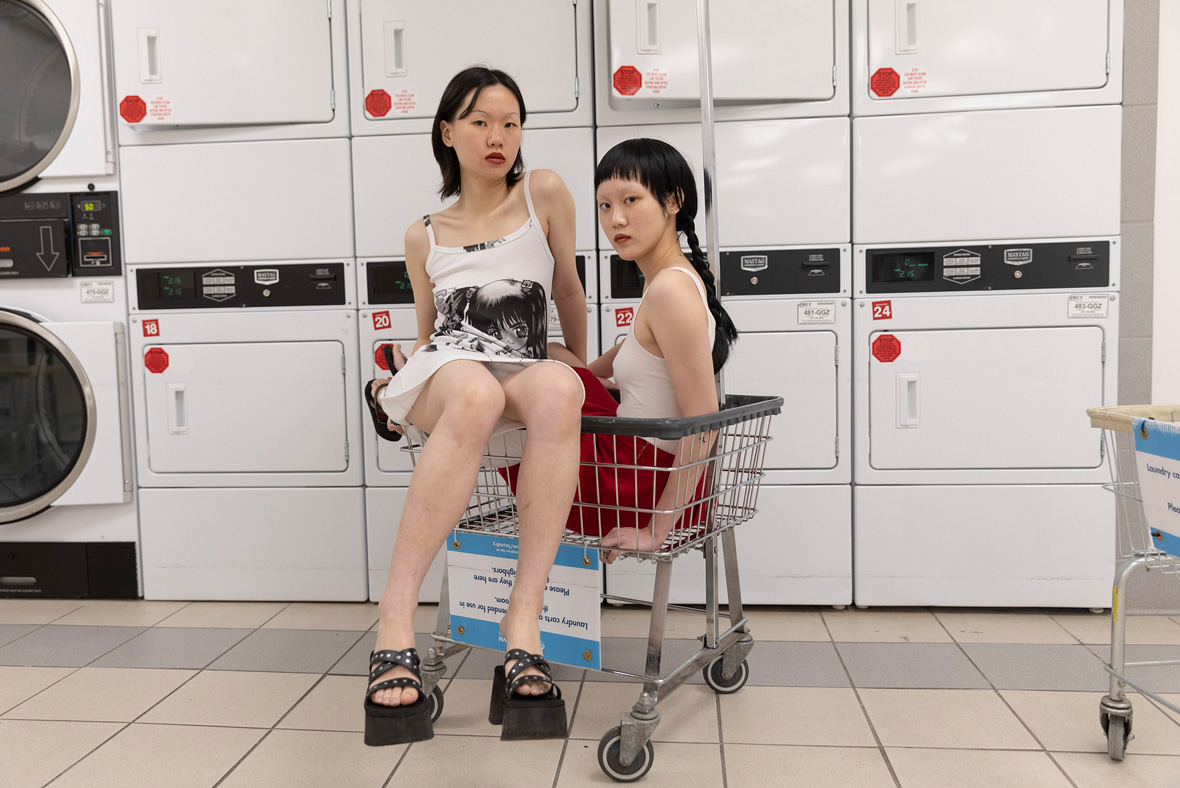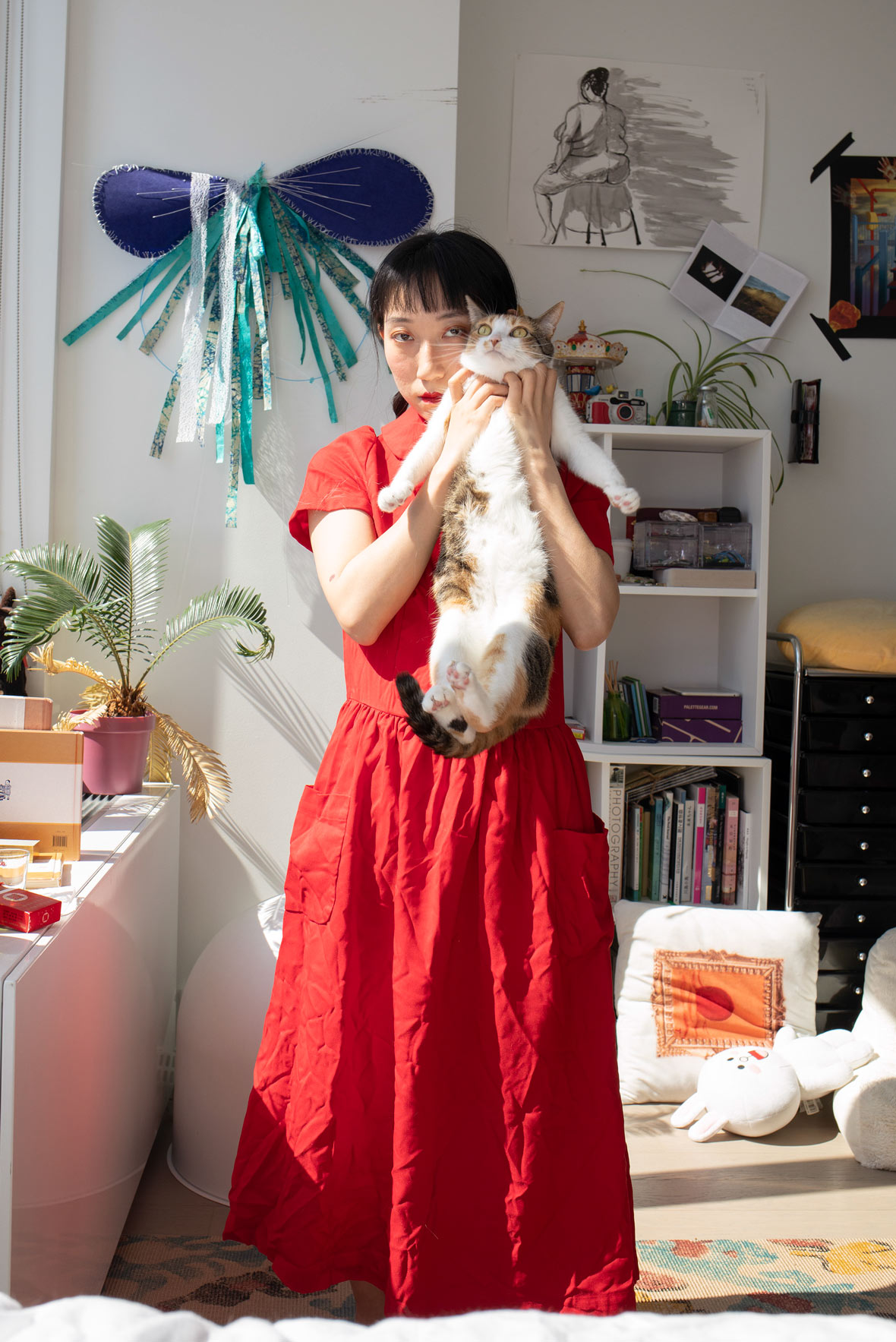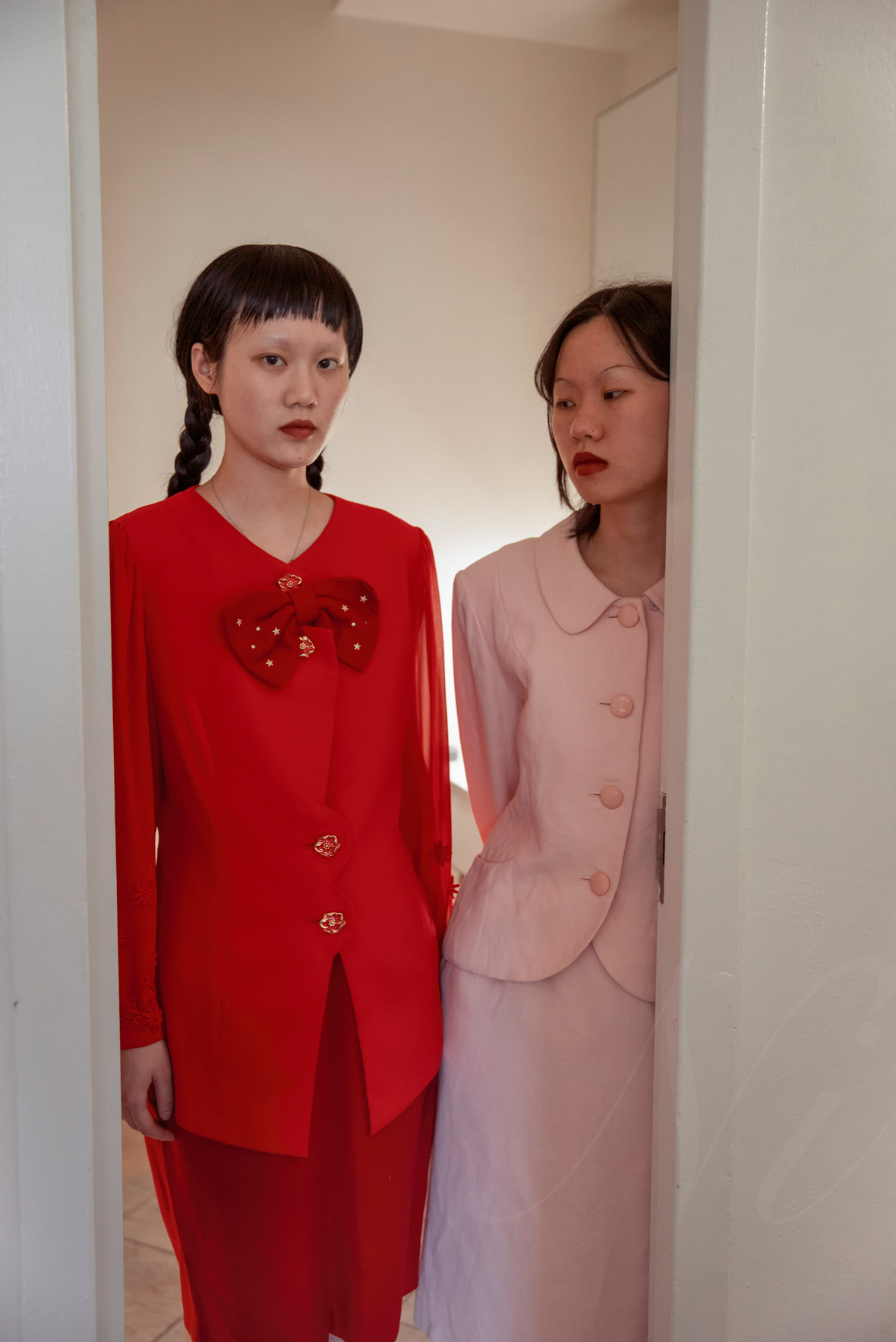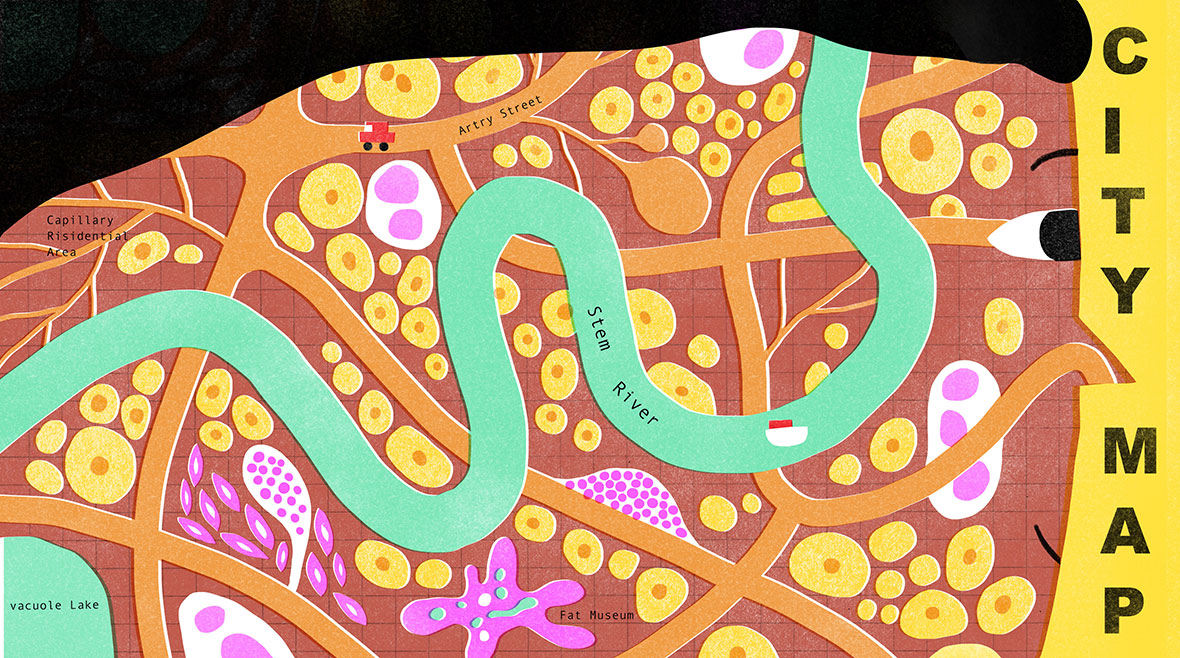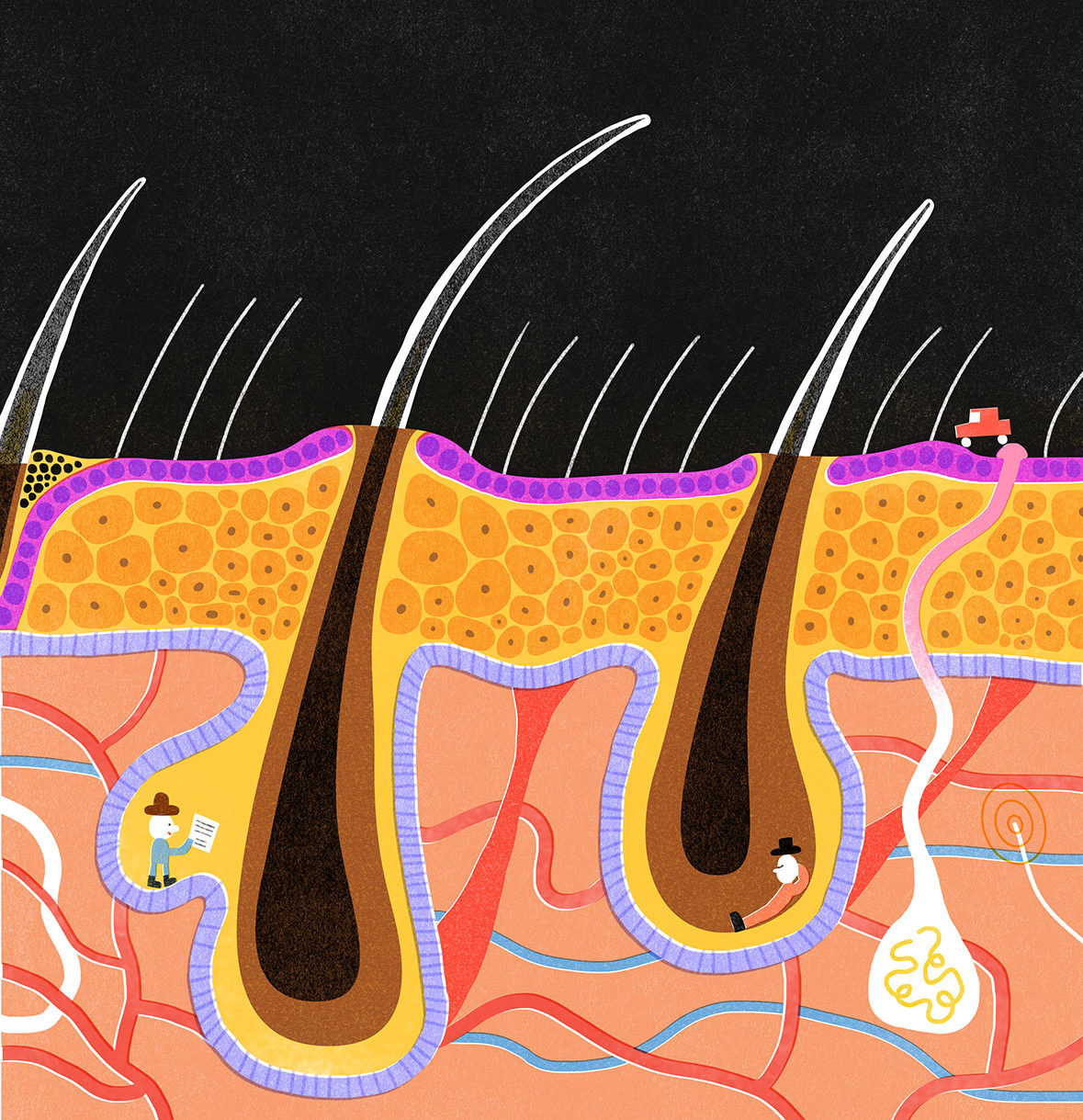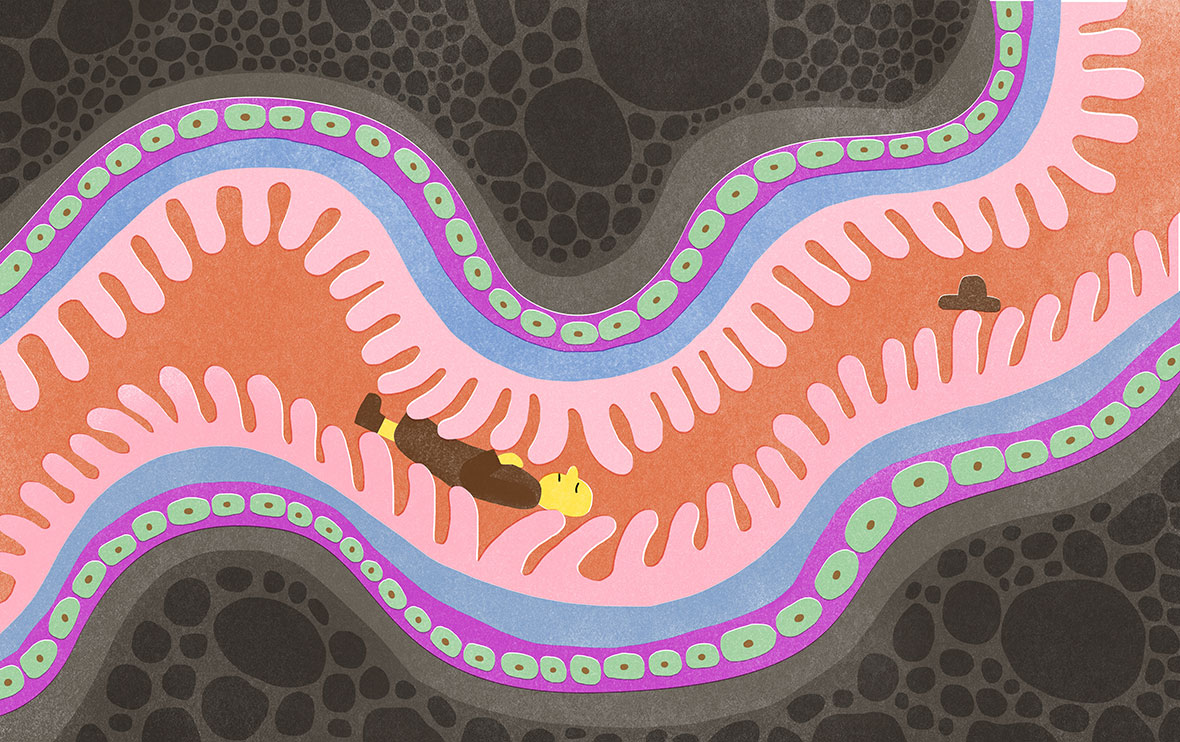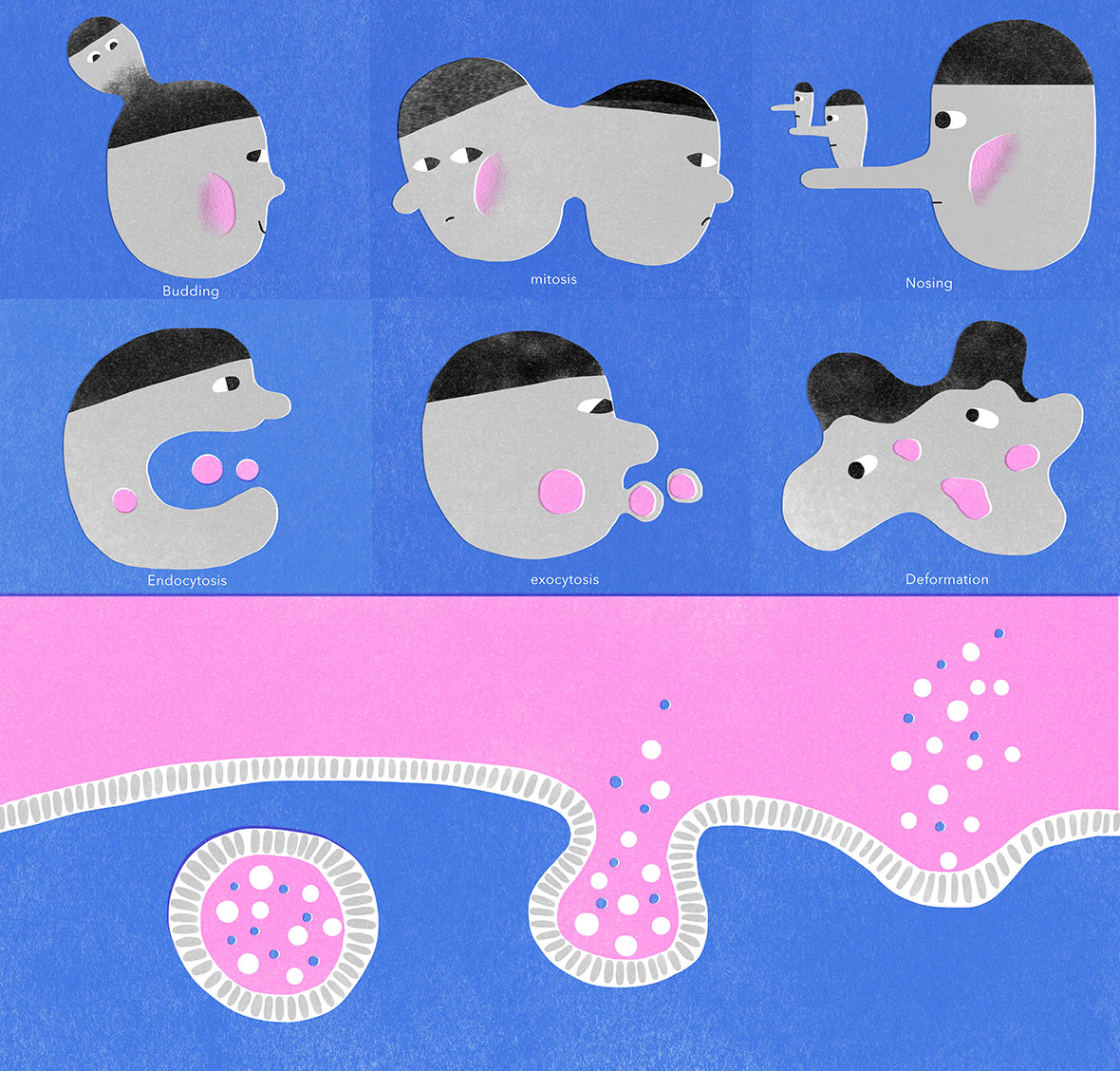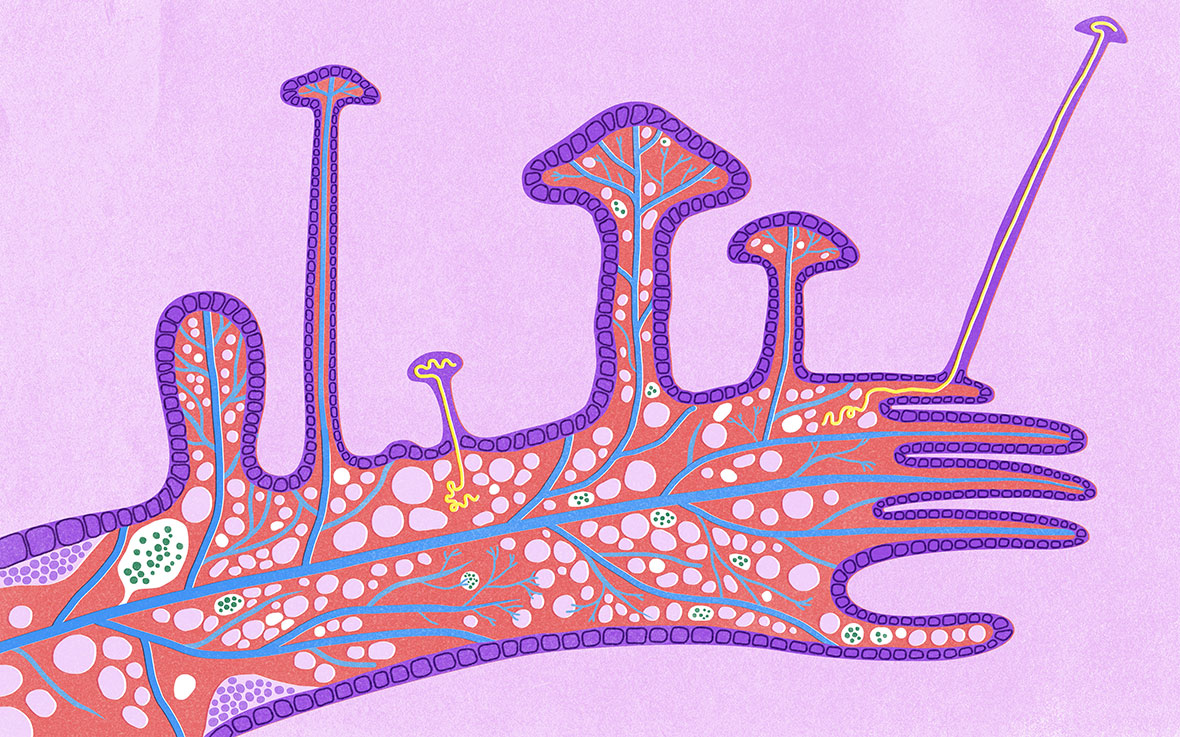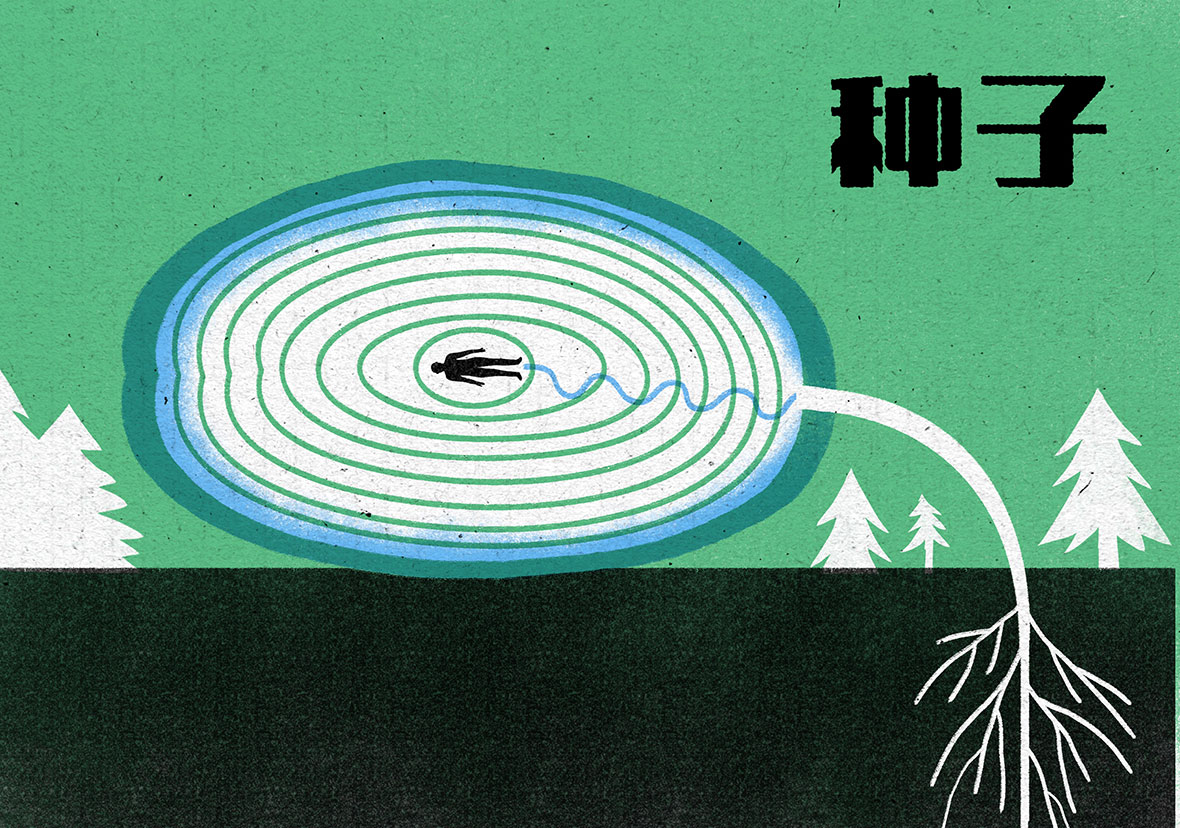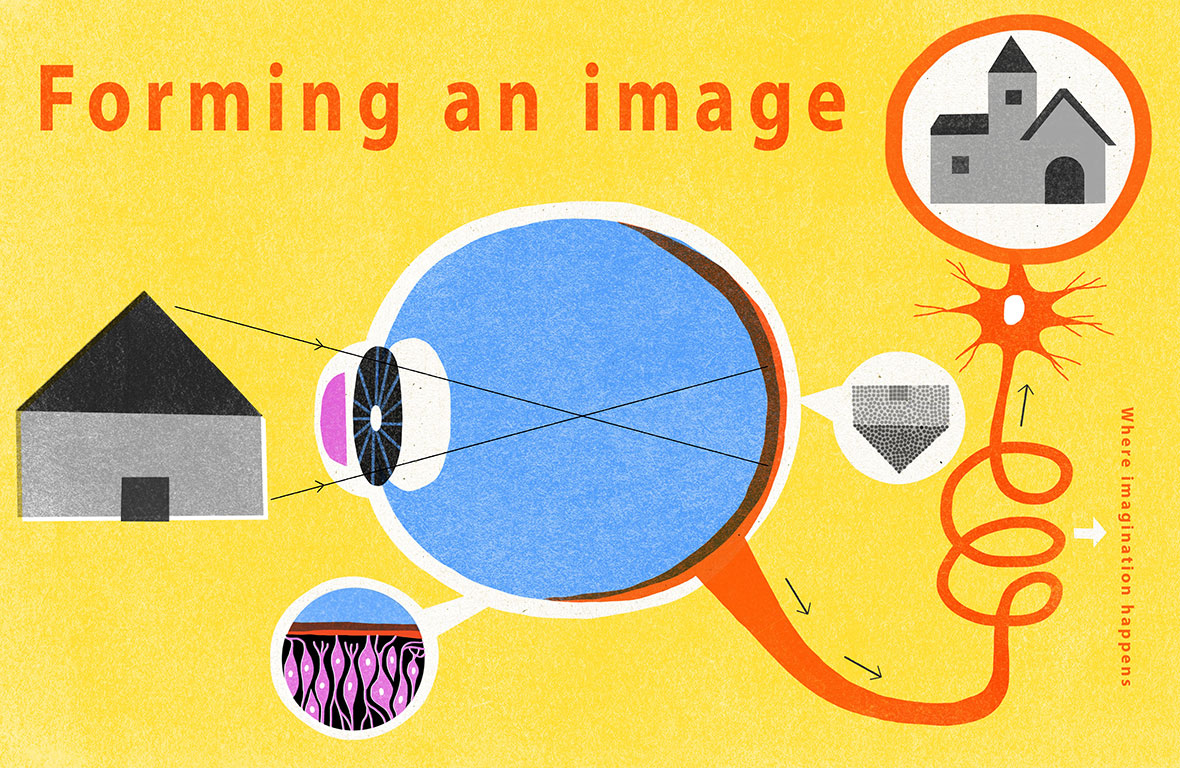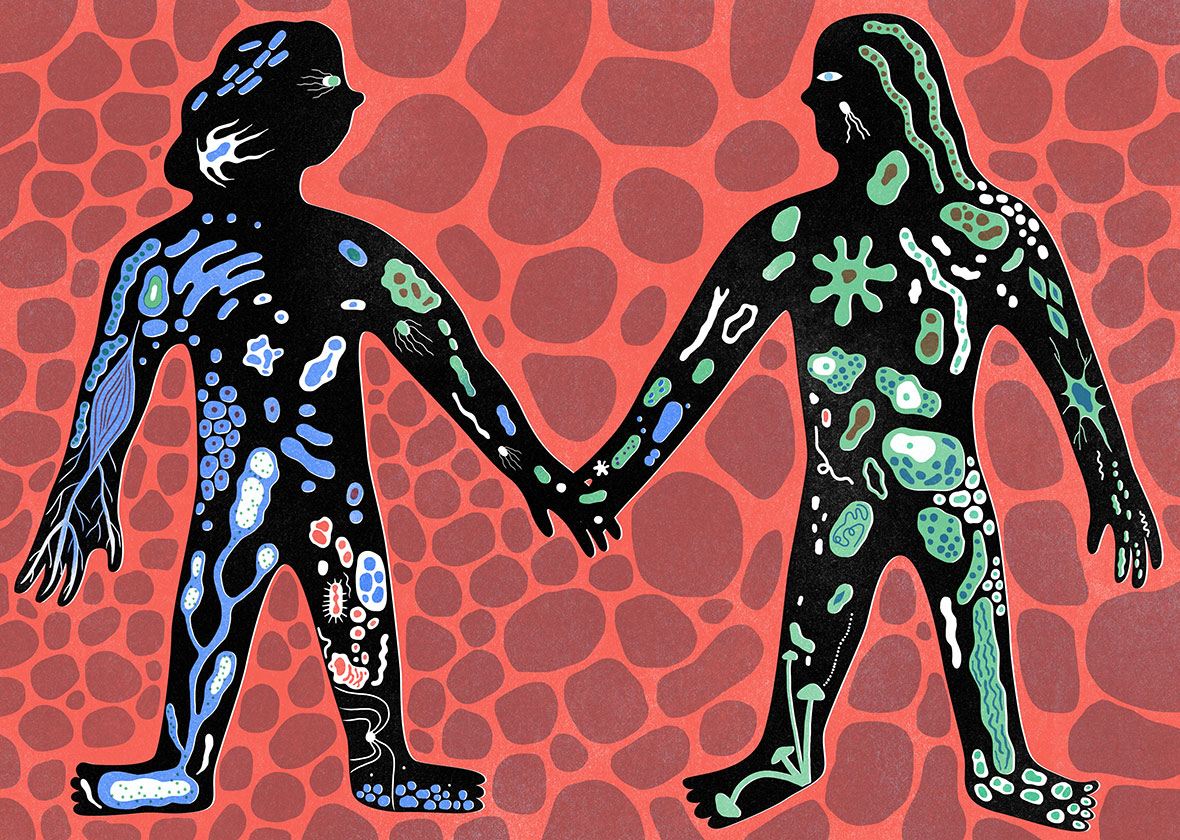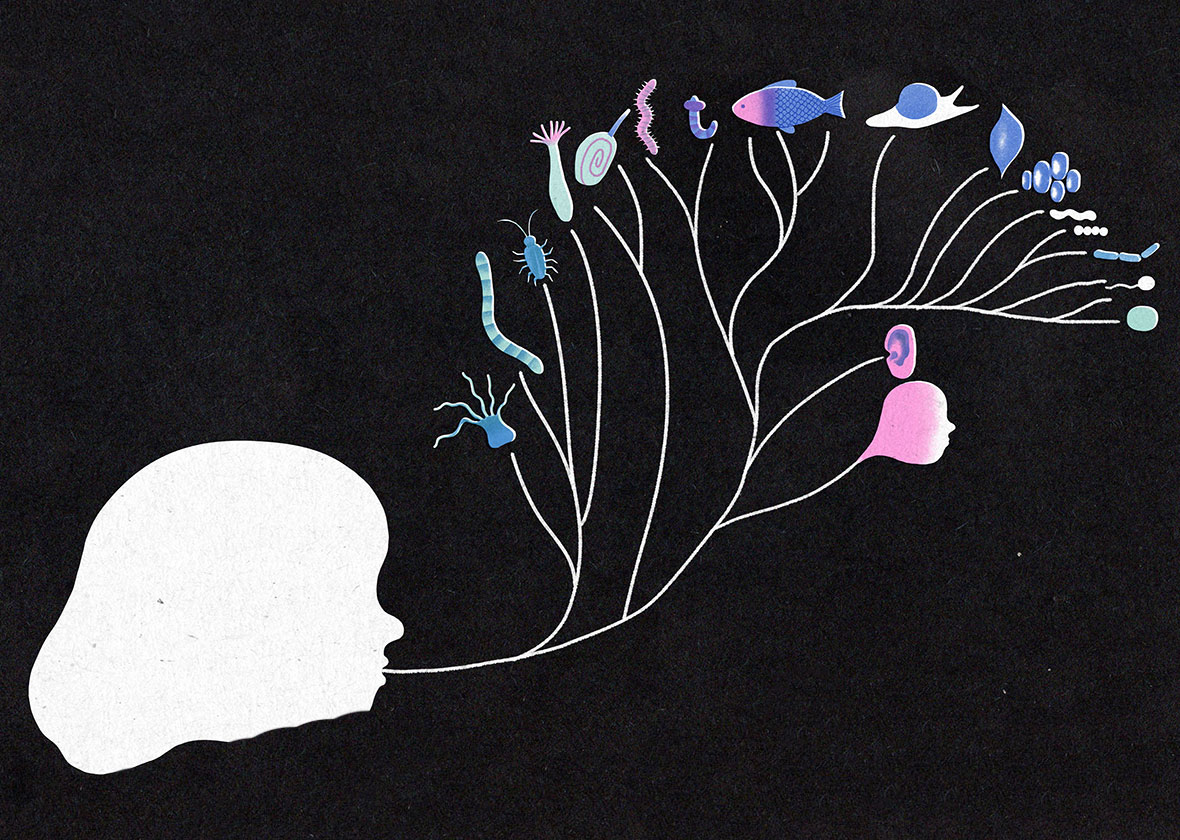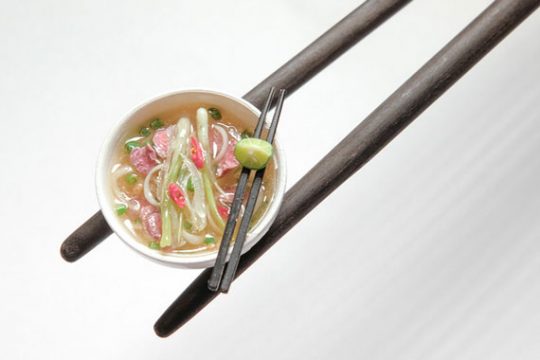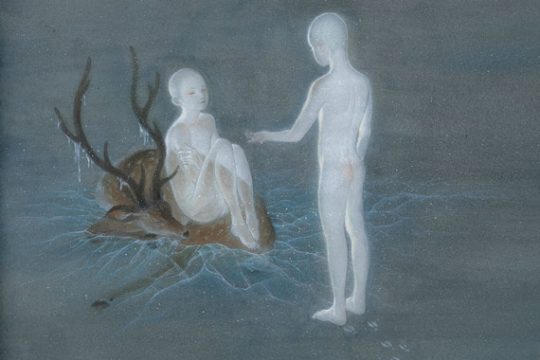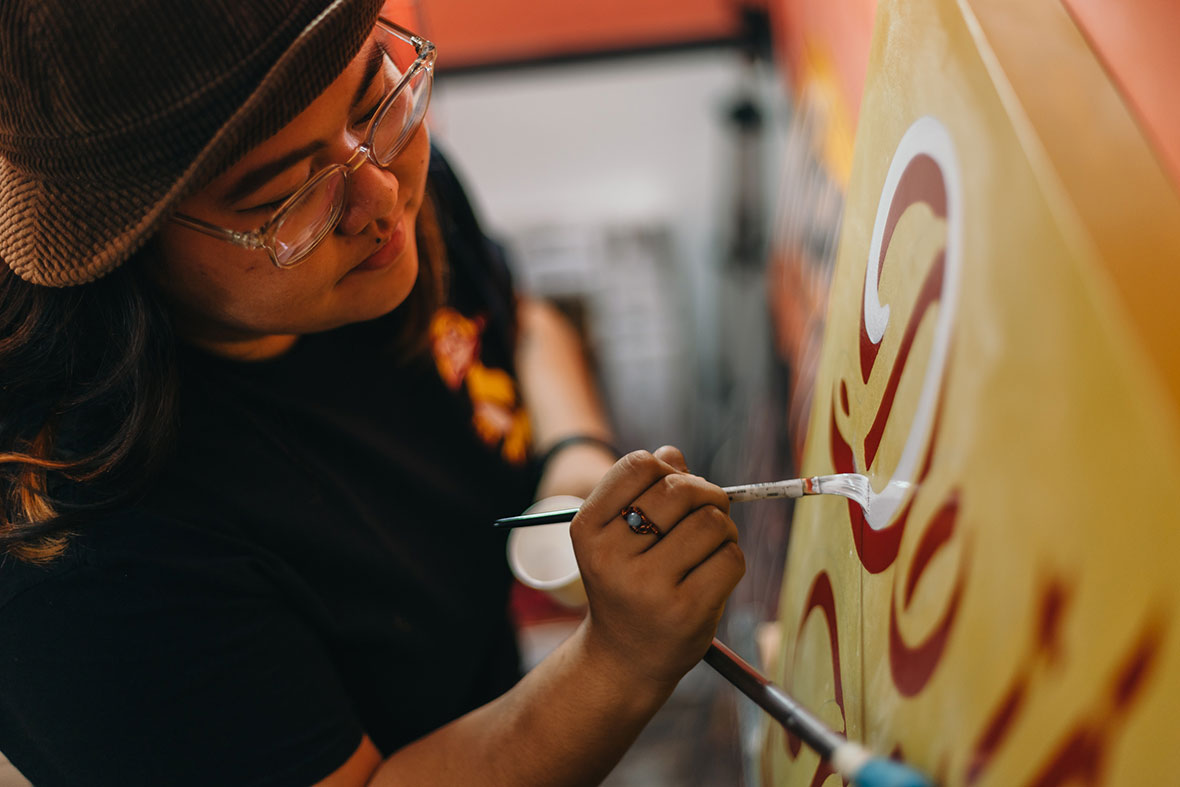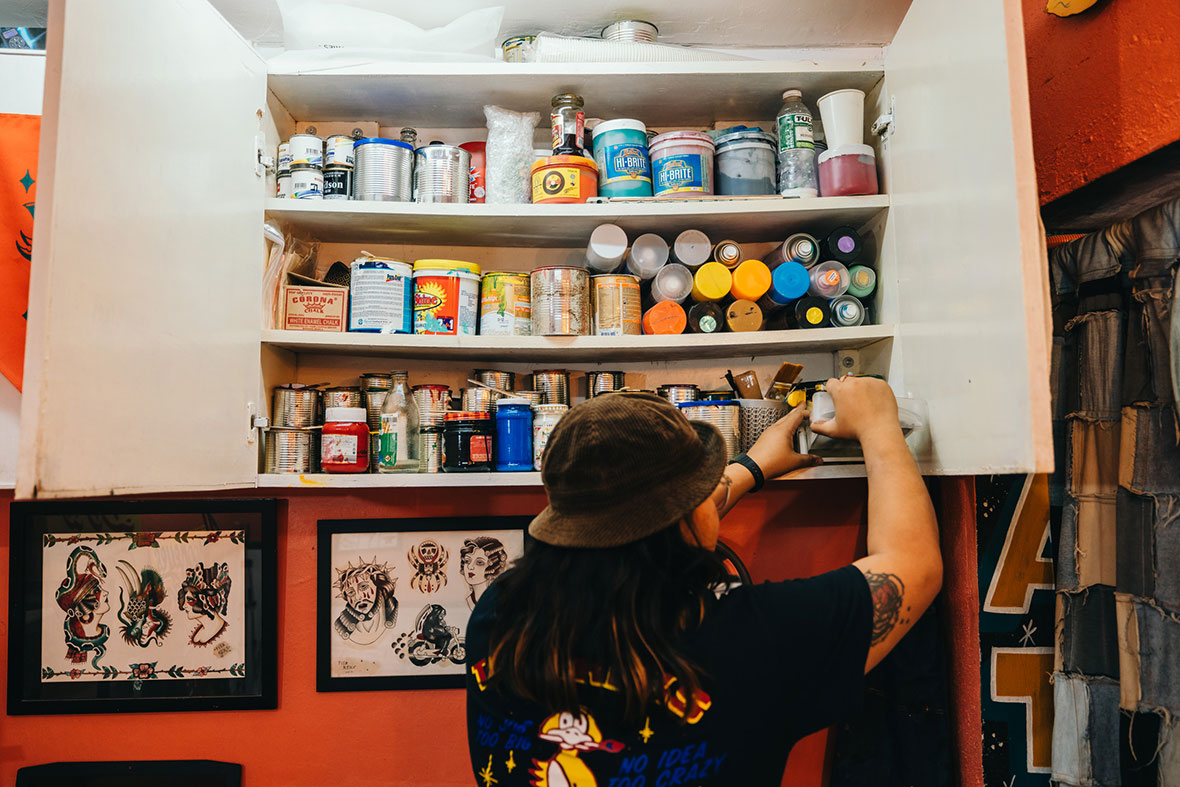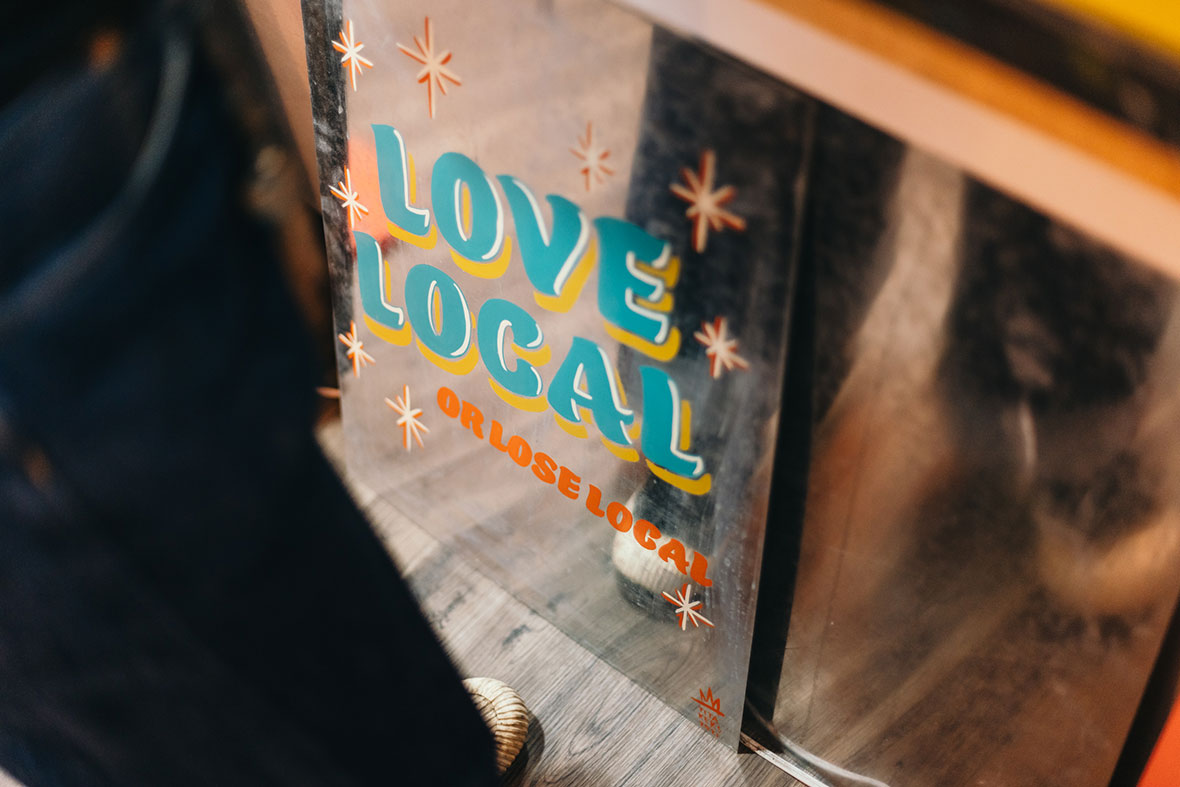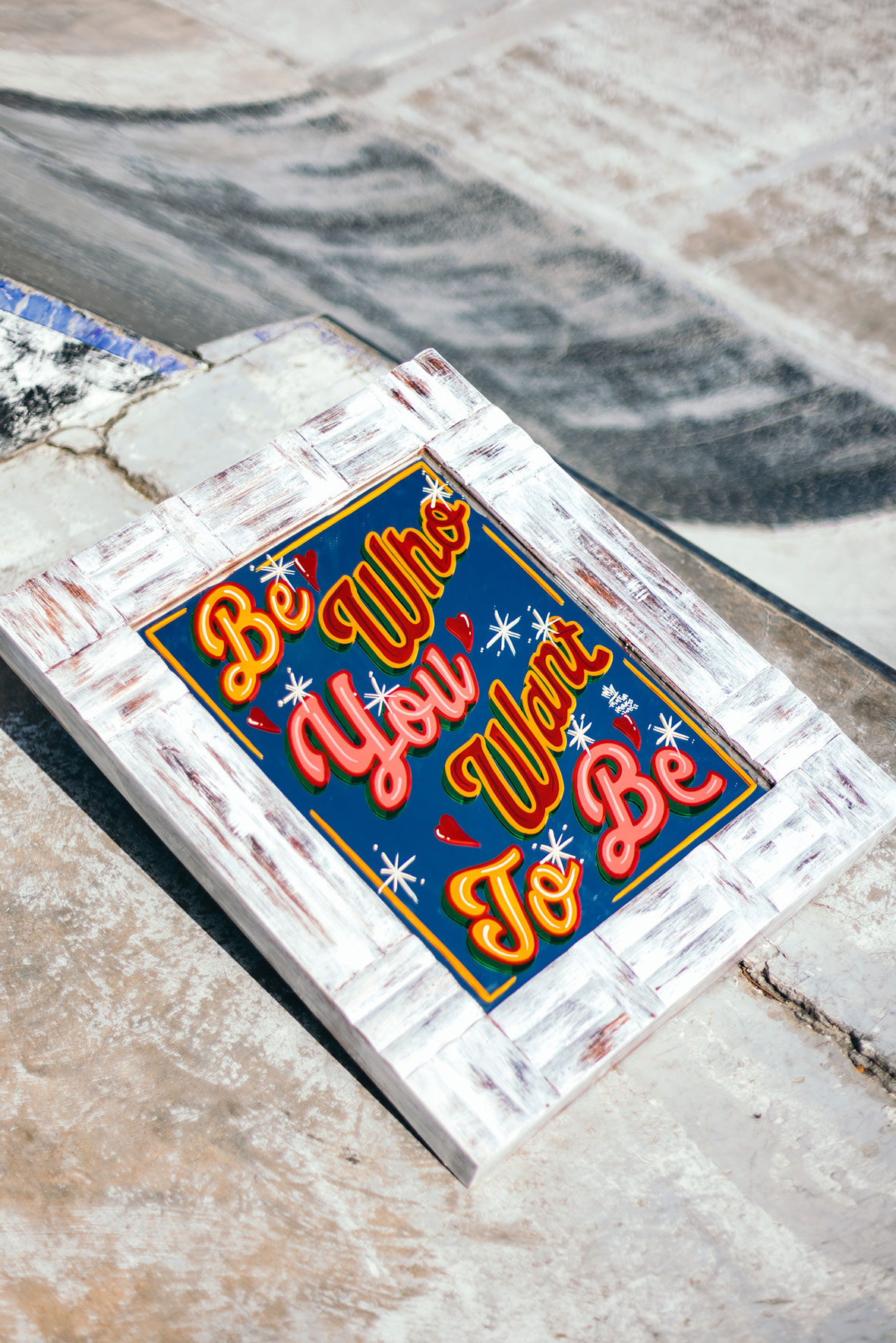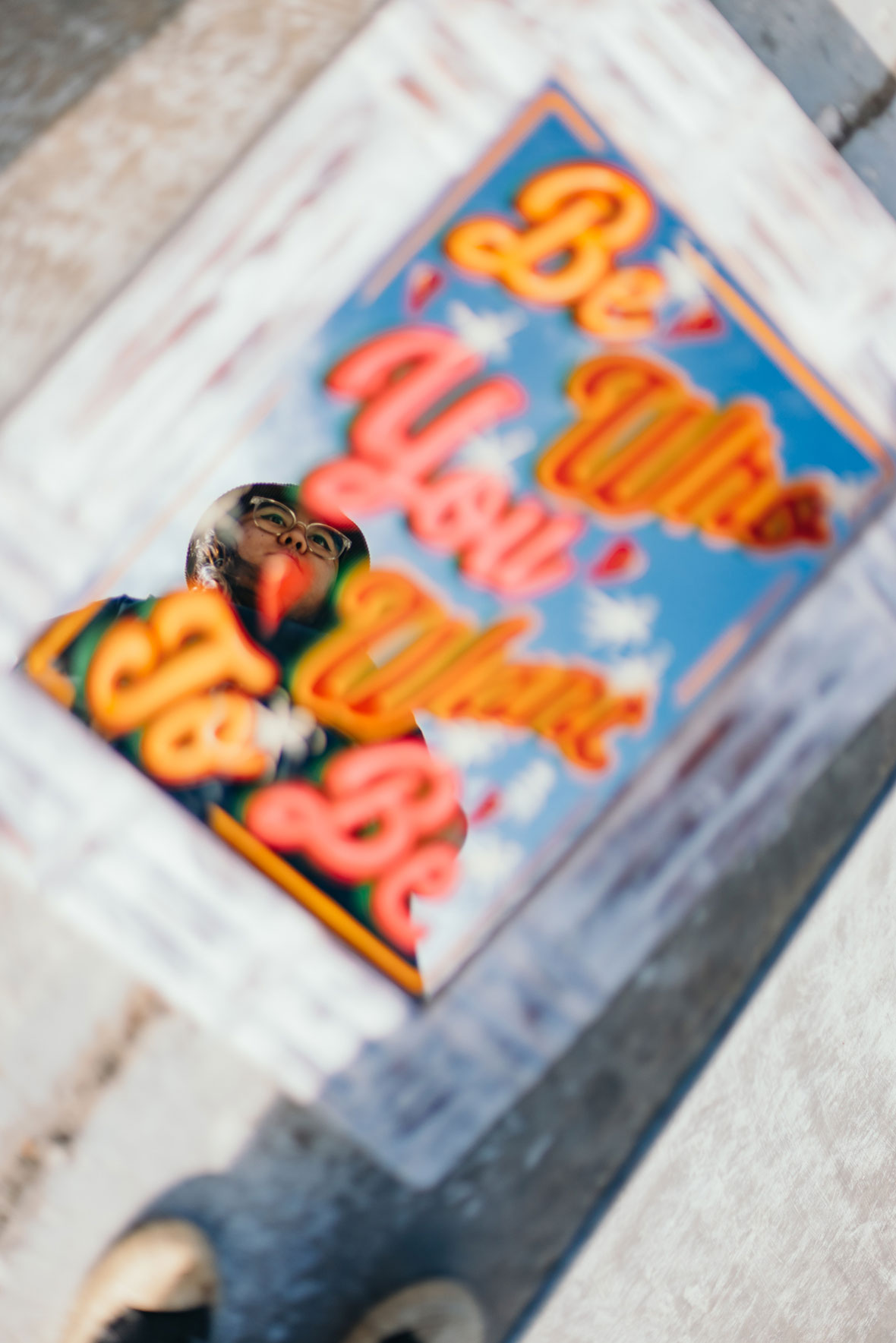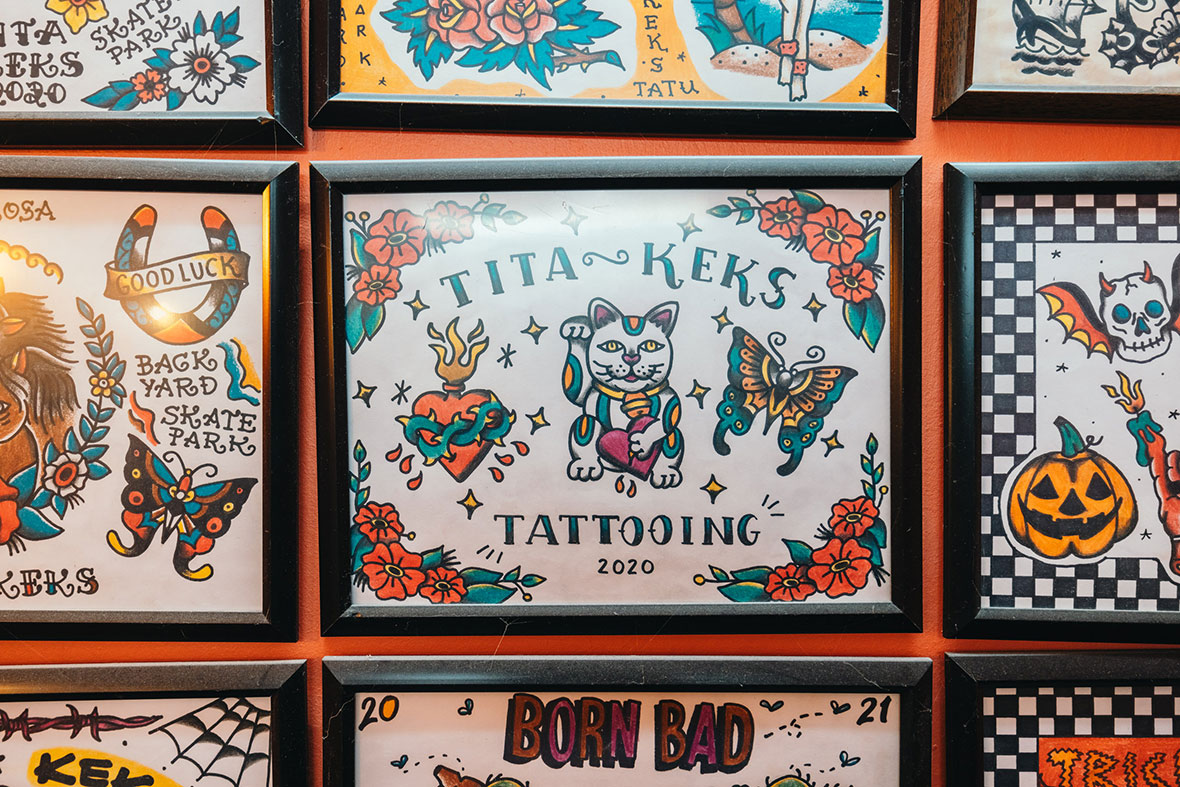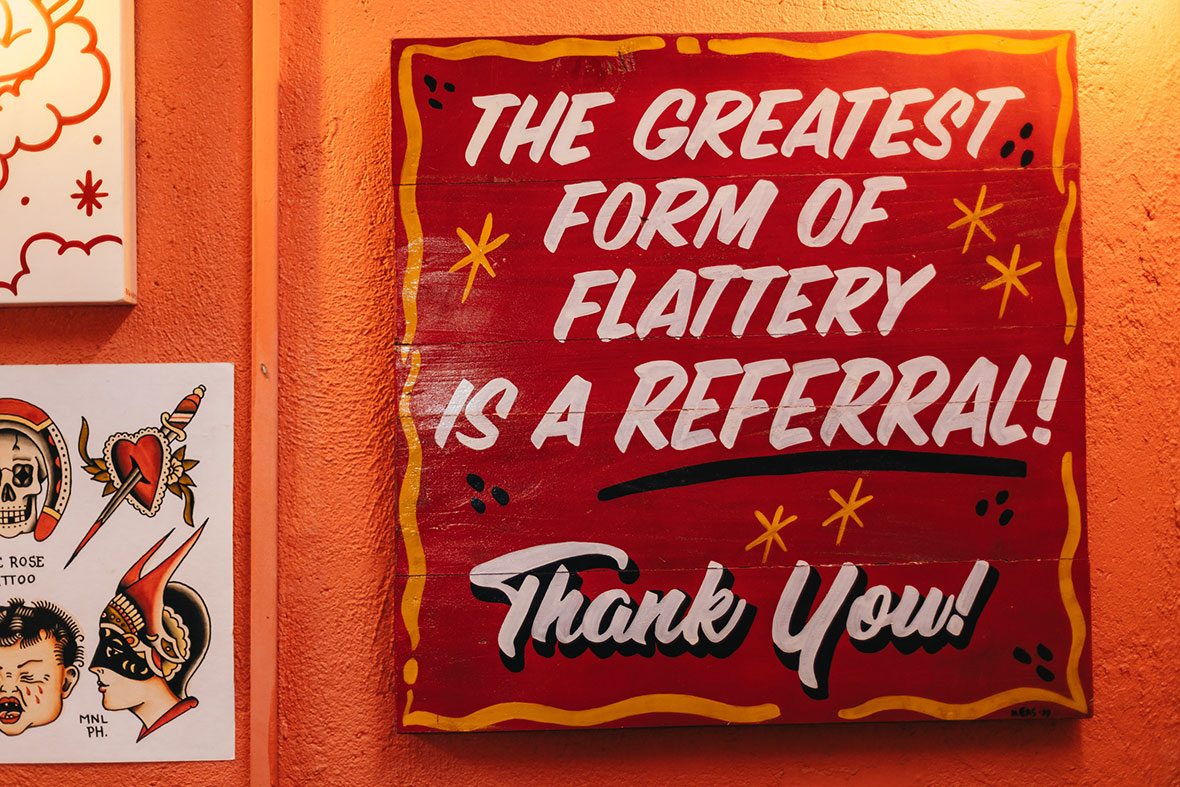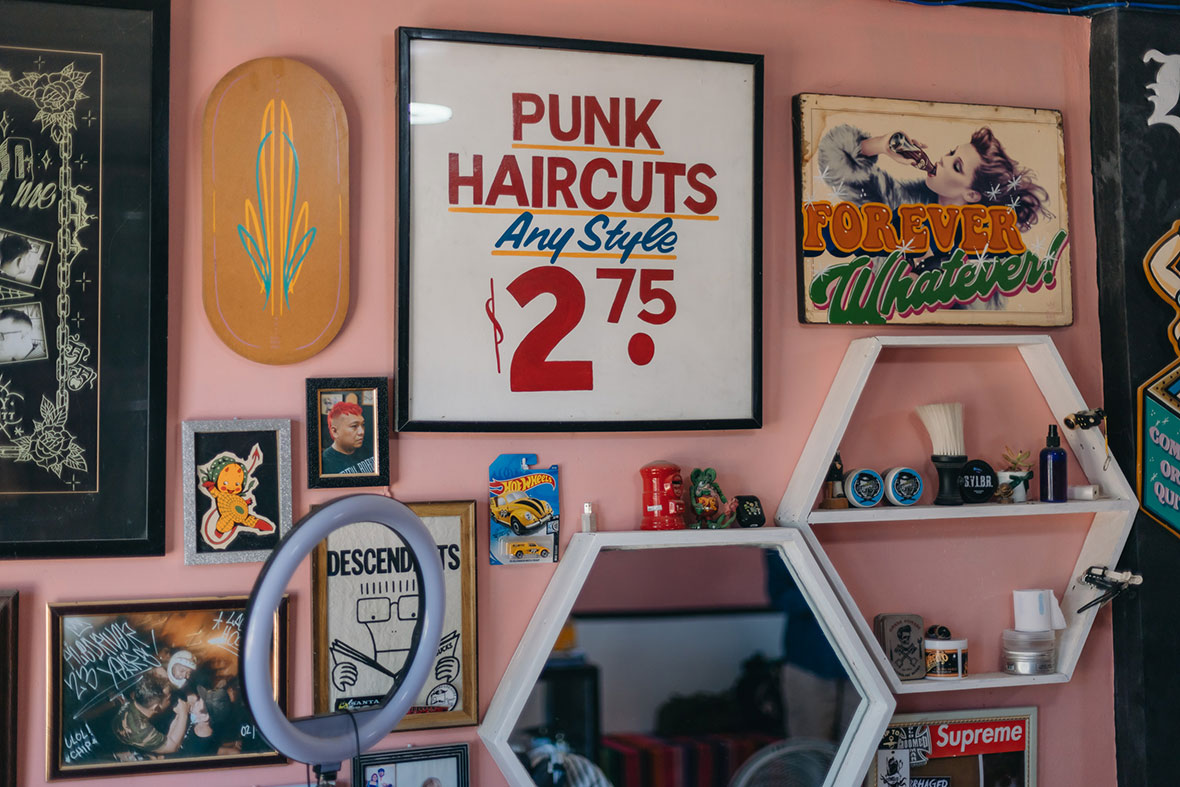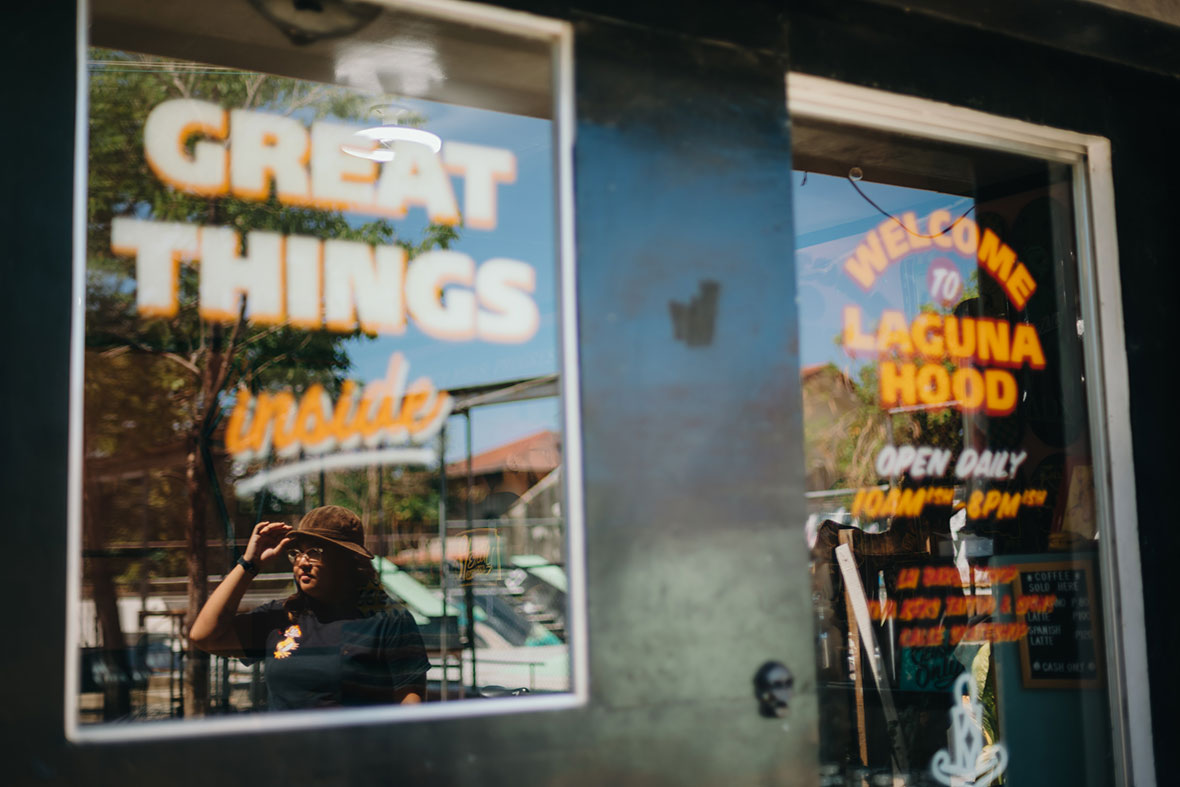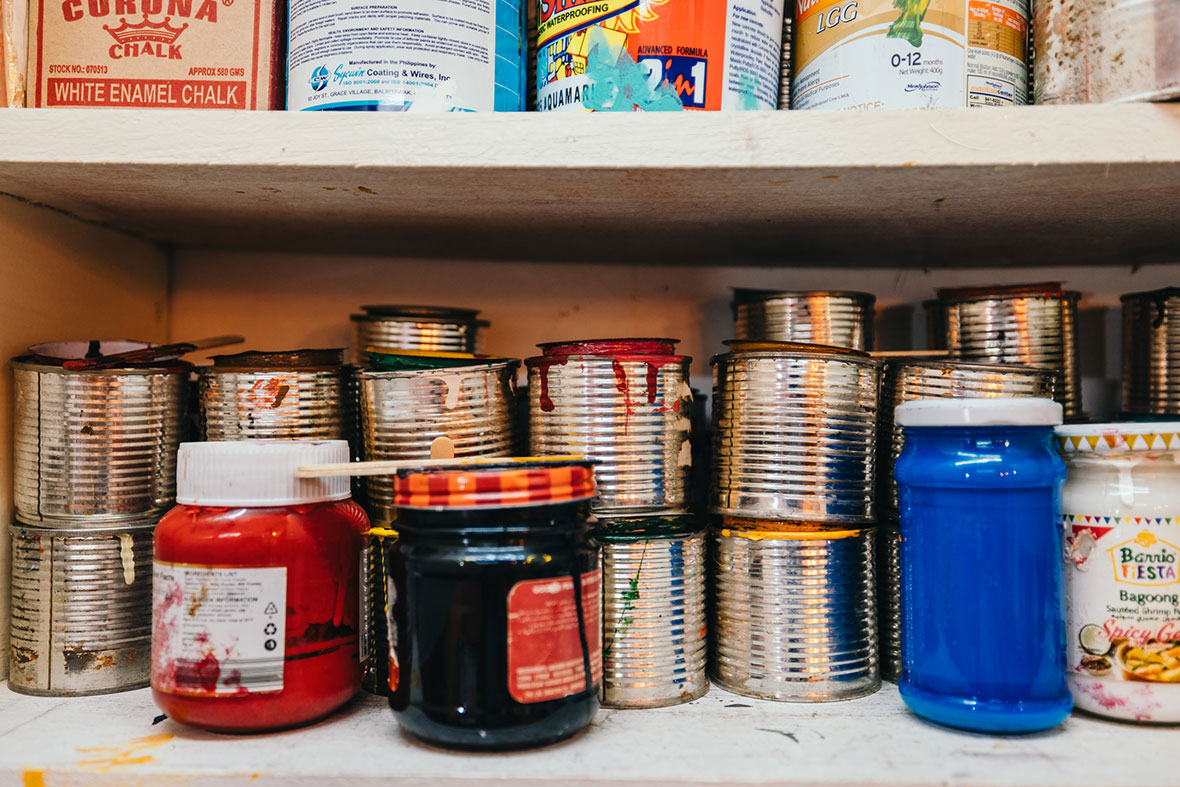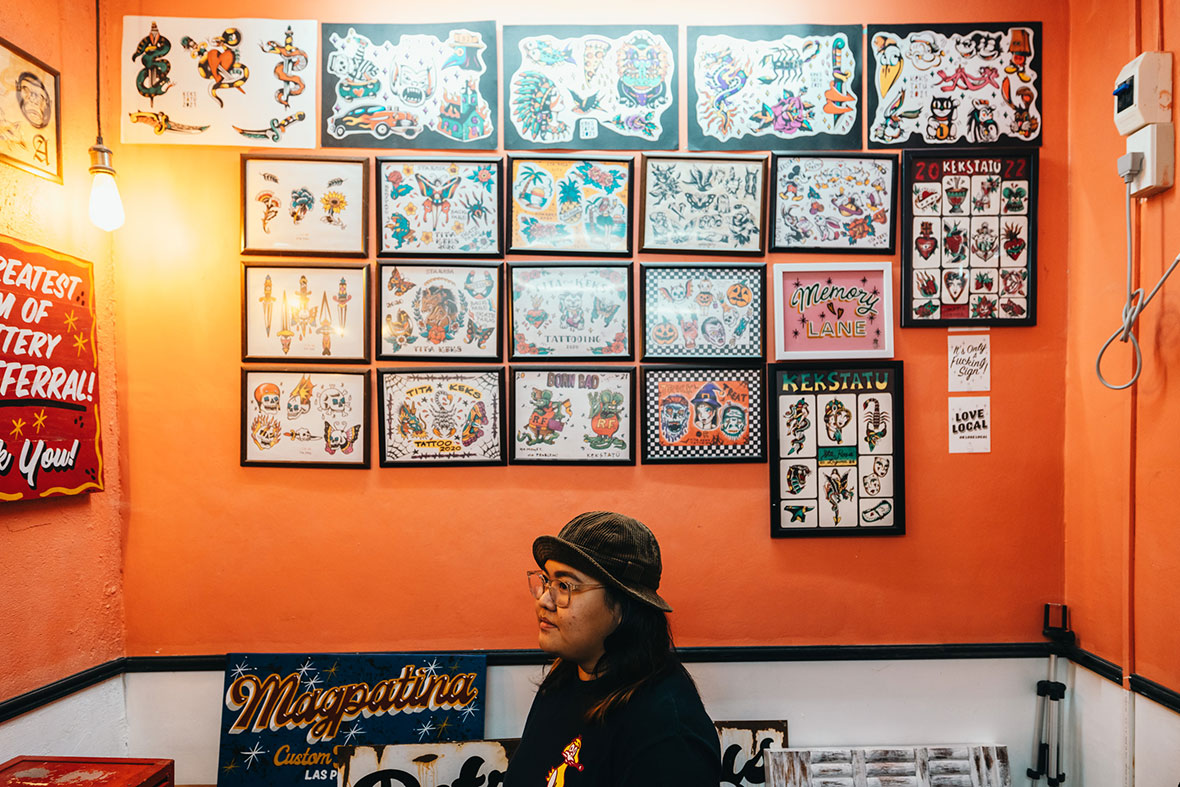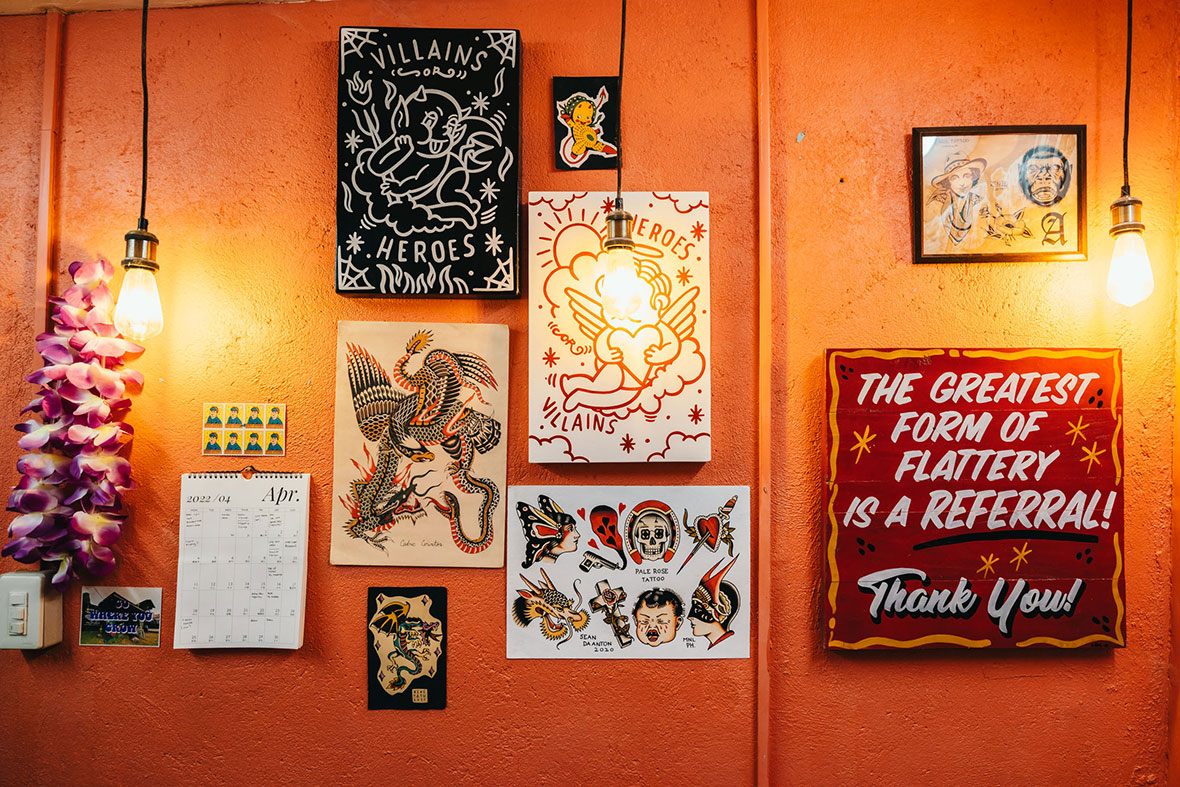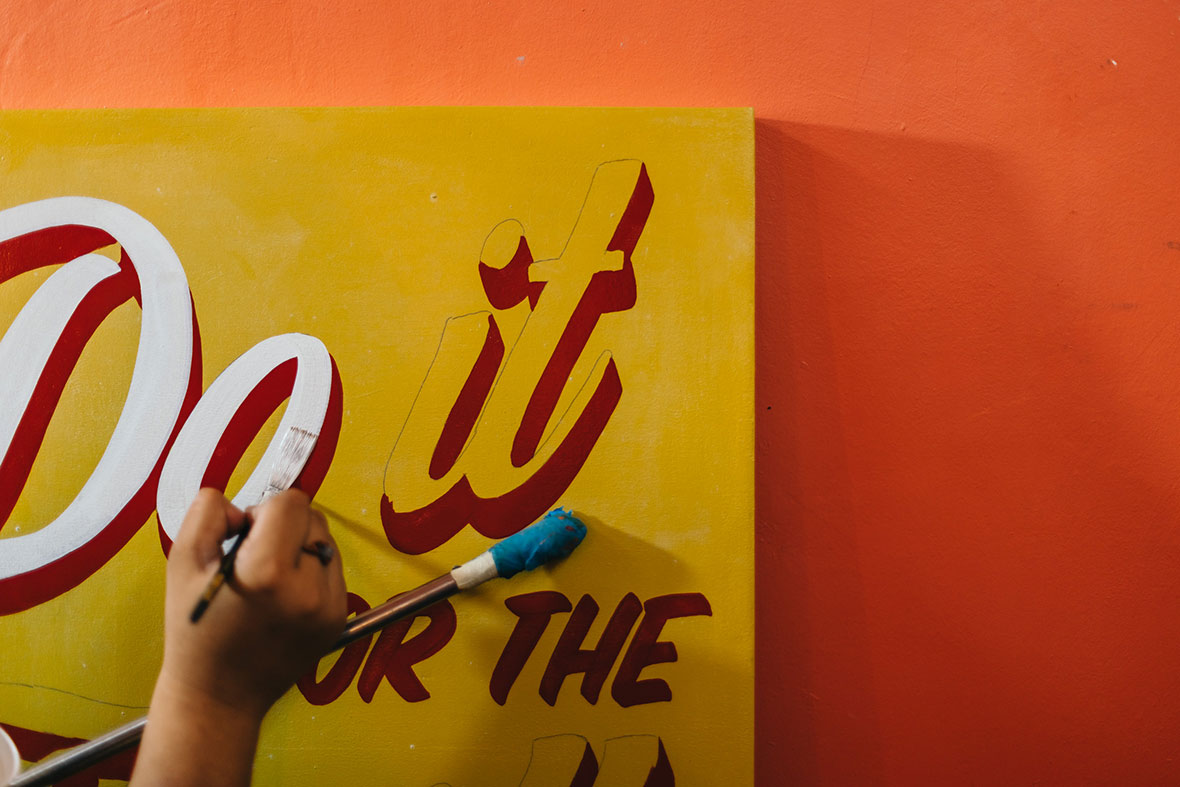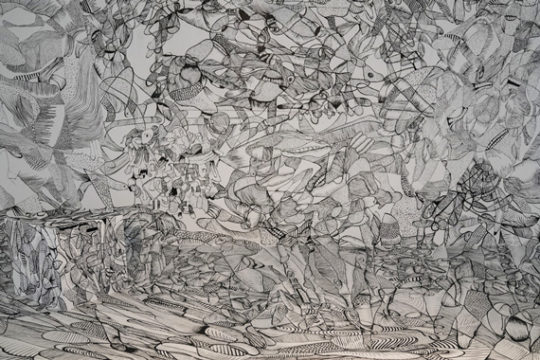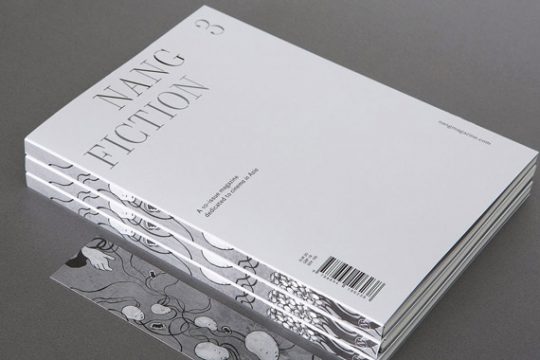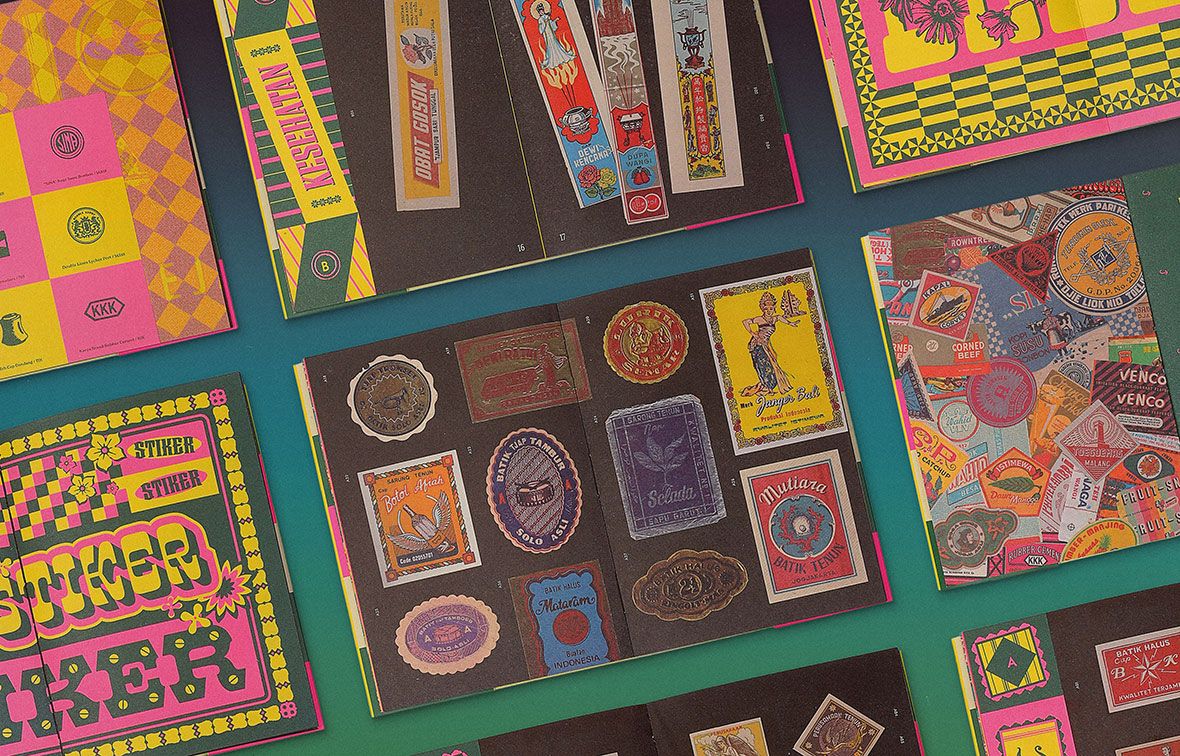
Design can offer a window into a culture’s past. It’s this conviction that sparked the idea for Grafis Nusantara, a comprehensive collection of Indonesian labels and stickers made between the ‘70s and ‘90s. The ambitious project is led by Rakhmat Jaka, Hendri Siman, and Claudia Novreica, three graphic designers with a shared passion for their country’s history and design roots. “We are particularly fascinated by the references for many different cultures and styles that can be found within our collection,” says Siman. “Indonesia is a big melting pot of many cultures, thus making Indonesian vintage design different from others.”
设计是通往传统和文化的一扇窗——这正是 Grafis Nusantara 项目坚定不移的信念。项目收藏了创作于 70 年代和 90 年代之间的印度尼西亚标签和贴纸设计,由三位主创 Rakhmat Jaka、Hendri Siman 和 Claudia Novreica 共同建立。他们都是平面设计师,且对这个国家的历史和设计传统有着共同的热忱。“不同文化背景下的创作吸引着我们,在整个系列的作品中也可以看到很多文化参考元素,”Hendri 说,“印度尼西亚是一个文化大熔炉,造就了这里不拘一格的复古设计。”
The project began as a personal collection of vintage labels and stickers that Jaka was collecting in his university years. The collection grew over the years, until 2019, when all of the material was digitally archived and shared for the first time on social media. A wave of positive feedback from netizens and a serendipitous meeting with Siman and Novreica led to the idea of establishing a proper website, where the visuals could be easily accessed. Siman built the website from scratch, while the history and background information for certain entries are currently being compiled by Novreica.
Rakhmat 在大学期间就喜欢搜集的复古标签和贴纸,这是整个项目的雏形。多年来,他的个人收藏不断丰富,直到 2019 年,他开始把这些作品以数字格式首次呈现在社交媒体。系列最开始便在社交媒体上揽获一波好评,他也因此与 Hendri 和 Novreica 相识,三人最终有了搭建网站的想法,更方便为人们呈现这些视觉设计作品。Hendri 负责搭建网站,而 Claudia 则负责调研每幅作品的来龙去脉。

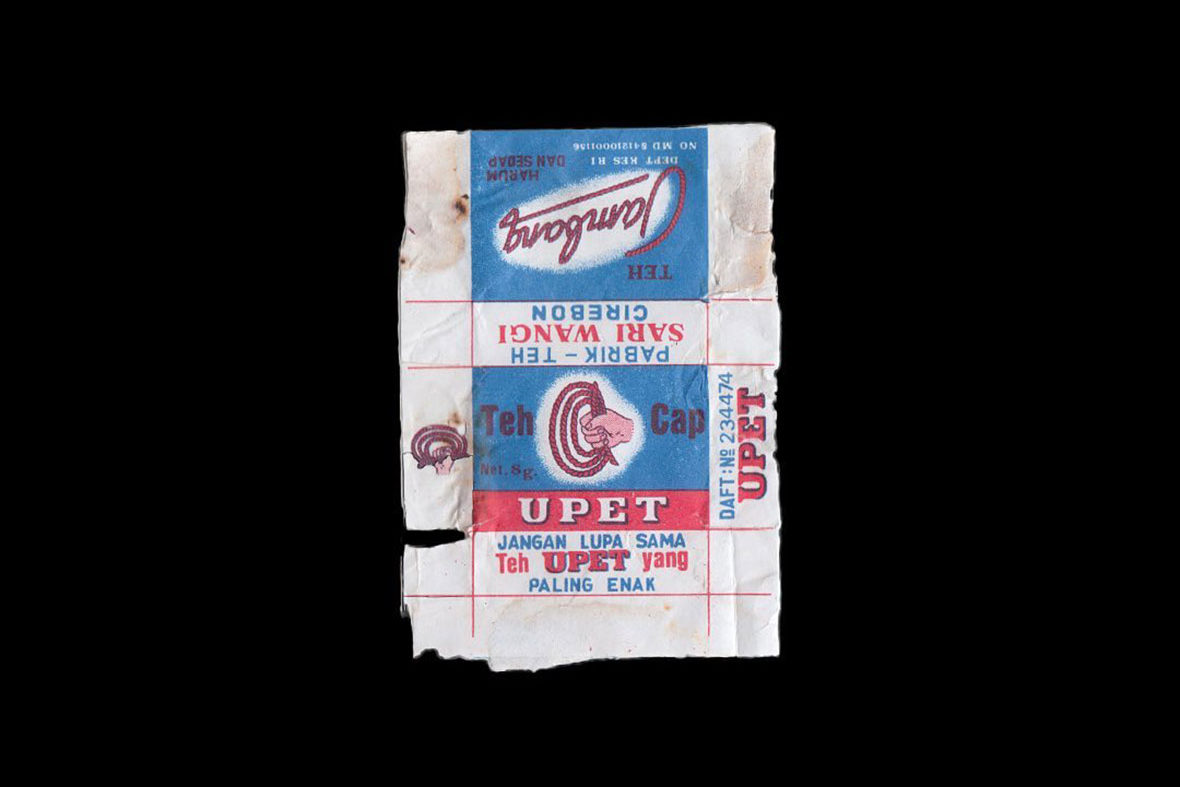
Grafis Nusantara’s focus on stickers and labels is due to the fact that they’re somewhat easier to come by compared with other forms of vintage designs. Stickers, in particular, were in abundance because of stiker kota, or urban stickers, which are cheap, mass-produced stickers that began circulating throughout Indonesian cities in the ’70s. Religious stickers were arguably what first kicked off the country’s sticker craze, but the trend moved towards stickers printed with popular idioms. A preference for more visually driven stickers—specifically ones featuring beautiful girls—then followed. Stickers from these different fad cycles have all been categorized accordingly in the Grafis Nusantara archives, being grouped as cartoon, eroticism, religion, picture text, or classic text. Labels were given a similar treatment, grouped into five different categories: food and beverage, medicine, textile, cigarette, and tea.
Over 300 vintage designs from across the archipelago have since been uploaded on the Grafis Nusantara website, and the collection continues to grow. The Grafis Nusantara web site now also includes a “Submit” section where users can send scans and photos of undocumented designs. “Labels and stickers collection is by far the most dominating part of the archive due to the fact that they are easier to find and were mass-produced consumer products,” Siman explains. “Of course, we don’t want to restrict ourselves to only those two mediums and we plan on expanding our collection in the future.”
Grafis Nusantara 之所以选择对贴纸和标签进行收藏,是因为和其他形式的复古设计相比,前两者更容易收集,尤其是曾大批量生产的廉价贴纸“stiker kota”(城市贴纸),这种贴纸从 70 年代便开始在印尼各地流行。据说,最早印尼的贴纸热主要围绕宗教,后来才渐渐在民间兴起,又融入大量视觉元素,其中曾印有靓丽少女的卡通贴纸最为流行,散落在城市各个角落。在 Grafis Nusantara 项目中,贴纸被按照卡通、情色、宗教、图片文本和文本的分类;此外,标签的分类则更具有功能性,被大致分为食品、饮料、药品、纺织品、香烟和茶叶几大类。
目前,团队从印度尼西亚各地搜罗的 300 多幅复古作品均已上传到 Grafis Nusantara 网站,且数量现在还在不断增加。Grafis Nusantara 网站现在还增设了“提交”功能,用户可以发送未收录在内的其他作品,以扫描件或照片的形式提交。“标签和贴纸是目前收藏得最多的作品,毕竟它们保存完好、更易找到,且大都来自批量生产的消费品,”Hendri 解释道,“当然,我们不想局限于这两种媒介,我们计划在不久的将来扩大收藏的品类。”
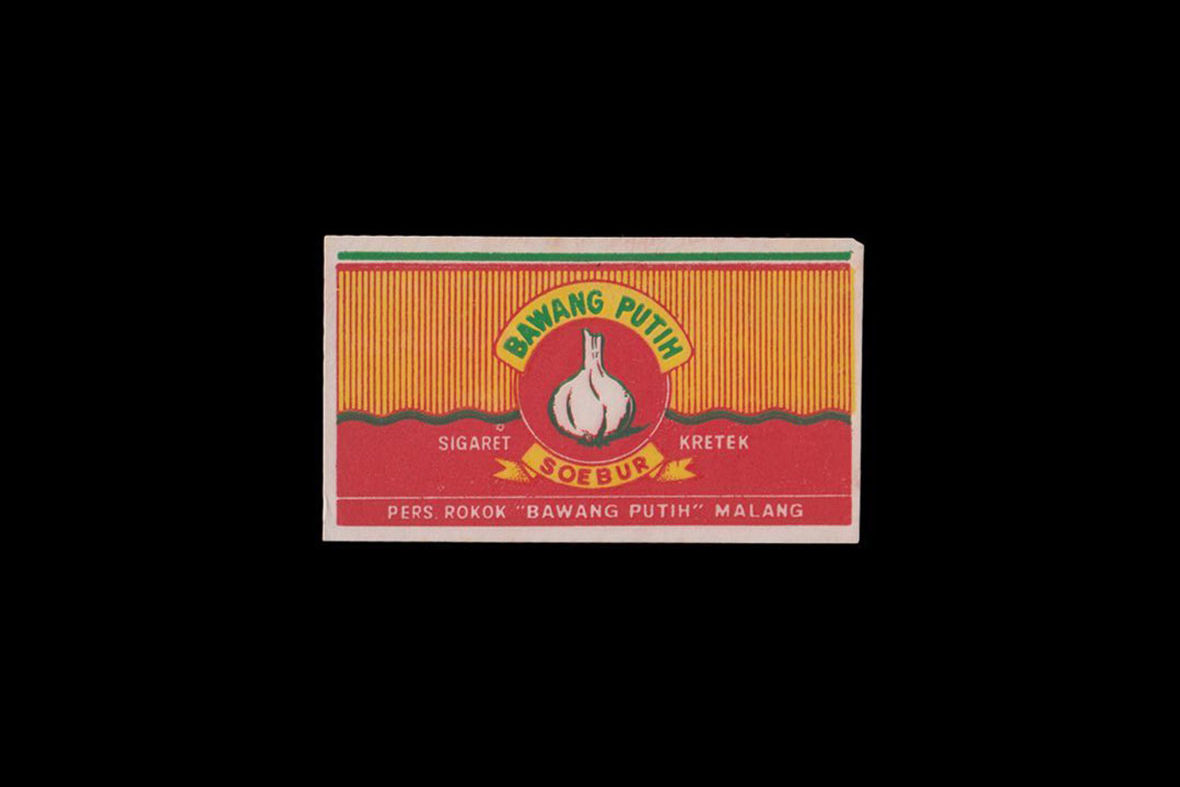
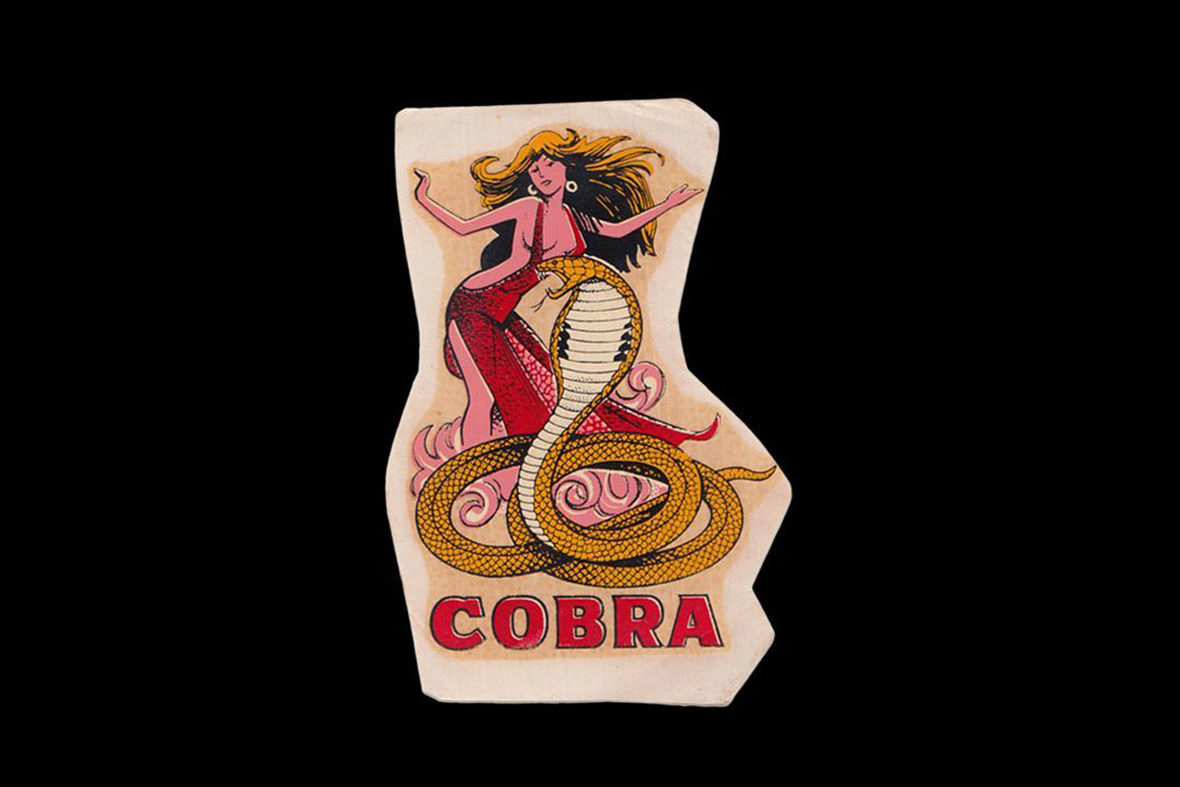
In the beginning, the vintage stickers and labels were mainly scavenged from local thrift shops, but later entries into the Grafis Nusantara archives include rarer designs that were harder to come by. They had to find private collectors or make the trek to smaller shops in rural parts of the country. Despite the increasing difficulty in securing these designs, the journey has been tremendously rewarding. “Some required a lot of negotiation and persuaisn,” Siman says. “But we realized it was a chance to chat with people and gain new knowledge from them.”
起初,收集的范围主要在旧货市场,而为了搜集更多稀有设计,他们联系过私人收藏家,或者长途跋涉到印尼偏远地带。虽然整个过程难度不小,但这让他们从中获益。“我们意识到这是一个与人交谈的机会,我们可以从他们身上挖掘出更多新的认识和经历,” Hendri 谈道。
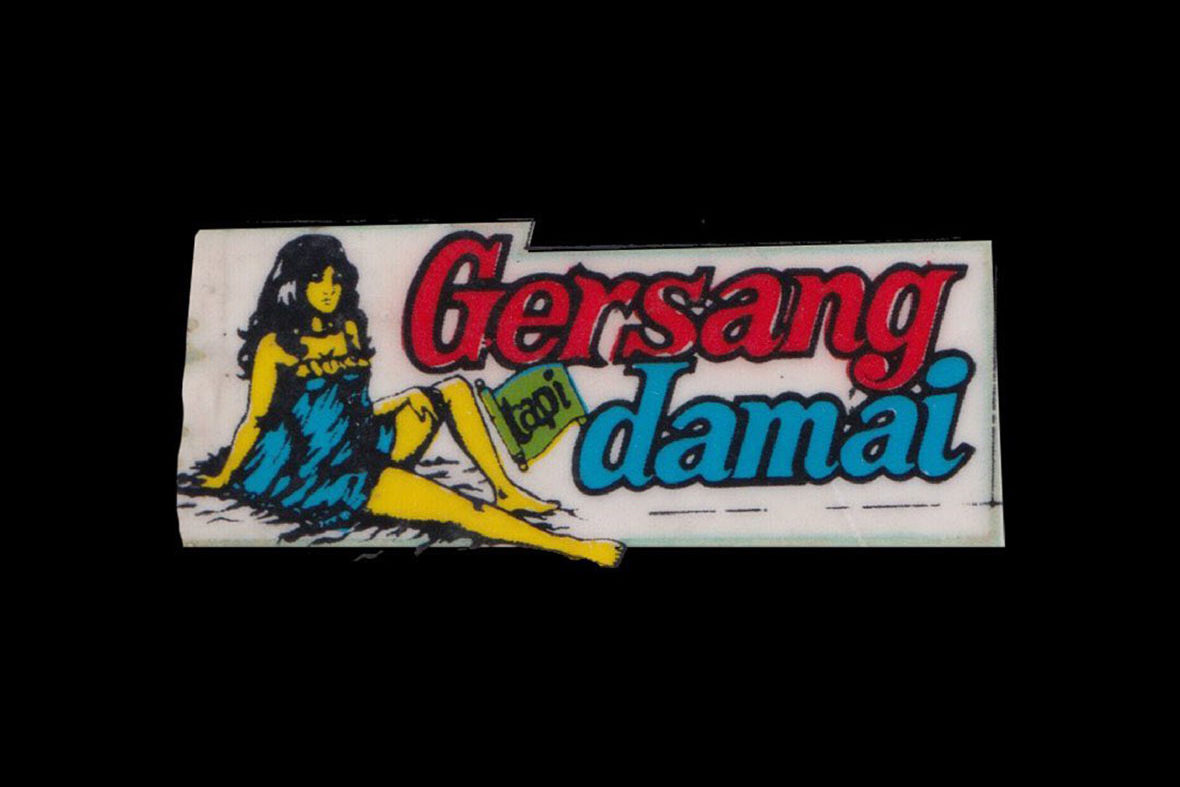
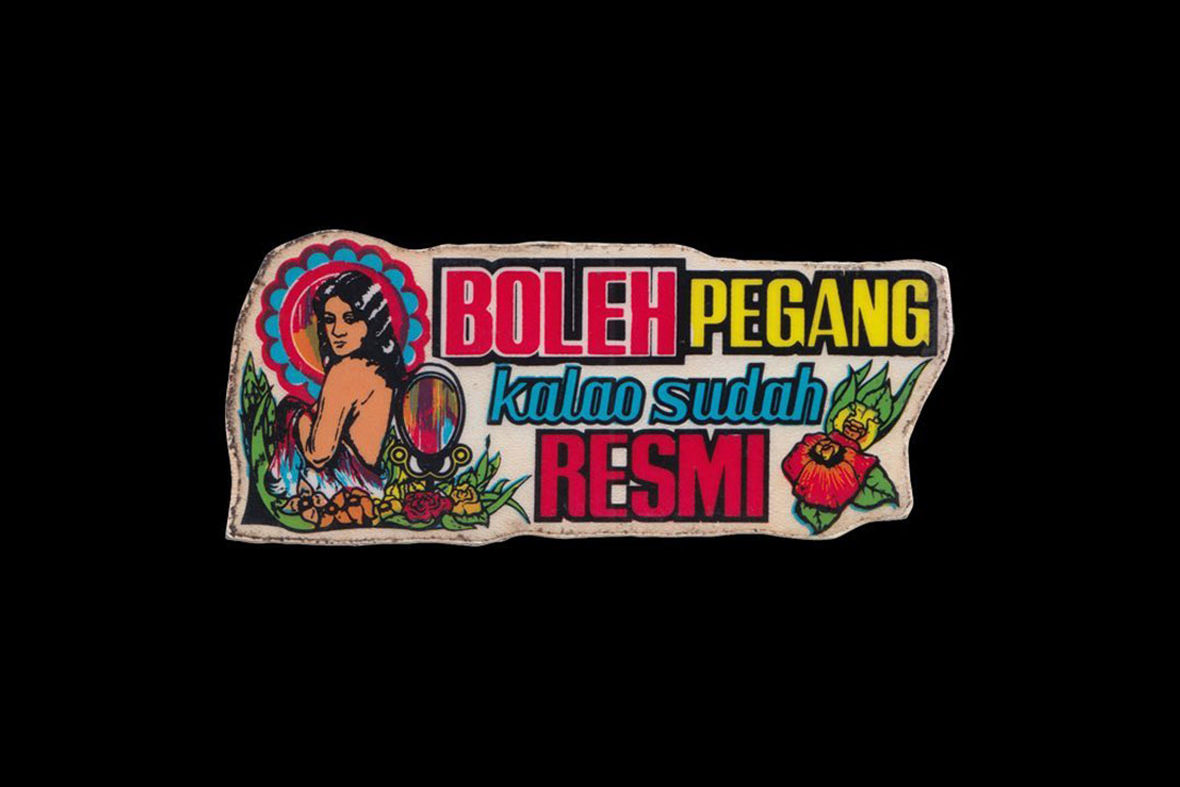
Of all the designs that the team has collected so far, the rarest are perhaps what they call the angkot stickers, which are stickers that used to be placed on the country’s shared taxis. Most of these stickers were made by AMP, one of the most well-known stickers producers in Indonesia. The company is credited with producing over 70% of the stickers printed in the country’s most populous cities. “We got our angkot stickers from a collector in Yogyakarta,” Siman says. “They didn’t want to let us purchase them at first because they are rare collectibles, but eventually agreed after we let them know that we want them to be digitally archived.”
截至目前,在他们所有收藏作品中最为稀有的可能是一组“angkot”贴纸,这是以前人们贴在公共小巴士上的贴纸。公共小巴和普通公交车不同,它们没有指定的站点,行人可以在路线上随时叫停。贴纸的制造商来自 AMP Malang,是印尼最有名气的贴纸生产商之一。Hendri 说:“这些贴纸是我们从日惹的一批商人和收藏家手中买到的。他们一开始并不想卖给我们,因为存货实在太稀有。后来我们说希望将它们以数字化形式保存下来,他们才肯答应。”
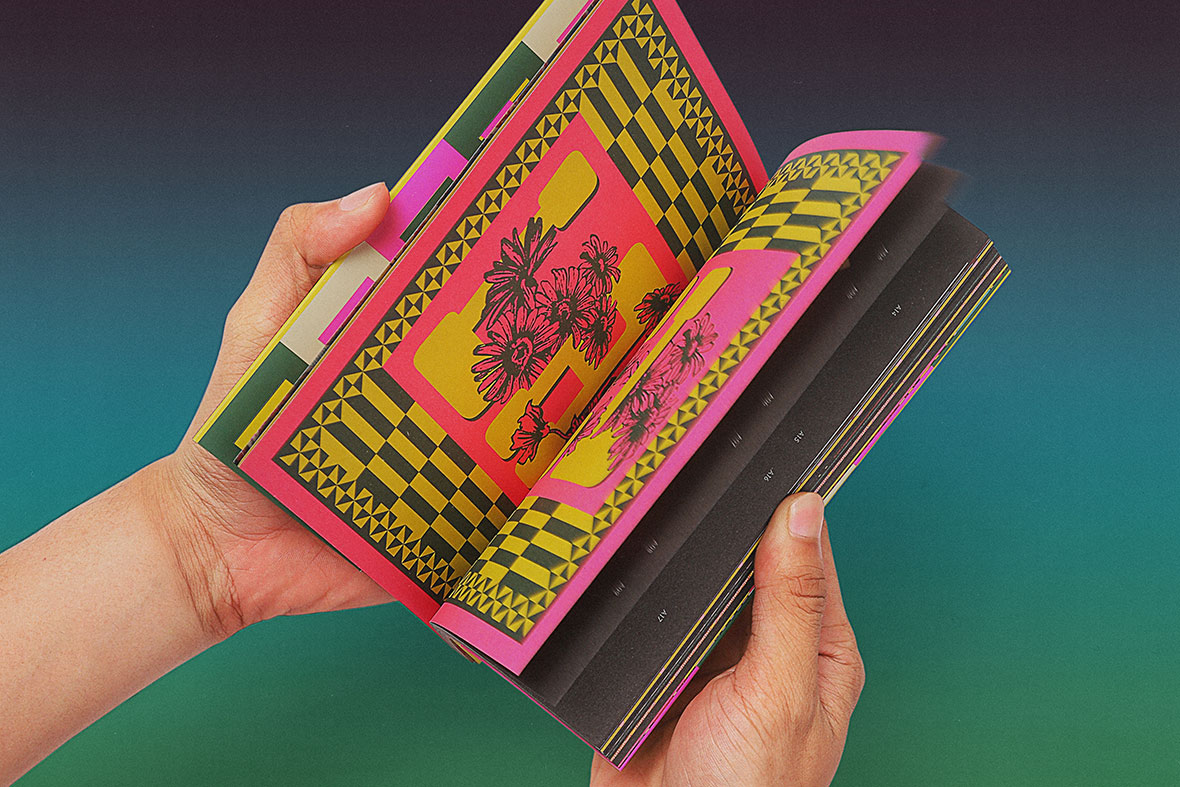
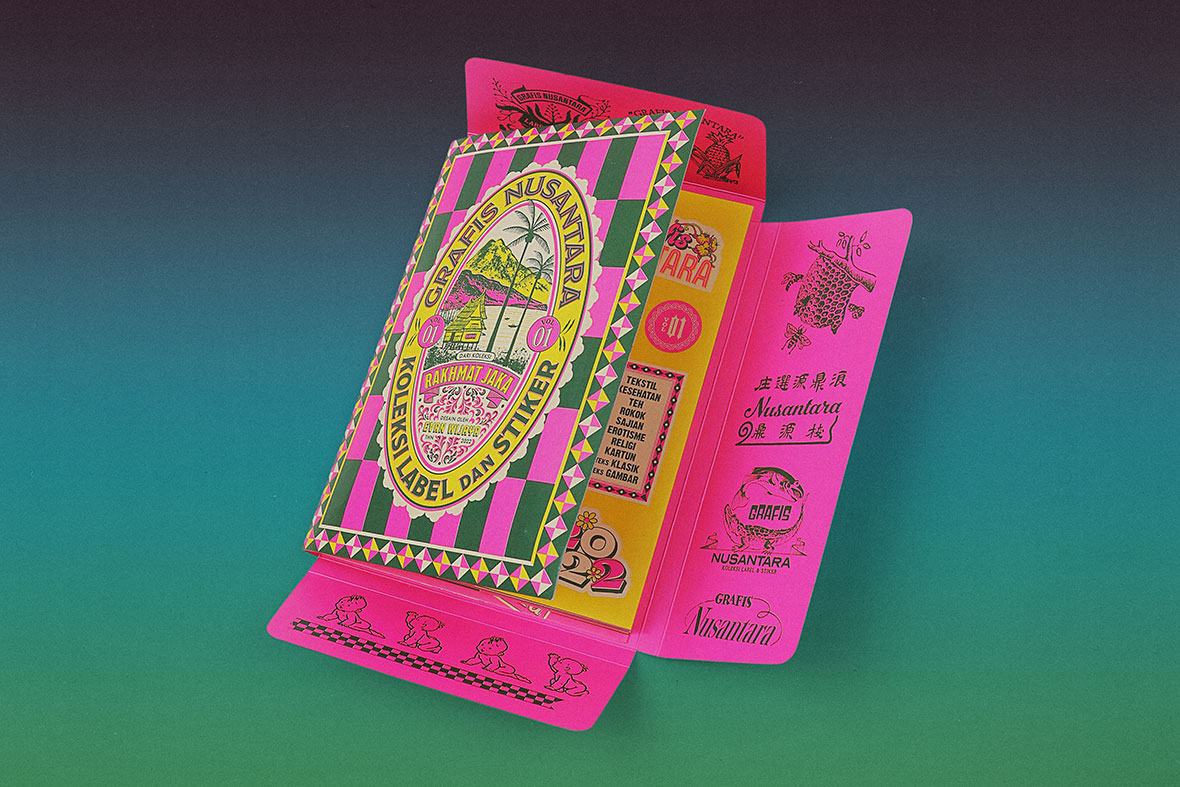
Recently, the Grafis Nusantara digital archives have been remade into a tangible format with the debut of a zine, the team’s latest endeavor in promoting Indonesian vintage designs. The zine features some of their favorite designs from their collection, including a bonus section that showcased vintage poster and postcard design. It was published in collaboration with Kamengski Foundation, a non-profit operated by a multidisciplinary brand and design studio of the same name. Kamengski is known incorporating vintage designs into their work, and this mutual love for old Indonesian design made them an obvious partner for the project. “ We feel like we have the same vision, which led us to collaborate on the zine and merch based on our collection,” Siman explains.
Aside from Kamengski, Jakarta-based designer Evan Wijaya was also an integral part of the project. He was in charge with designing the layout and overall aesthetics of the zine, which was designed in the likeness of a file folder and colored in with a distinctive neon pink.
最近,团队推出一个新的项目:在首期《Grafis Nusantara》出版物上,他们将这些数字化档案再次以实物形式呈现。其中展示了他们最爱的一系列收藏作品,除此之外,还附赠了复古海报和明信片设计。该出版物由团队与 Kamengski 基金会联合出版。Kamengski 是由同名跨界品牌和设计工作室运营的非营利组织,以复古设计闻名圈内。双方都对印尼复古设计怀有共同的热情,让此次合作一拍即合。“我们都有着共同的愿景,这也是我们合作的契机,”Hendri 说道。
除了 Kamengski,雅加达设计师 Evan Wijaya 也参与了杂志的制作。他负责排版和美学指导,别出心裁地采用文件夹式的外包装设计,搭配明亮的霓虹粉色,看起来格外抢眼。

Contemporary design in Indonesia often look to the West, and many locals considers older forms of Indonesian designs as unworthy of modern times—they’re viewed as kitschy at best. Though more Indonesian designers have started looking to the country’s past for design inspiration in recent times, there’s more to be gleaned from them than simply the nostalgic aesthetics. More than the preservation of past design, there’s important historical and social context to be uncovered in understanding these works, and these are areas the Grafis Nusantara plans on delving deeper into. “We want to study these artifacts, and start writing down our learnings as journal articles on the website and social media,” Siman says. “We believe these materials are results from the social dynamics, technology, behavior, and values that exist in our society over a certain period of time.”
尽管在许多人眼中,这些贴纸和标签不过是些“不入眼”的物件。但作为 Grafis Nusantara 背后的主创们,三人认为这个项目的意义不仅在于保存,更是为了让人们透过这些复古设计去了解其背后的文化语境。
当代印尼设计往往向西方文化看齐,甚至有当地人也认为这些旧时的印尼设计与现代格格不入。不过近年来,越来越多印尼设计师开始善于从本地传统里寻求灵感。回溯传统不只是有怀旧,当中还有很多历史和社会内涵亟待人们发掘,而这些也是该团队计划深入的领域。“我们想好好研究这些作品,并将发现记录下来,撰写文章发表到网站和社交媒体,”Hendri说,“我们相信这些作品其实是我们社会在一段时间内的社会动态、技术、行为和价值观所共同作用的结果。”
Like our stories? Follow us on Facebook and Instagram.
Website: www.grafisnusantara.com
Instagram: @grafisnusantara
Contributor: David Yen
Chinese Translation: Olivia Li

